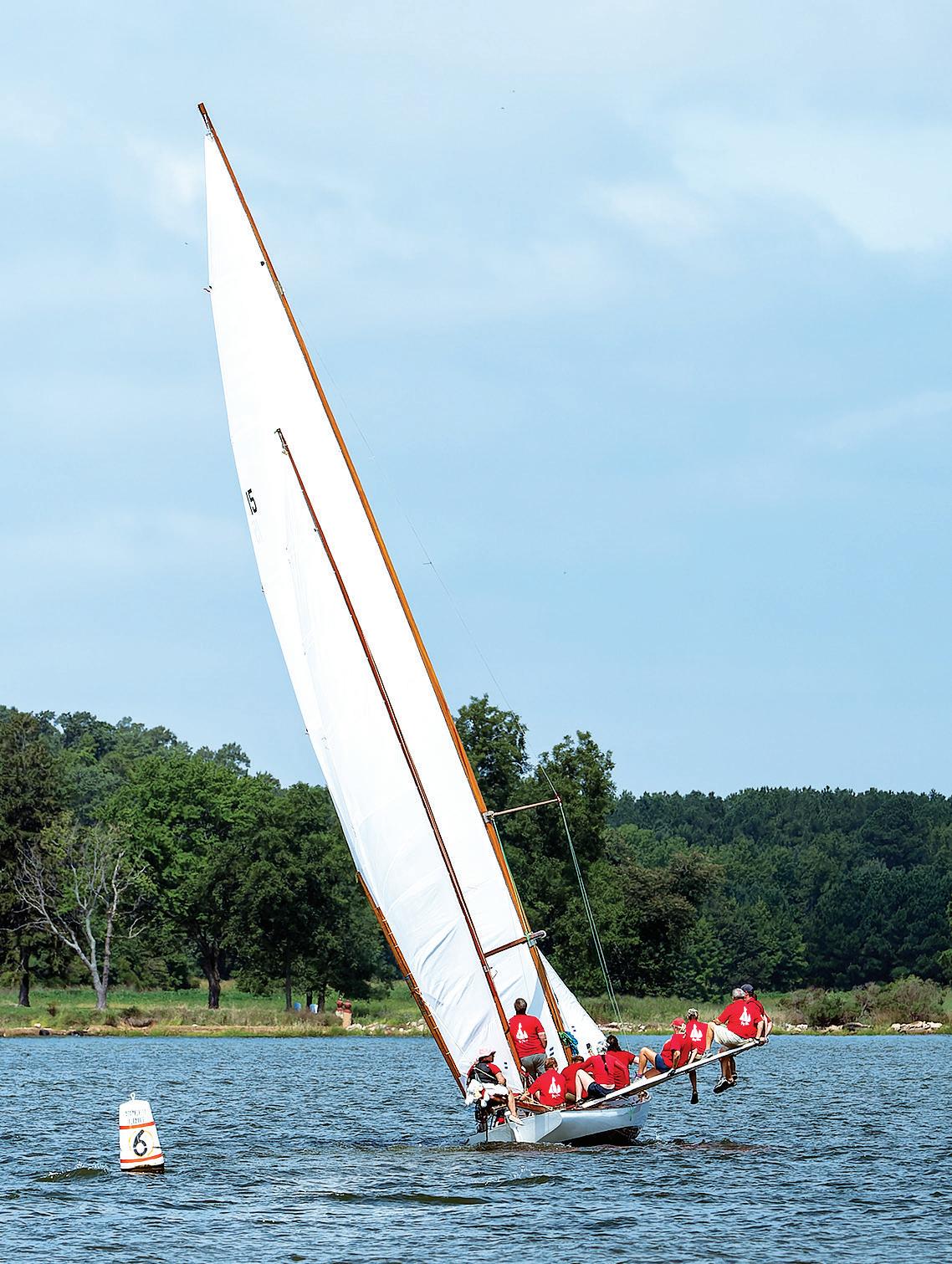

Tidewater Times August 2025
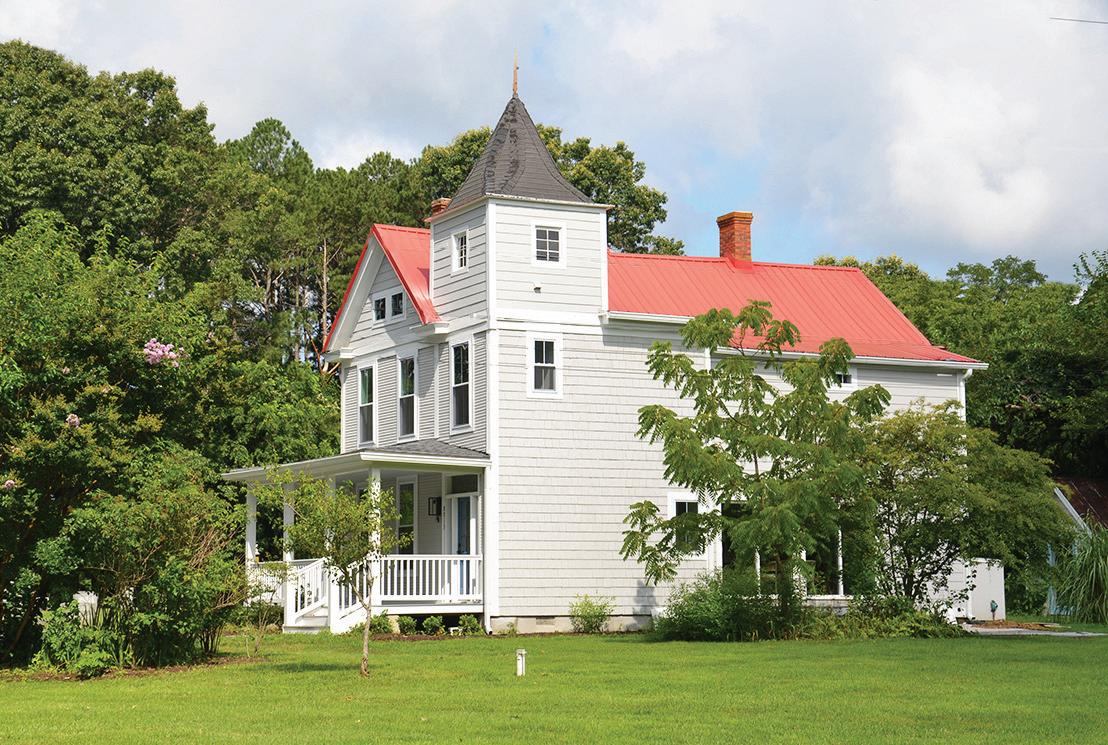


Bozman Victorian
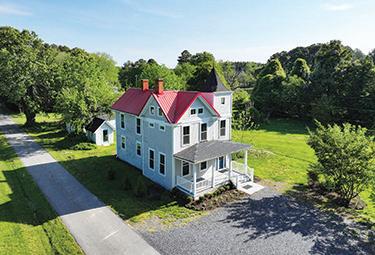
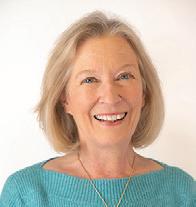





















Courageous Conversations: Tracey F.
Tidewater Gardening K. Marc Teffeau
Tidewater


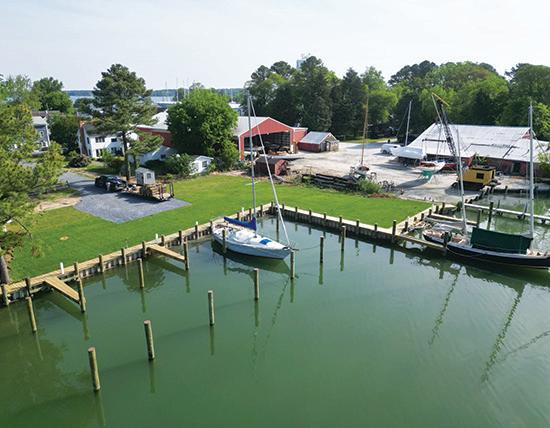

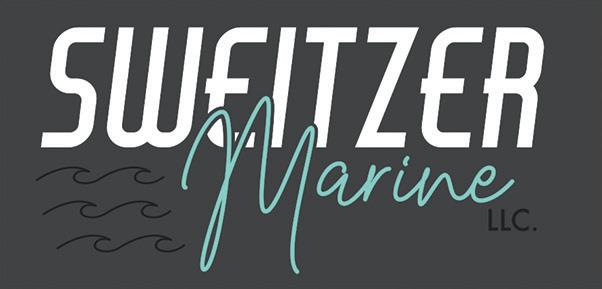
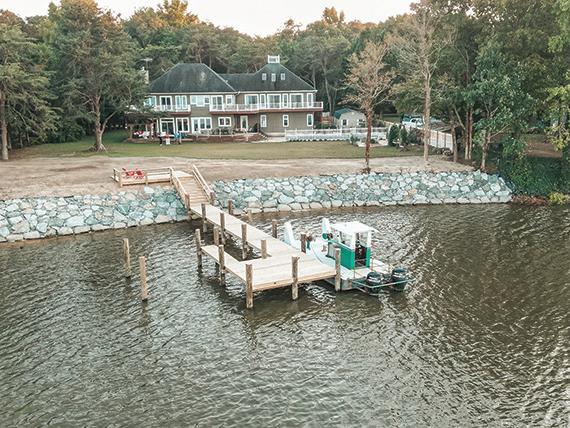
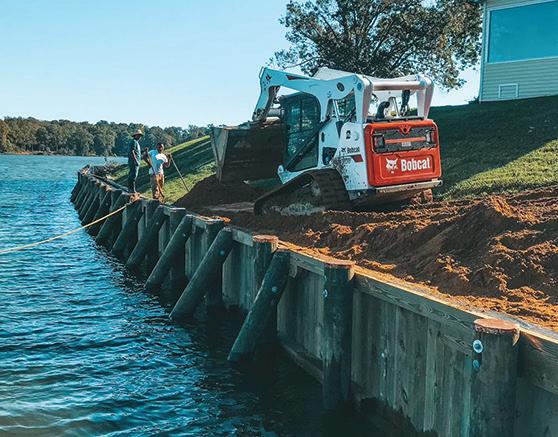



About the Cover Photographer Donna Tolbert Anderson
Donna Tolbert Anderson is an outdoor enthusiast and a passionate photographer of the natural world. Sharing with others what she captures with her camera has always been important to her. Through her photography, she shows the beauty of wildlife throughout the seasons, with the majority of her imagery coming from the Mid-Atlantic region. Off the beaten track photography trips to Alaska and Churchill, Manitoba infuse more “wild” images into her body of work. Spending time in the natural world as a spectator and photographer provides a relaxing escape from today’s hectic world.
Her work has been published in various local magazines; she has exhibited at the Waterfowl Festival, and was juried into an exhibit at the Academy Art Museum. She has worked with non-profits, providing stock images used in their publications. Donna has been a Saturday vendor for over 18 years at the Easton Farmers Market, offering canvases, metal prints, and fi ne art prints of her work.
In addition, her artwork can be purchased directly from her website, www.whiteegretstudio.com. The log canoe on the cover is the Jay Dee.

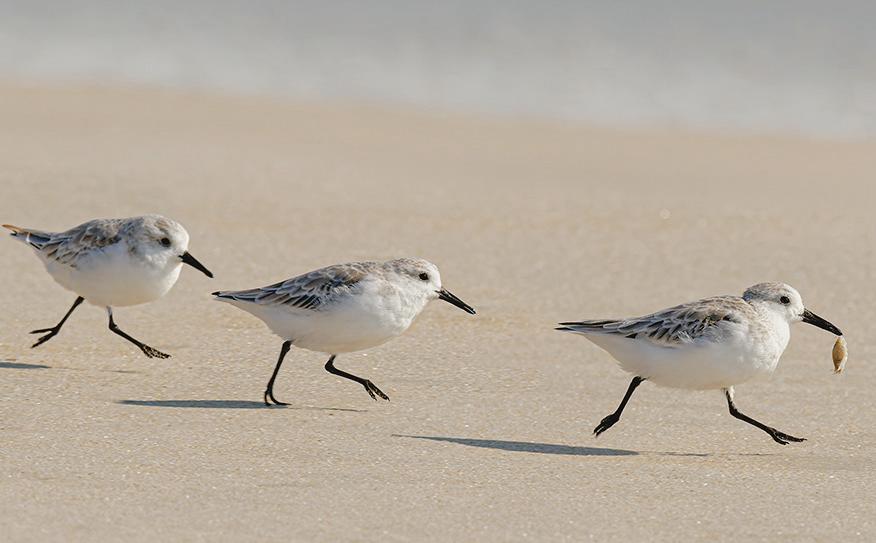
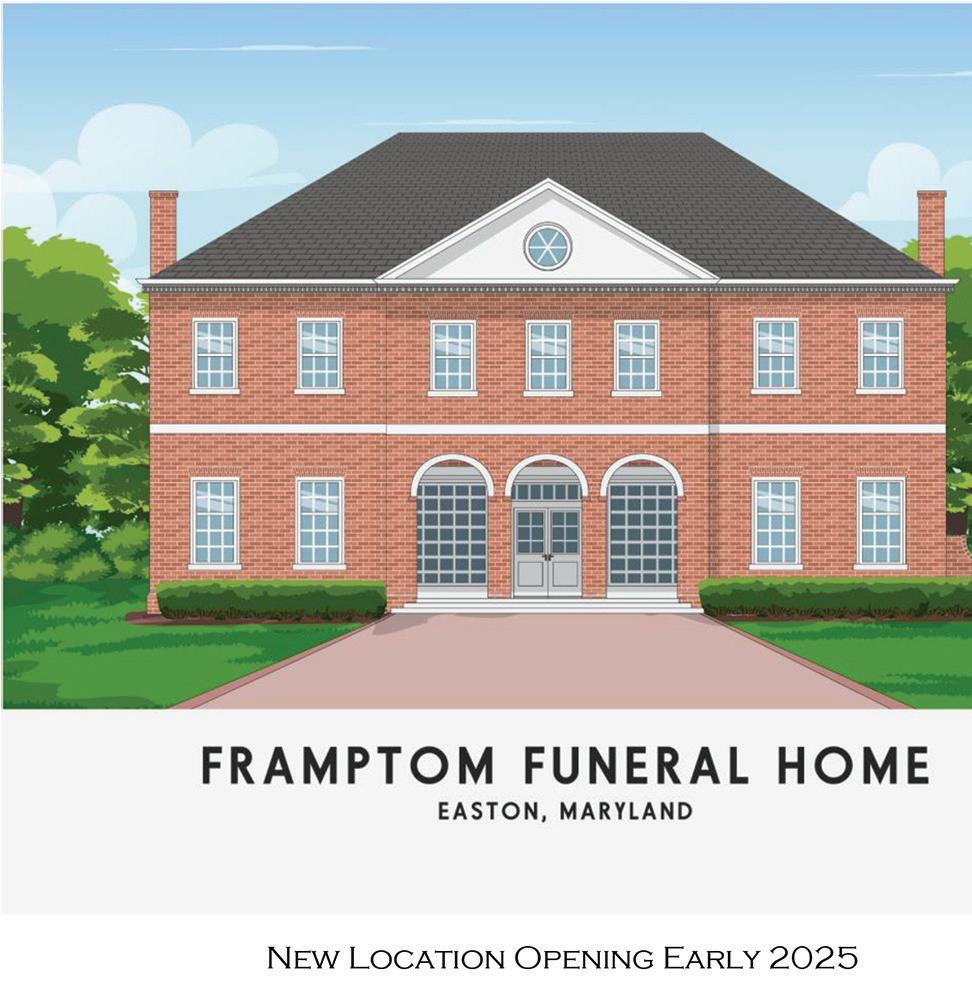
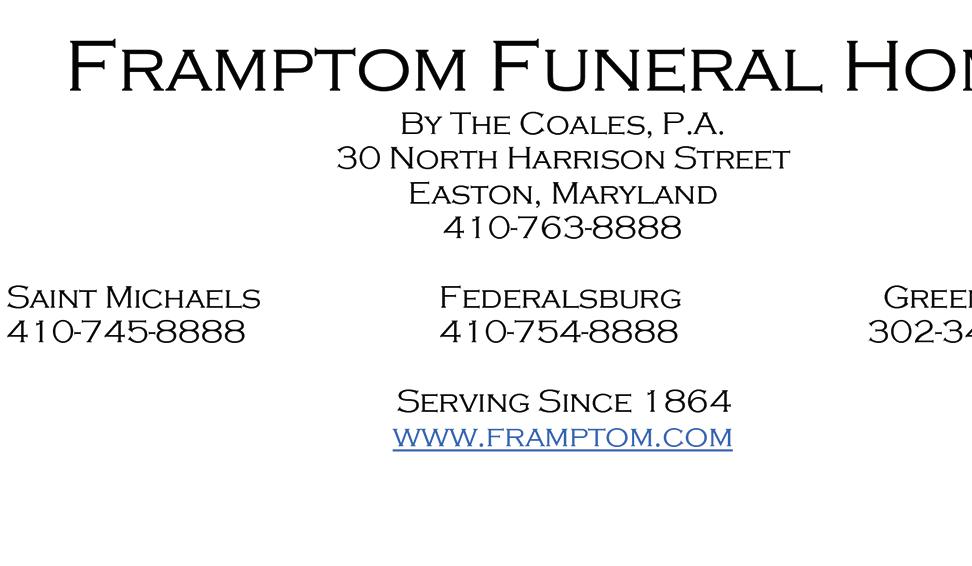
Re-Learning the Fun of Food
by Helen Chappell
After several years of eating out of the microwave and over the sink, I’ve decided to re-learn how to cook.
When you live alone and you’re busy, it’s easy to fall into the trap of settling for cardboard food that comes out of a cardboard box in a plastic tray. You can even get to the point where you trick yourself into thinking it’s good, even though the Diet Delight in the freezer section looks and tastes like sawdust.
Real food ~ good food ~ was something I sometimes treated myself to when I went out. Fresh
fruits and vegetables, bread, gourmet stuff ~ I ate it all. I would try almost anything.
But when it came to eating at home, running around trying to meet deadlines and taking care of the business of being an artist, any snack food was dinner. I’ve been known to eat a Reese’s peanut butter cup or a bowl of Cheerios as a meal. Sometimes you’re just too tired to fool with anything else. Pouring milk on cold cereal is cooking.
Recently, however, in an attempt








Betty Huang
The Fun of Food
to improve my life and my budget, I’ve started cooking from scratch. Yes, me. Many moons ago, I used to cook. I even used to entertain. I had dinner parties. I made entrees. I baked desserts. I even had two or three recipes that people asked me to bring to covered dish events. I once threw a New Year’s Eve party for 100 plus. Okay, that was partially catered, but still.
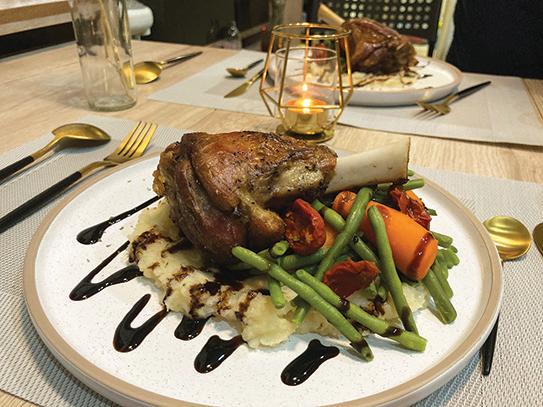
I could have been somebody. I coulda had class. I could have been a contender, instead of someone who eats standing in front of the refrigerator, which is what I am.
Part of the problem was that the price of a steak sky-rocketed into the gross national product of a small country and I could no longer afford to toss a strip under the broiler.
It should be obvious that I like to eat. Outside the house, I was a food snob. Inside the house, I was a food slob. Slowly, over the years, cooking for one, I’d stopped caring.


The Fun of Food

I used to care, and care a lot. But that slowly wore away.
So, when I finally got tired of eating cereal and the produce stand at

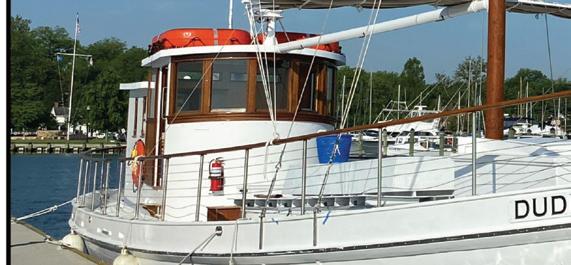

the end of the street opened for the sea-son, I started feeling like it was time for a change. I needed to start eating good food again. Besides, it is cheaper to build your own meal from scratch than to buy something already prepared in a factory in some flyover state. And last, I needed some cooking therapy.
I suppose the urge to cook again started this summer when I had some gazpacho at a nice restaurant in Easton. I liked it so much I bought a cup to take home. Then, when gazpacho was no longer the soup of the day, and I still had a hankering for it, I made my own.
Then I made some cucumber yogurt dill soup, which I liked even better than the gazpacho. They
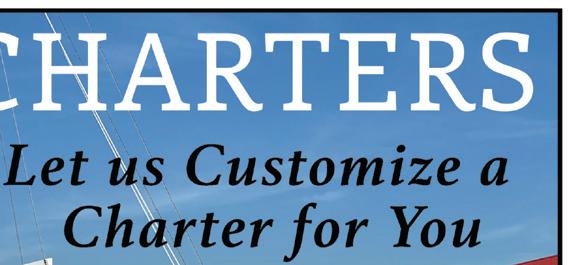
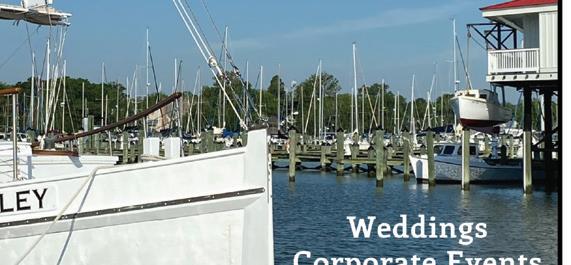



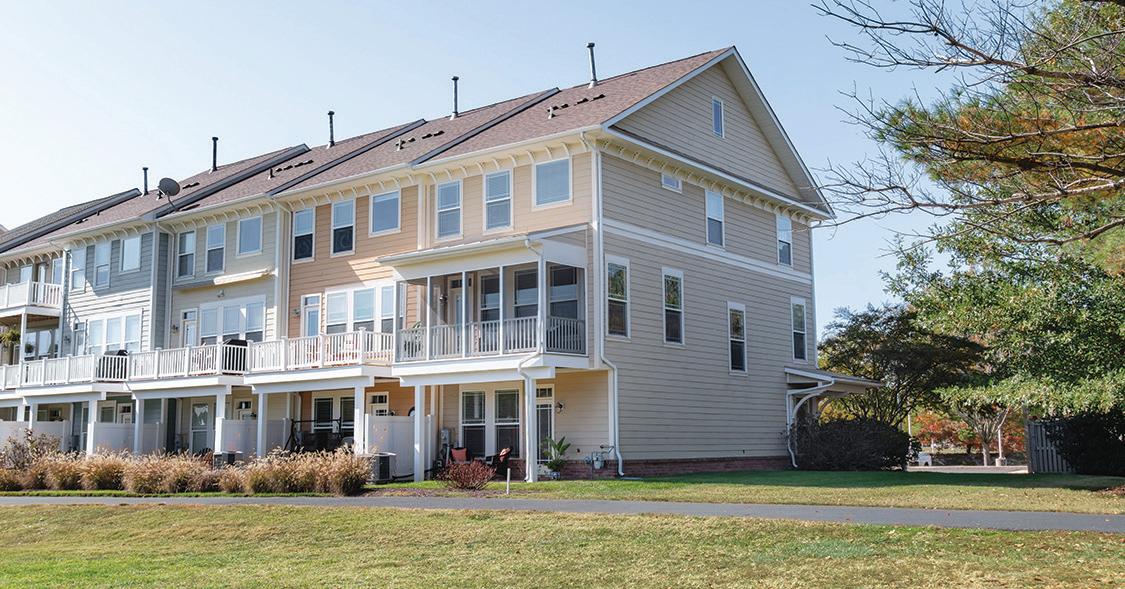

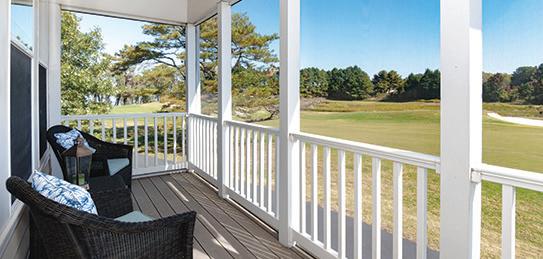

Eastern Shore Getaway
Fully furnished and effortlessly coastal, this end-unit townhome offers golf and limited water views beside the Hyatt Chesapeake Bay. Features include a breezy gourmet kitchen, luxe primary suite with soaking tub and walk-in shower, vaulted second ensuite, and first-floor guest suite. The perfect Eastern Shore getaway— just bring your suitcase and start living the resort lifestyle. $450,000 .



The Fun of Food

were cold soups and easy to make with just a blender and some prep work. And better still ~ there were tons of recipes online.
The prep work is what I found so soothing. The selecting of vegetables, the buying of fresh herbs, the chopping and the seeding and the blending all combined into a soothing exercise. It also provided a nice treat without so much as turning on the oven in the hot weather.
I rejoiced in wonderful cantaloupe, sweet and melony and eaten in greedy slices. There were sweet peaches, eaten over the sink so the juices could drip. Sliced beef-steaks on bread slathered in Duke’s mayonnaise with just a little ground pepper hit the spot.
Snap beans with a little piece of ham made a meal. Let’s not forget the crab meat left over from a feast to make a couple of broiled crabcakes.
Building a project from individual pieces is a satisfaction. I love handling food, and the mixing and the blending, the subtle marriage of flavors, all make me feel good. I love the feel of a peach, the way a tomato slices ~ full of juice. I love the feel of a chunk of bread pulled off a fresh loaf. I love the smell of cilantro, and the way good olive oil pools into the pan.
Making a recipe is like building a story. Every ingredient is an element that contributes to the whole. But unlike words on paper, food is something you can touch, transform and ultimately eat. That’s very satisfying on so many levels.
I am inspired by good cooks. My





The Fun of Food
friend Anita produces sophisticated viands that delight the palate, while my friend Carol’s downhome cooking is comfortable and delicious. I also draw inspiration from my niece Amy, who has a sure instinct for foods of all nations.
I enjoy looking at the magazines that offer temptations that look nice and styled on the page. But ~ and this is a big but ~ those foods always seem to involve thirty hours of prep work and thirty-seven ingredients, including an essential so exotic and expensive that you have to buy it online and have it shipped. And, having used it once, you will never use it again. I’m looking at you, Southern Living! You know

Monday-Saturday 10:30-5:30
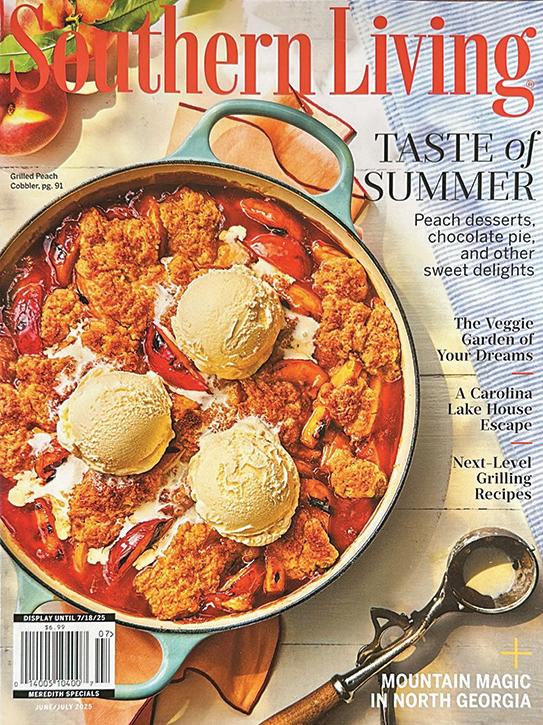
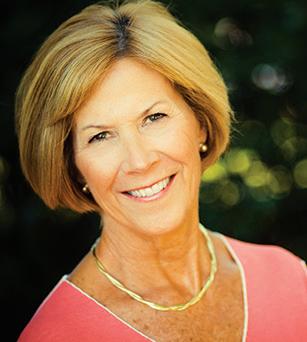



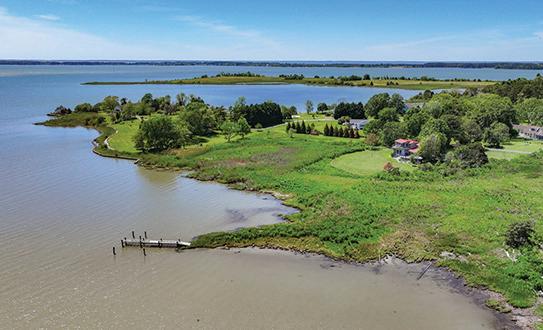



The Fun of Food
what fantasies you peddle to harass women who barely have time to order a pizza, let alone make a béarnaise with black truffle oil imported from the Balkans. When fall comes, I’ll turn to making cornbread, and slow cooking pork roast and sauerkraut. Black beans will turn into Bezwada, and there will be Thai chicken curry.

I’m looking forward to the Saturday projects that fulfill my desire to create and taste, which pull me away from the burden of words and into the world of the physical senses. I can already taste the marriage of crab, half-and-half and nutmeg to make that great winter soup. There will be tortellini salads and soups. And all this I will be able to make and freeze. If I’m going to nuke a meal, it may as well be something worth eating. We’ll see what happens. After all, as John Lennon pointed out, life is what happened while you were making other plans. If I’m going to commit to healthy eating, I’m going to commit to doing it well!

Helen Chappell is the creator of the Sam and Hollis mystery series and the Oysterback stories, as well as The Chesapeake Book of the Dead . Under her pen name, Rebecca Baldwin, she has published a number of historical novels.


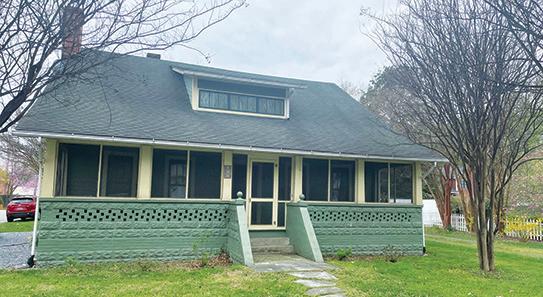

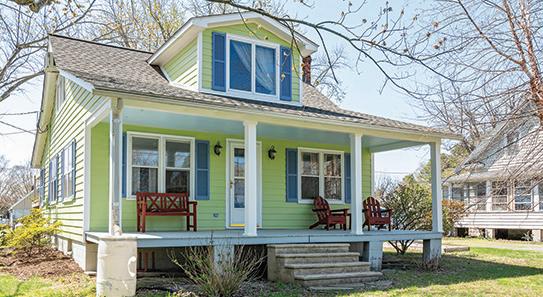

400 Railroad Ave., St. Michaels
This charming 1930 bungalow nestled on a corner lot is the perfect blend of historic architecture and modern comforts. Starting with the full screened-in front porch, the newly updated kitchen which opens to the dining room, original wood floors and formal living with fireplace, this home offers the best of in-town living, all just minutes to the shops, restaurants, harbor and Chesapeake Bay Maritime Museum. $505,000
6641 Tilghman Island Rd., Sherwood
This delightful home, designed for easy, one-level living was designed around the beautiful gardens and landscaping including the in-ground pool. Featuring formal living and dining rooms, an eat-in kitchen, and the former Garage was converted into a generous bonus space which has been divided into family and studio space. Just off the living room is the screened-in three season porch. $549,000
8858 Howeth Rd., Wittman
Welcome to this historic waterman’s cottage that has been updated and renovated. The second level offers a private en-suite, complete with a nook ideal for a home office. The main level features a 2nd bedroom, a versatile den/craft room, living and dining rooms, and spacious kitchen. There is a large deck and a detached garage. Situated on a corner lot just down the street from the community park and public boat ramp. List - $359,000



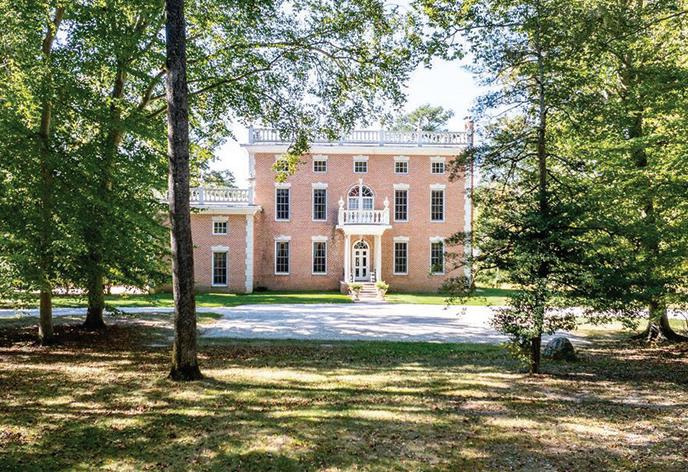

Nestled on a sprawling 42-acre estate adjacent to the historic Wye Heights Plantation, this stately 8-bedroom mansion offers an unparalleled blend of elegance, comfort, and tranquility. The grand interior is marked by soaring ceilings and meticulous detailing, with an elevator providing convenient access across multiple levels. The heart of the home is designed for both relaxation and entertaining, featuring a fully finished basement with a cozy pub and kitchenette. A guest apartment over the garage offers additional private quarters, ideal for hosting family or friends. Outside, a picturesque pond with a charming bridge adds to the serene beauty of the grounds, while the enclosed garden sunroom and an additional sunroom off the breakfast area both offer sweeping views of the gardens and pond. Expansive screened-in porches on both the main and upper levels invite you to savor the peaceful surroundings year-round. Whether you’re seeking a private retreat or a magnificent estate for entertaining, this exceptional property provides an exquisite lifestyle amid nature and history.
| $3,495,000 |11470WyeHeightsRoad.com







Replacements, Repairs, Renovations and Removals: The Miracle of the “4Rs”
by Bonna L. Nelson
No, not cars, or buses or motorcycles.
No, not houses, or condominiums or apartments.
No, not yachts, or boats, or canoes.
No, not refrigerators, or dishwashers, washers or dryers.
Yes, they may all need to be replaced, repaired, renovated or removed (the “4Rs”) at some point in time, and we gripe about the cost, but at least they can be fixed.
But what I am thinking about is OUR body parts. How many of our parts can be replaced, repaired, renovated or removed? Lots, as it turns out. How many of your parts have been hit with one or more of the 4Rs? How fortunate we are in this modern era, this age of medical miracles, to also be able to have our body parts fixed like a car or an appliance. Most probably our fixes will be costlier, but once fixed we
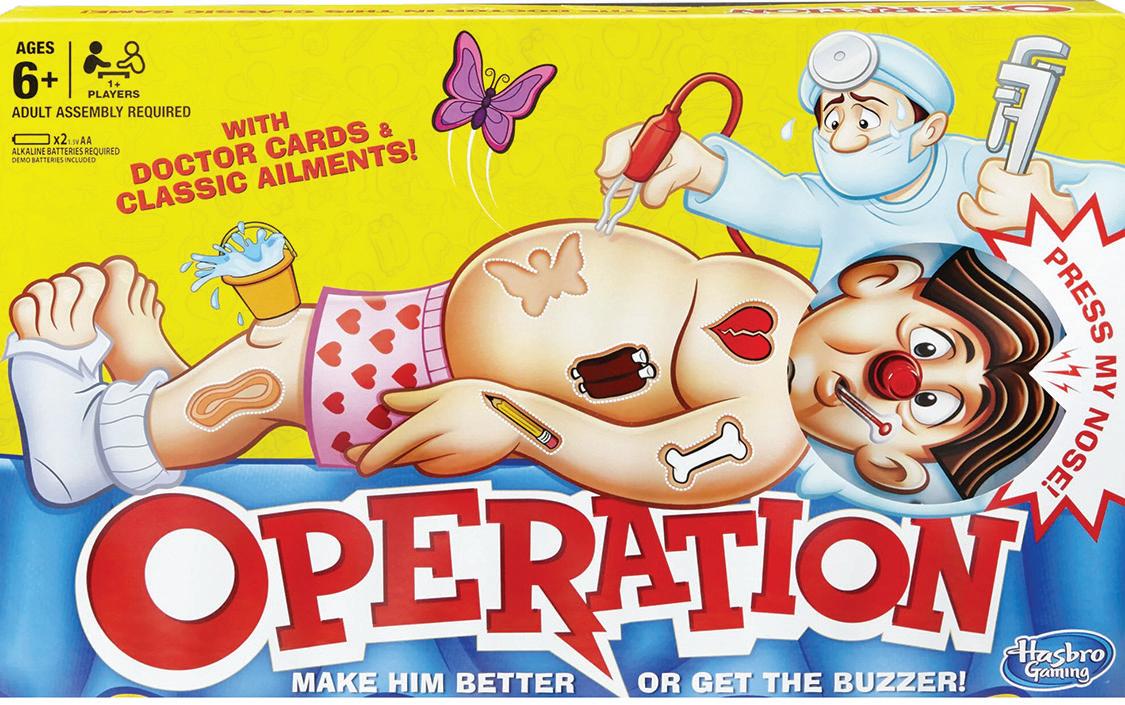

are generally able to continue our journey until the next repair.
Health issues are a frequent topic
of conversation when we reach a certain age. Sometimes these conversations are humorous. We must laugh at ourselves and our miseries. Sometimes these conversations are sad and alarming. A cancer diagnosis or need for major surgery are a few examples. And sometimes these conversations are informative. We learn about a new doctor, or a new procedure or surgical technique that can be helpful. Mostly it just feels good to share our common experiences. Talking about it is therapeutic.
After all, we need the 4Rs to become Superagers, those remarkable folks who reach their 90s and 100s in reasonably good health and function well in body, mind and spirit. My heroes, my inspiration, are founding




The 4 Rs
members of the 4Rs Club. A few fixes and we march onward and upward.
Although I am in awe of the medical community’s expertise and skill in performing the 4Rs, I am also in awe of us for taking it on. It takes courage to get fixed. Sometimes it seems like there are more frequent breakdowns. Sometimes we can manage the fixes ourselves and other times a visit to an expert repairperson is necessary. We can get discouraged or we can just deal with it and get it done and move on.
Some friends call me a “Bionic Woman” because I have experienced all the 4Rs, mostly with success. I am glad to be a member of the 4Rs Club because it allows me to live my life to the fullest.
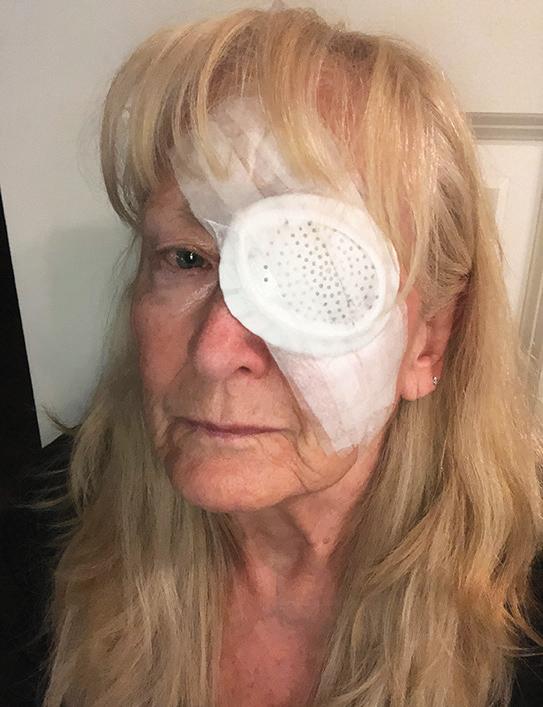
My pre-Superager self is on the right track for full Superager membership thanks to the expert skills of numerous doctors and specialists who have performed the 4Rs on me. My team has included over the years, in no particular order: orthopedic surgeons; physical therapists; primary care doctors; anesthesiologists; dermatologists; dentists/ dental hygienists/oral surgeons/endodontists; opticians/ ophthalmologists/retina specialists; medical/radiation/surgical oncologists; otolaryngologists; allergists/ immunologists; physician assistants; certified nurse practitioners; nurses; gynecologists/obstetricians; podiatrists; emergency room/urgent care specialists; radiologists/technicians; pedicurists/manicurists/ hair stylists/colorists; cardiologists; pulmonologists; phlebotomists; vascular surgeons; psychologists; acupuncturists; masseuses and the assistants and administrative staff to support all of the preceding.

I know, unbelievable and incredible, right? But true! All these specialists have assisted me on my Superager journey and my member -


The 4 Rs
ship in the 4Rs Club. Who is on your 4Rs team? Everyone that I know has been exposed to at least one of the 4Rs and a variety of specialists no matter their age.
Let’s look at the 4Rs individually and learn about some things that can be fixed in each category. First, replacements. How many body parts can be replaced like tires and mufflers on cars? According to an online source, the following body parts can be replaced: heart muscles, ears, bones, pancreas, hands, eyes, fingers, skin, toe and bladders. And we all know that we can also replace breasts, face, teeth, nose, and hair.
Another source, Emory University


Medical Magazine, mentions that heart tissue, joints, tracheas and knees are just a few of the body parts that can now be replaced with custom-made, via 3D-print, anatomical structures. A 2025, AI source states that corneas, hearts, kidneys, livers, lungs, blood vessels and uteruses can also be replaced/transplanted. Entire limbs can be replaced with prosthetics and bionic limbs.
My husband, John, and I are both
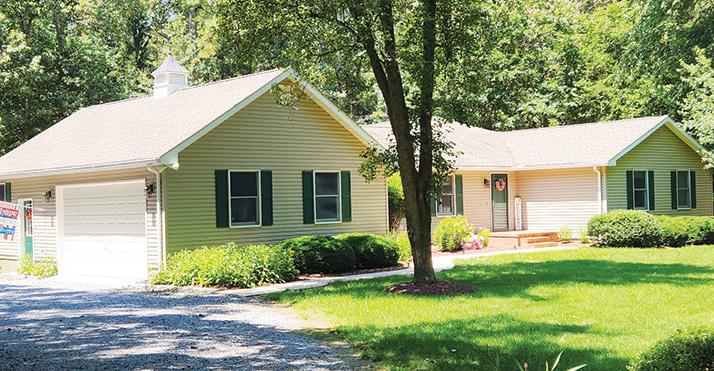



The 4 Rs

recipients of titanium knee replacements, two each, as are several of our friends. My mother, brother and several friends enjoy new hips. My brother also had ankles and spinal discs replaced. Miraculous!
And then there is cataract surgery, which most folks of a certain age undergo to replace a cloudy eye lens with an artificial lens and see so much better as a result. What about teeth? How about dental implants? I am in the lengthy process of receiving a tooth replacement for one that cracked. But that’s for a future story.
Of course, I have some friends, including Superagers, who are living active lives with all their original parts—maybe fixed parts, but originals! Good genes? Who knows? It seems that many of us in need of replacement parts also have family in need of same. Many defective parts such as joints and hearts seem to be genetically inherited deficiencies attributed to osteoarthritis and heart disease, for example.
Almost everyone I know that has
replacement parts are thankful for the opportunity to replace ineffective parts and appreciate the expertise of their medical teams. How about you? Have you had any parts replaced and were you glad to do so? I was! To be able to walk again pain free with new knees was liberating for me and I am looking forward to receiving my new tooth!
I wonder if in the future we can order custom-made body parts online with our surgeons assisting us, like car mechanics, to install them? Sources say that the future of AI in medical care is promising with the potential to revolutionize the 4Rs through enhanced diagnostics, personalized treatments and streamlined efficiency.

How about repairs? Repairs usually precede replacements. Generally, many body parts can go to the shop for repair, including bones, muscles, skin, teeth and eyes. Specific examples of repairs include compressed spinal discs, shoulder rotator cuff tears, knee meniscus tears, clavicular bone spurs, hammer toes, bunions, macular holes, nose septum, thumb ligaments, carpal tunnel release, trigger finger and elbow tendons. I have history








Oxford – Coastal Retreat with Tred Avon River Views
This charming four-bedroom, two-and-ahalf-bath home offers the perfect blend of coastal style and Southern charm. Situated on an oversized in-town lot, it features quality finishes, large windows, built-ins throughout, and two primary suites—one on each level. The inviting layout includes a living room with gas fireplace and custom built-ins, a dining room adjacent to a gourmet kitchen, a flexible mud/laundry/studio space, and a separate office. Just moments from marinas, restaurants, tennis and pickleball courts, and more. Take a stroll through town, stop for ice cream at Scottish Highland Creamery, visit the waterfront park, or catch a ride on the historic Oxford-Bellevue Ferry. Offered at $775,000, this well-appointed home delivers relaxed, intown living in a picturesque setting.
Buying or selling, I’ll provide honest, thoughtful service every step of the way!
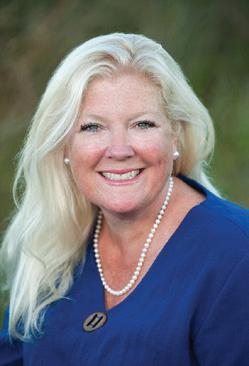
St. Michaels - 2BR/2BA In-town CottageSold - Represented Buyer
Trappe - 3BR/3.5BA w/Pool & GarageUnder Contract
Oxford - 3BR/2.5BA w/fenced yardUnder Contract
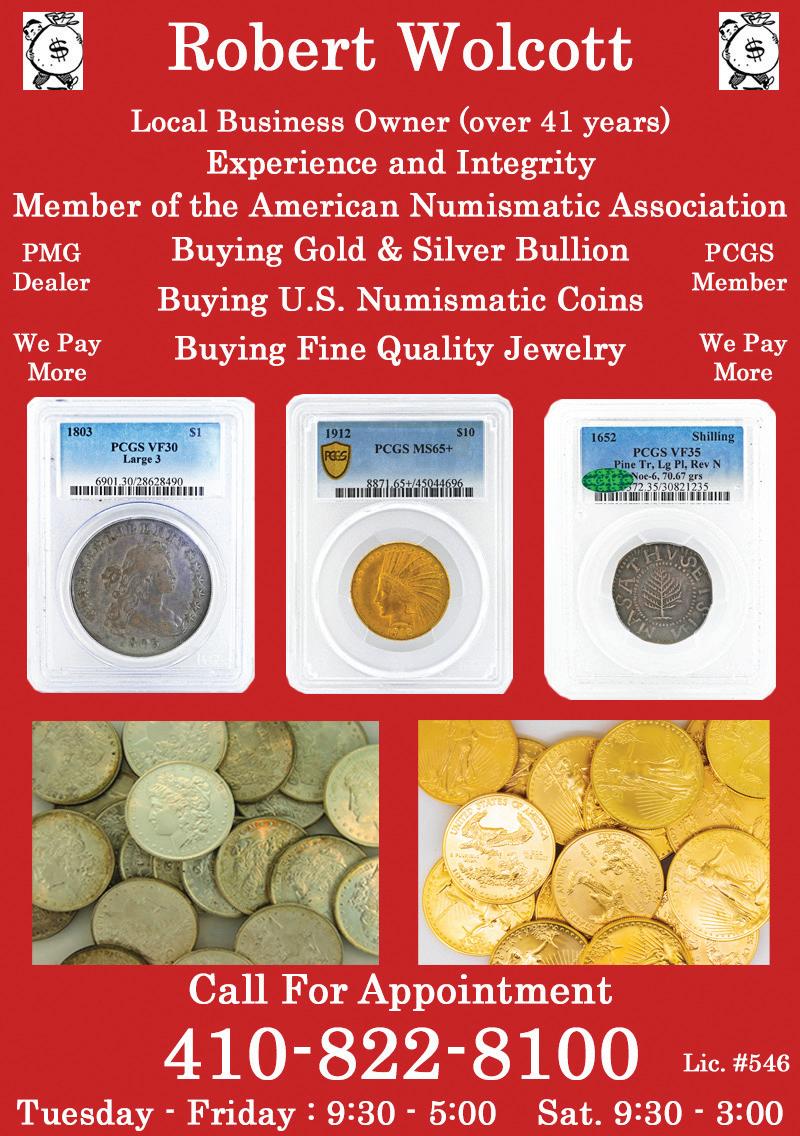

with some of these repairs. How about you?
Sometimes the body can selfrepair bones, muscle and skin injuries as well as some organs such as the liver. Repairs sometimes involve pain medication, injections, physical therapy, exercise and dietary changes before surgical repairs or replacements.

I think pretty much everyone has had renovations or enhancements.
Manicures, pedicures, haircuts, hair color, wigs, makeup and exercise programs are all renovations, enhancements, changes that most of us have experienced.
Medical renovations include Lasik eye surgery to enhance vision without glasses; hearing aids and cochlear implants to enhance hearing and strengthen the brain; and cosmetic and plastic surgery such as breast augmentation, tummy tucks and facelifts all to enhance a variety of body parts. Other physical renovations include medical implants like pacemakers, orthodontics, teeth whitening and cognitive enhancements via drugs or external devices.
Lastly, removals. We can’t have replacements without removals. So, for most everything on the replacement list, something had to be removed first. Hip and knee joints are the most replaced body parts. More than a million hips and knee joints are removed each year in the U.S.
We can have removals without replacements. Toe joints can be removed and toes sewed together for support in lieu of a joint. I can testify to that. Teeth can be removed and not replaced. Skin moles— remove them with no replacements, please! Cancer tumor removals save lives, including breast, brain, prostate, colon, intestine, pancreas, lung, skin, tissue and more. Some organ removals have negligible impact on overall health except to improve it including appendix, tonsils, gallbladder, spleen and parts of the colon, liver, lungs and one kidney. Reproductive organs, ovaries, testes and the uterus may be removed for medical reasons.

What have you had removed? As for me, let’s just say that I put my various orthopedic surgeons’, oncologists’, and dermatologists’ kids through college!
I had a dear friend who always reminded those of us having to undergo medical procedures, or to be fi xed, to be thankful that we have professionals to fi x us up and keep us moving. Cheers to getting better with age by joining the 4Rs Club and preparing to be a Superager. Join me on the journey?

Bonna L. Nelson is a Bay-area writer, columnist, photographer and world traveler. She resides in Easton with her husband, John.


The New Townie Go! S

Townie Go! has re-entered the chat with a fresh, new look and more power. It still features the legendary comfort and control of a Townie, but now with a throttle. Rolling to the park with your kiddo? Heading to happy hour with friends? Tackling your daily commute like a boss? Make getting there the fun part.








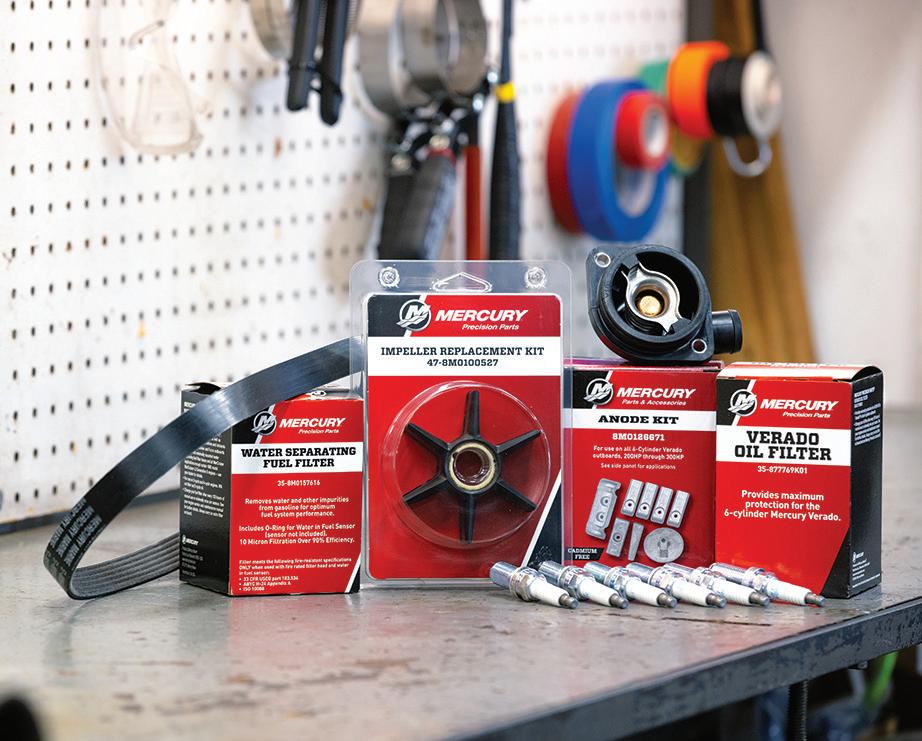

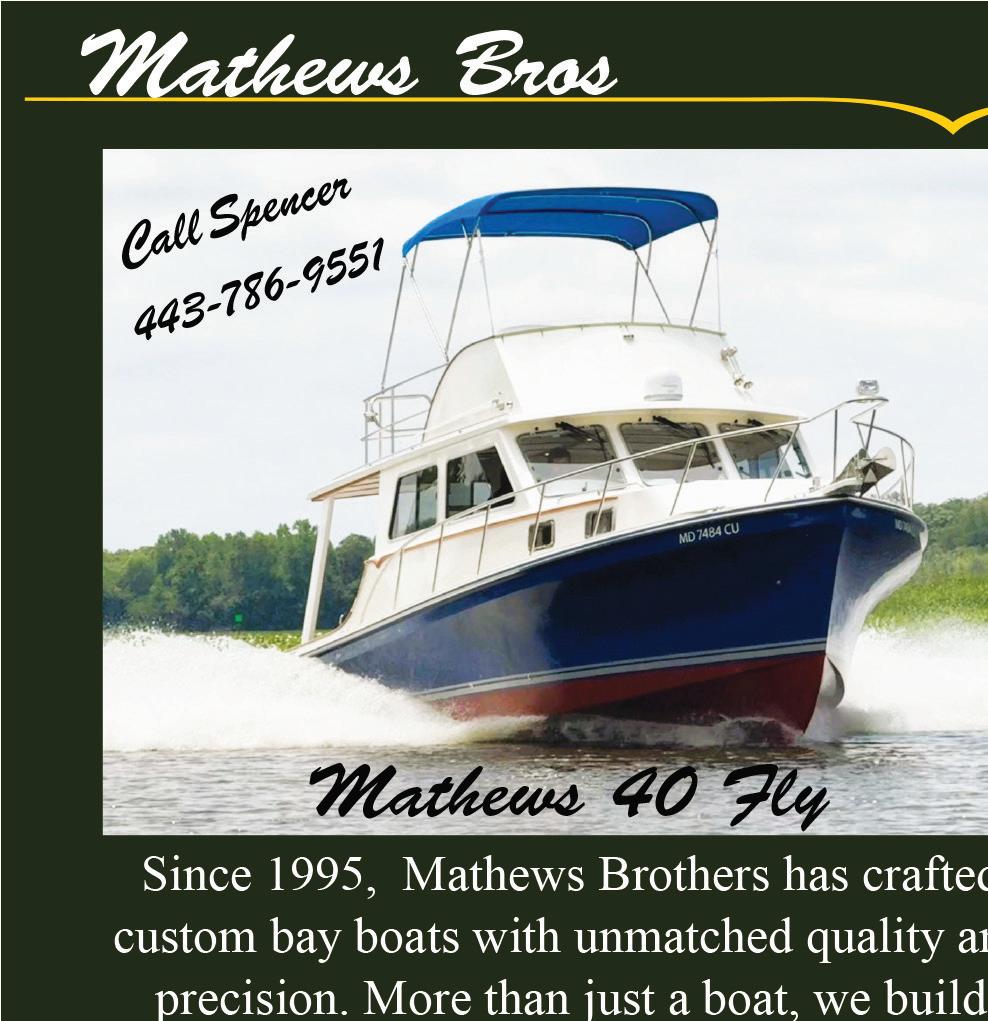
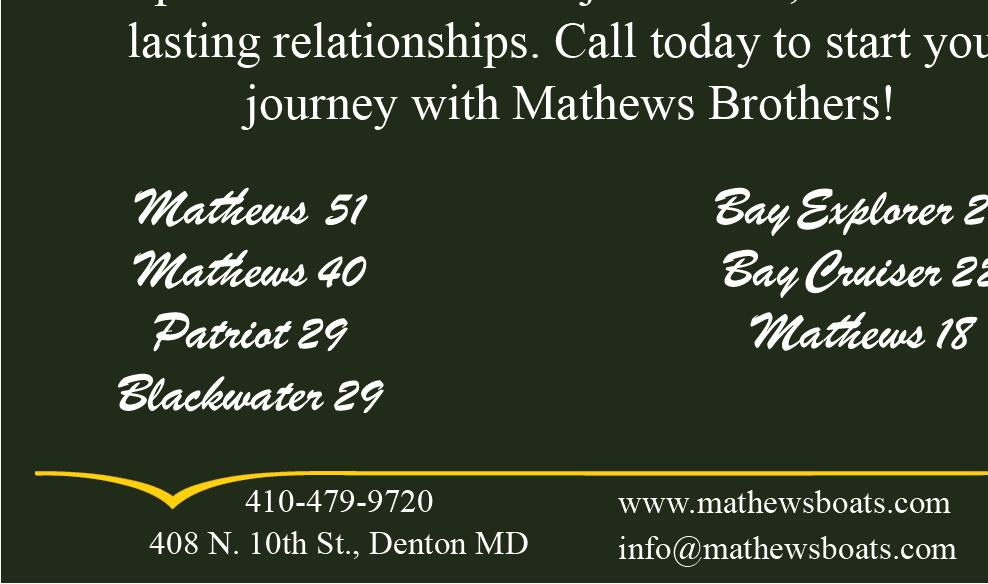
TIDE TABLE
OXFORD, MD AUGUST 2025
HIGH LOW
1. Fri.
2. Sat.
3. Sun.
4. Mon.
5. Tues.
6. Wed.
7. Thurs.
8. Fri.
9. Sat.
10. Sun.
11. Mon.
12. Tues.
13. Wed.
14. Thurs.
15. Fri.
16. Sat.
17. Sun.
18. Mon.
19. Tues.
20. Wed.
21. Thurs.
22. Fri.
23. Sat.
24. Sun.
25. Mon.
26. Tues.
27. Wed.
28. Thurs.
29. Fri.
30. Sat.
31. Sun.
11:01 11:5312:17 1:20 2:18 3:09 3:55
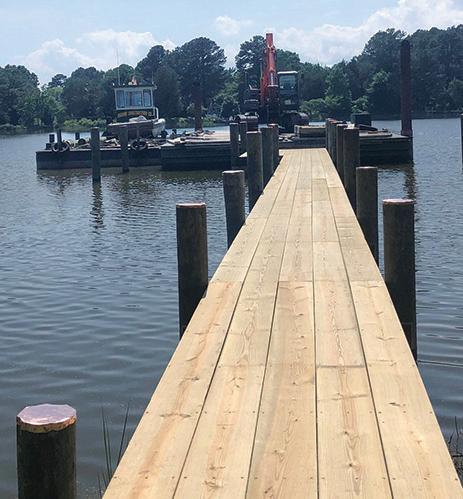
SHARP’S IS. LIGHT: 46 minutes before Oxford
TILGHMAN: Dogwood Harbor same as Oxford
EASTON POINT: 5 minutes after Oxford
CAMBRIDGE: 10 minutes after Oxford
CLAIBORNE: 25 minutes after Oxford
ST. MICHAELS MILES R.: 47 min. after Oxford
WYE LANDING: 1 hr. after Oxford
ANNAPOLIS: 1 hr., 29 min. after Oxford
KENT NARROWS: 1 hr., 29 min. after Oxford
CENTREVILLE LANDING: 2 hrs. after Oxford
CHESTERTOWN: 3 hrs., 44 min. after Oxford
3 month tides at www.tidewatertimes.com 9:26 10:14 11:12 12:43 1:31 2:17 3:00 3:42 4:22 5:02 5:41 6:21 7:03 7:47 8:36 9:31 10:34 11:43 1:01 2:04 3:00 3:50 4:33 5:11 5:46 6:18 6:50 7:24 8:01 8:45 9:38
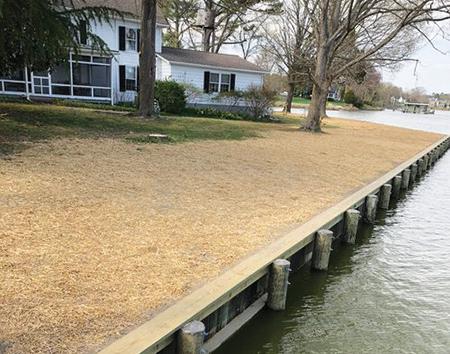




































On the Road with Bird Dog
by Michael Valliant
Bird Dog Wheeler’s life has been large parts of family, music, and baseball. With a reasonable supply of Budweiser on hand. If you ask Bird Dog, things couldn’t have turned out better.
Most people know Bird Dog as the lead singer of “Bird Dog and the Road Kings,” a band that started playing together in 1972. During their busiest years they played more than 240 shows a year, though now they have dialed it down to 40 or so
annually. Bird Dog took his first shot at singing in high school.
“I started playing music in March of 1967,” Bird Dog said. “A friend’s band needed a lead singer for the Easton High School talent show. So I half-jokingly said, ‘I’ll do it.’ Then I auditioned, and they said, ‘Let’s do it.’ We won the talent show.”
Though their name is legendary on the Eastern Shore and around the Florida Keys, the Road Kings were originally called the Muswell
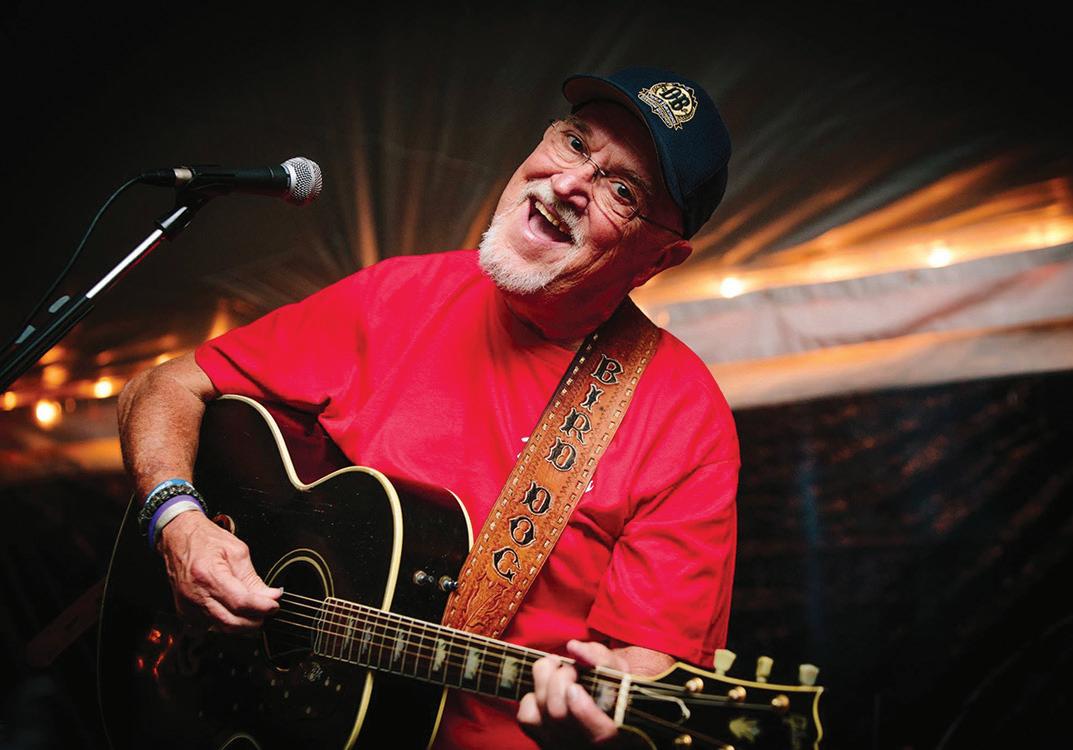
Bird Dog
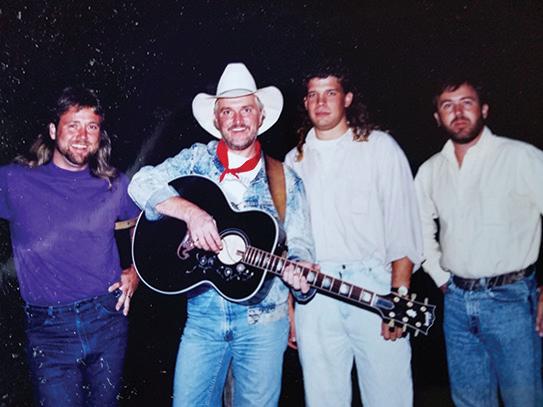
Hillbilly Boys, named after a song and album by The Kinks.
As they were building their reputation and song list of rock, Southern Rock, Rockabilly, bluegrass, and country music, they played most often in Linkwood.
“There was a honkytonk right at the railroad tracks down in Linkwood, and we were like the house band, from about 1974-1982,” Bird
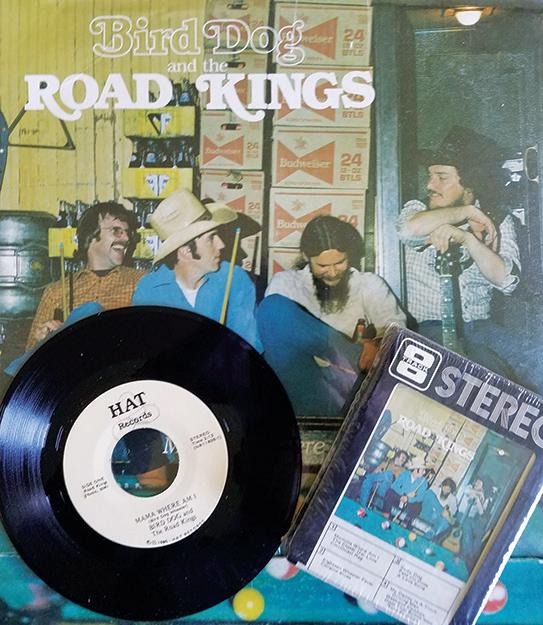



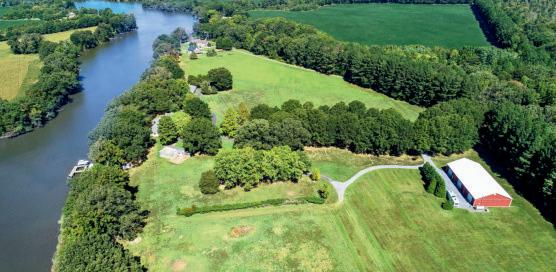
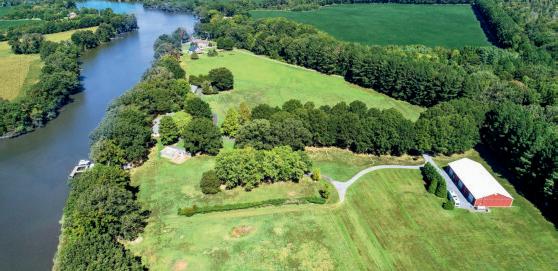
EASTON–20± ac Waterfront Rancher Farmette Waterfront Guest House, Substantial Pole Bldg Caretaker & Greenhouse TR.EE/PRESQUILE


STEVENSVILLE–15 ±ac on Eastern Bay, 4 BR 5 BA, Irish pub, 3-car garage, pool, pavilion, pond, 5 ac farmland TR.EE/MALLARDCOVE
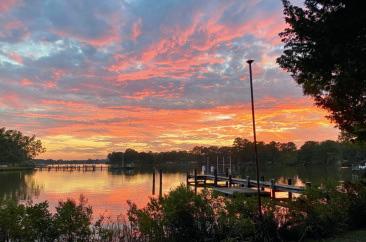
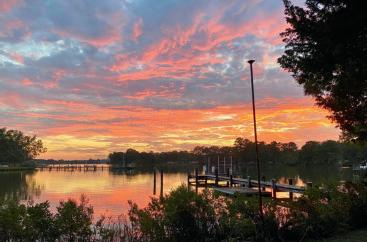
EASTON– Tunis Mills 3 BR 2 BA on Leeds Creek southern exposure. TR.EE/MILLPOINT


EASTON CLUB EAST: 3BR 3BA high ceilings, 55+ Comm w/pool TR.EE/MICHAELAVE
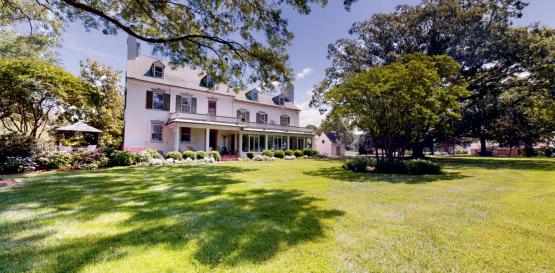
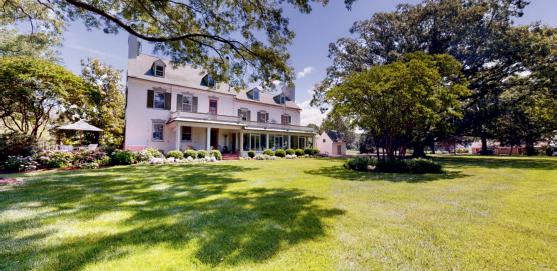
TRAPPE–234±ac Historic Farm, Farm Bldgs Beach House, Guest Cottage, Private Beach 3,000± ft of shoreline TR.EE/WILDERNESS
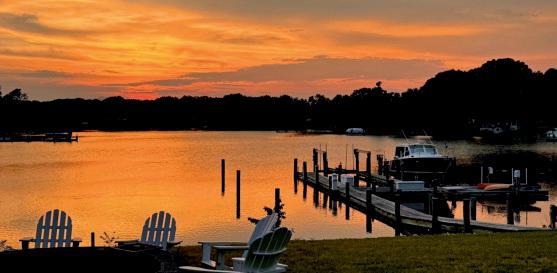

Easton–2.3± ac on Glebe Creek 7BR 10BA open floor plan, pool house, theatre room garage space for 8. TR.EE/MILESAWAY
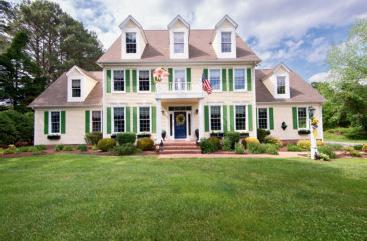
EASTON–2.3± ac 4BR 4.5 BA pool, and privacy 2,300± sq’ in Waverly Is. TR.EE/PLAYTOR

EASTON–2± ac rancher 3 BR 4 BA, 2,884± sq’, new roof, encap crawlspace. TR.EE/FAIRWAY

EASTON: 3 BR 2 full 2 half BA New construction, 2,300± sq’ move in now! TR.EE/DIXONSQ
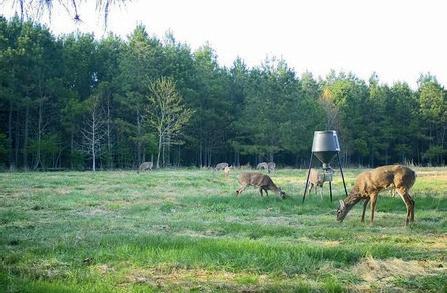
PRESTON– 63± ac with a 2-ac clearing for bld site, perc app TR.EE/DOVERBR

Bird Dog EASTERN SHORE REAL ESTATE Specialist
EXCEEDING EXPECTATIONS:
Lona has lived on the beautiful Eastern Shore her entire life. Her local knowledge and connections make her an expert in the area. Lona has a reputation for putting her client’s needs first which she believes is at the heart of her success. Providing customer service with honesty and integrity is important to her. She also understands that buying and selling a home is more than just a transaction; it is a life-changing experience.
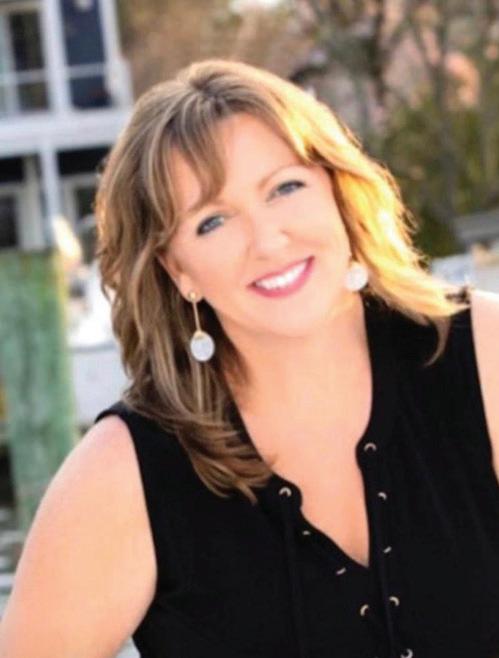
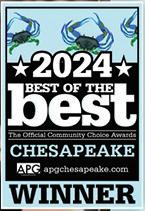

Dog said. “They didn’t have fire codes back then, but if they did, the code would have been for 60-75 people, and there’d be 150 people there on a Saturday.”
Music took the band up and down the east coast, frequently landing them in the Florida Keys, often at a bar called Holiday Isle in Islamorada. It was there that Bird Dog met accomplished songwriter and musician Hank Cochran. Cochran became a big fan and supporter of the band and on more than one occasion pushed for Bird Dog to move to Nashville, telling him that if he wanted to make it in the music busi-
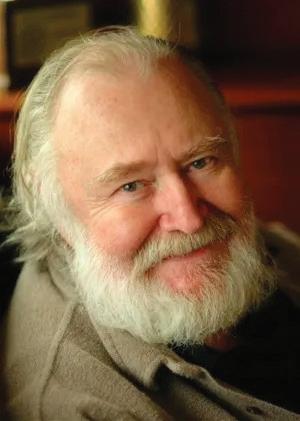
Hank Cochran




Bird Dog

ness, that’s where he needed to be.
Cochran gave Bird Dog his number and told him to call him when he got to Nashville. They ran into each other in the same place, six months or so later. Cochran asked why he hadn’t called him and Bird Dog admitted he hadn’t made it to Nashville yet.
“Hank said, ‘What do you need to get there? I said, ‘I’m probably going to need a place to stay.’ He said, ‘I’ve got a place on my farm.’ He said, ‘What else do you need? I said, ‘Well, I am probably going to need to make a little bit of money to have something to live on.’ He said, ‘Alright, I’ll hire you at my publishing company.’
“He said, you got a house, you got a job, what else you need?”
I said, “I need to go over to that payphone and call my wife, and tell her to start packing.”
Bird Dog and the Road Kings came close to breaking through to the big-time while in Nashville from 1984 to 1988, but nothing landed quite right at the right time. He knows it was still the right move for them at the time.
“When I left Nashville, I thought, that was cool. I don’t have to sit here and think, ‘I wish I’d tried it,’” he said. “My kids will give me a hard time about it all, and whether I should have stayed to try to make it, and I tell them, if I’d really made it, you guys wouldn’t be here! And I am happier than I could possibly be with you all, and the life we have.”
Bird Dog points out that his wife Karen, kids, and grandkids are his whole life. His daughter Adria is the oldest (husband Jason, son Hendrix); then son Kevin (wife Sabrina, daughter Paisley, son Cameron); son Logan (wife Gina, sons Deklan and Rowan); and son Conner, who they call Tater (wife Tre and dog
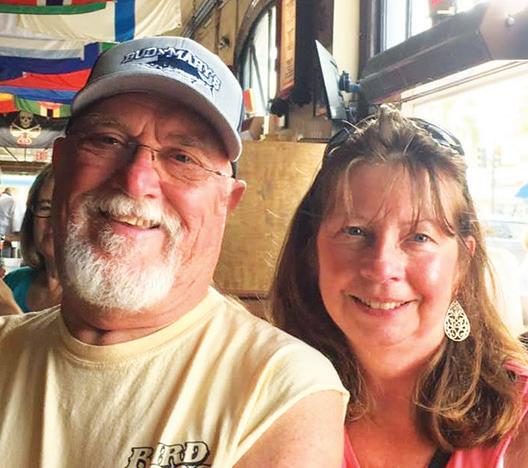
Byrd and Karen Wheeler







Bird Dog
Sheldon). Logan and Tater and their families live on the Shore.
Bird Dog and Karen spend as much time as they can with family; when they aren’t spending time together, they are catching up on the phone.
You can consider the band to be family, a brotherhood as well. The Road Kings have had the same members for most of their existence: Billy West on lead guitar, Charlie Briddell on bass guitar, and Roger Lewis on drums.
Music has been the driving force for Bird Dog’s career, but it wasn’t his first dream: baseball was. He wanted to be a professional baseball player. Bird Dog played third base, like Baltimore Orioles Hall of Famer Brooks Robinson. He even had a couple tryouts with big league clubs, but he says he was too slow.
So from 1971-1973, Bird Dog was a minor league baseball umpire, with an umpiring card could get him into any ballpark in the league.
During those years, he was singing in bands, and he decided to give the guitar a try. In 1973, he decided

Back: Mr. Moore, Sen. (Lizard) Colburn, D. (DCAM) Hayes, Mr. Essix, Rabbit Slaughter, Harry Essix, (Look close, Chuckie Jenkins), Mr. Hayes, Front: Wayne Watts, Frankie Moore, Bruce Nelson, Byrd Wheeler, Johnny Stranahan, Mike Hiester, Charlie Foster. 1964 American Legion, Pony League Champions. Last year of the Federal St. Ballpark.

Bird Dog

not to go back to umpiring and that’s when the band started to take off.
Bird Dog found a way to stay involved with baseball, as part owner of the minor league baseball team,
the Joliet Slammers in Joliet, Illinois, named for the Illinois state prison that used to be there (the one they picked up Jake Blues from in the movie “The Blues Brothers”).
Actor Bill Murray is another of the part owners, with the primary owner being Bird Dog’s best friend Mike Veeck (who was also the original drummer of the Road Kings).
Playing music has also connected Bird Dog to baseball. He was playing music when he met his baseball hero, Brooks Robinson, who he has since gone fishing with, and Bird Dog has the baseball hat the Robinson was wearing off the field after the Orioles won the 1970 World Series.
There’s a room in Bird Dog and Karen’s house that is full of photo-

Mike Veeck

Bird Dog
graphs and memorabilia from baseball, from music, and family.
In addition to meeting Robinson and Cochran, music has allowed Bird Dog to meet and share the stage with Kris Kristofferson, Loretta Lynn, Charlie Pride, Brad Paisley, George Jones, Merle Haggard, Willie Nelson, Waylon Jennings, Johnny Cash, Dickie Betts of the Allman Brothers, legendary Washington D.C., radio personality the Grease Man (they were his back-up band for two and a half years), Papa John from the Mamas and the Papas.
Music and Budweiser beer came together for Bird Dog after he
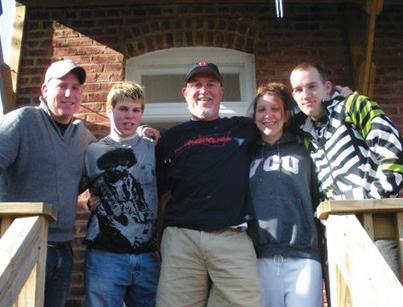
Byrd and his children.
moved back from Nashville and took a job with Kelly Distributors. Bird Dog and the Road Kings have played huge music festivals—one of the largest crowds being more than 37,000 people at the DC 101
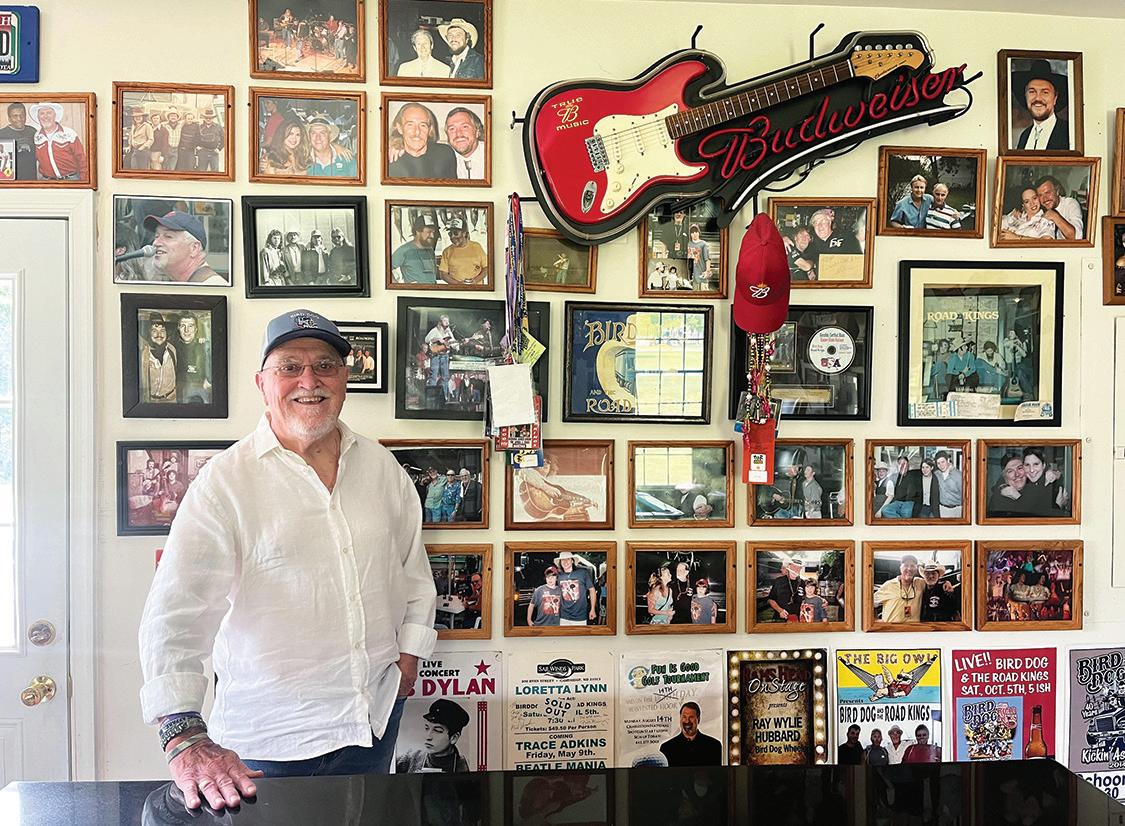




507 Decatur Place $425,000 - Spacious 4BR rancher in sought-after Mecklenburg! Features flexible layout, updated kitchen, HVAC, flooring, and deck. Enjoy a large yard with shed, firepit, alley access, and room for a pool. Walk to schools, park, YMCA & Rails to Trails.

Lakeview Ct. $479,900 - Make this your next move! Charming Cape Cod with 3 beds, 3 baths, first-floor primary suite, sunroom, screened porch, and deck. Features include an oversized 2-car garage, new roof, in a peaceful setting near town amenities. Comfort, space, and convenience all in one!
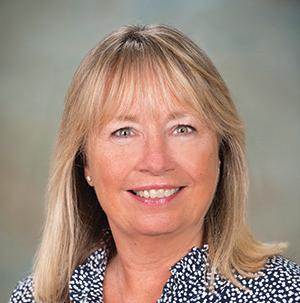
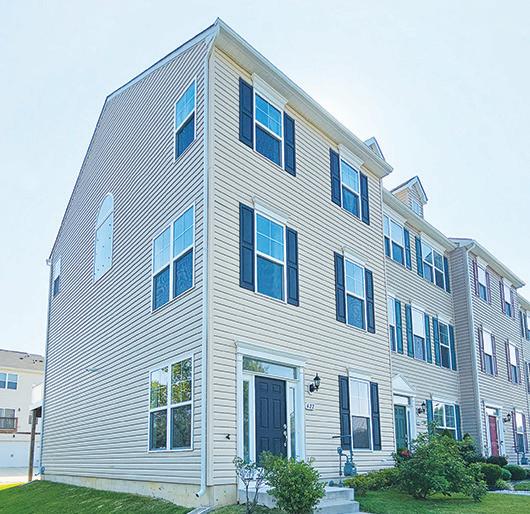
422 Crowberry Circle $375,000 - Just minutes from downtown Easton! The entry level includes a spacious foyer, private home office, and 2-car garage. 2nd level with open-concept living/dining areas, and deck access—ideal for entertaining. Bedrooms are privately located on the 3rd floor.
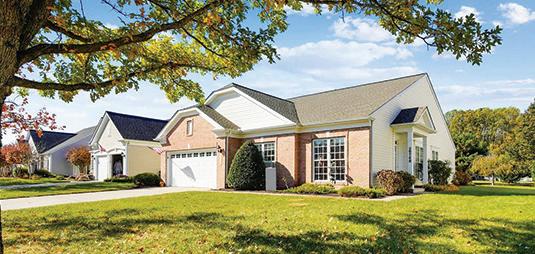
29748 Lyons Dr. $459,500 - Freshen up this well-loved brick-front Vanderbilt model and make it your own! Located in the 55+ Easton Club East community, this 2,184 sq. ft. one-level living with a split-bedroom design—perfect for privacy and ideal for your retirement years.
Helping Buyers and Sellers Reach Their Dreams Since 1989


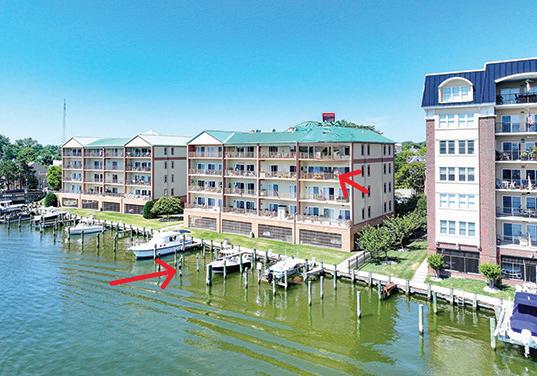
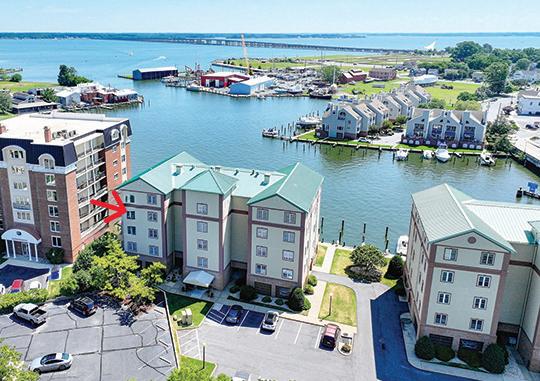
Exceptional Cambridge Creek Condominium
$475,000

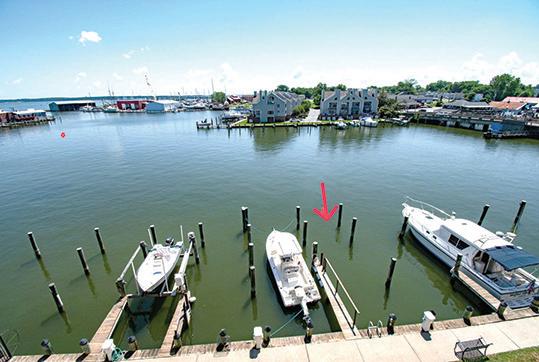
Rare opportunity to own one of the premier residences on Cambridge Creek. This stunning 1,539 sq ft condo occupies the third floor and offers sweeping, panoramic views of Cambridge Harbor and the Choptank River all the way to Talbot County’s eastern shore. Property highlights include a deeded boat slip located directly below your private balcony, primary suite with en-suite bath, second bedroom, full hall bath, open-concept kitchen flowing into dining and living areas each with breathtaking waterviews, dedicated laundry/pantry room, large storage room in front hall, and coveted two parking spaces including a large covered ground floor spot. For more information or to arrange a private tour, please contact Janet.
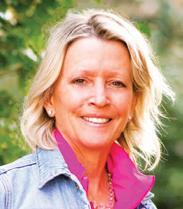


Bird Dog
Chili Cook-Off—concerts, events, and private parties all over, and at the vast majority of their shows, Budweiser beer is on tap. Bird Dog worked for Kelly for 31 years.
Bird Dog and the Road Kings have played continuously since he returned to the Shore from Nashville. They’ve made seven albums (their most recent album, “Somerset County” is available for downloading on all the streaming sites and apps) and when they play about 20 percent of their songs are originals. Mostly, Bird Dog says, they are a feel-good bar band. They love playing music together and they love playing live.
What do they love about playing music?
“First and foremost it’s the result of four individuals putting together this beautiful thing called music and actually orchestrating it
such that radiates a feeling out to the crowd and the crowd in turn responds back to us. And that feeling is just… powerful. The camaraderie that the four of us have, it’s a brotherhood; there is no egos or animosity, everyone knows their part and we all just come together when it’s time to click.”
When the band plays, they don’t have a song list, they just play as they go. They play from the hip, going off the feeling of the crowd.
That seems to have been a successful recipe for life: no song list, play as you go, work with the feeling of the crowd. Go with family, music, and baseball. Have some Budweiser on hand.

Michael Valliant is the Assistant for Adult Education and Newcomers Ministry at Christ Church Easton. He has worked for non-profit organizations throughout Talbot County.
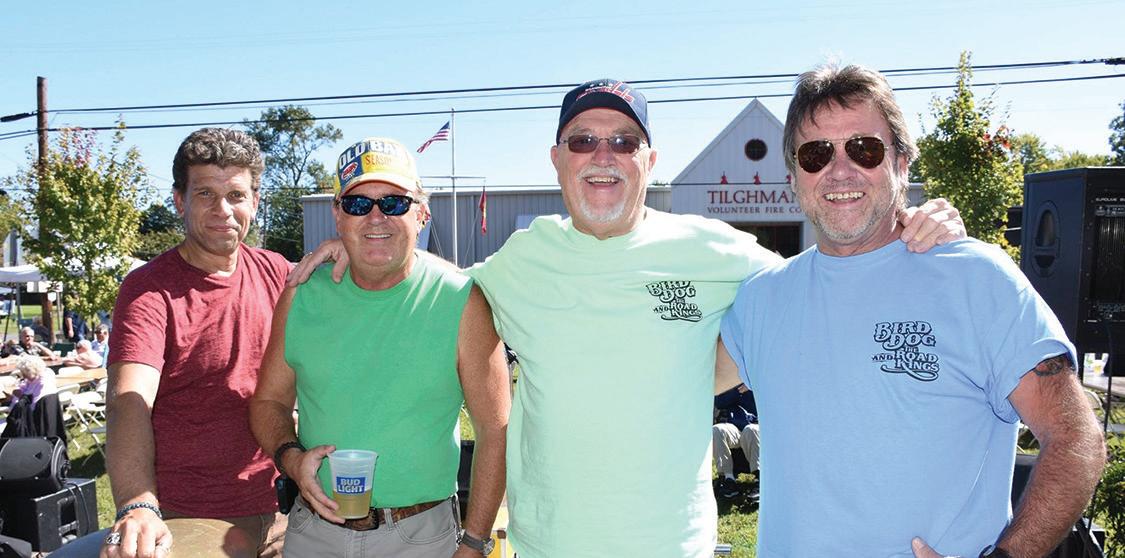




Courageous Conversations
Shaping a More Inclusive Talbot County
by Tracey F. Johns
On nine evenings each year in Talbot County, neighbors, friends and strangers take a seat—not to debate, but to listen. A podium or presentation may set the stage, but the heart of the gathering is open, facilitated conversation. Nothing is recorded. That’s by design, to create a space where people can speak freely, honestly and without fear. Since 2017, the Talbot Family Network’s Conversations on Race series has quietly become a cornerstone of civic life. Through dialogue, vulnerability and deep listening, residents from diverse backgrounds come together to share stories, confront biases and envision a more
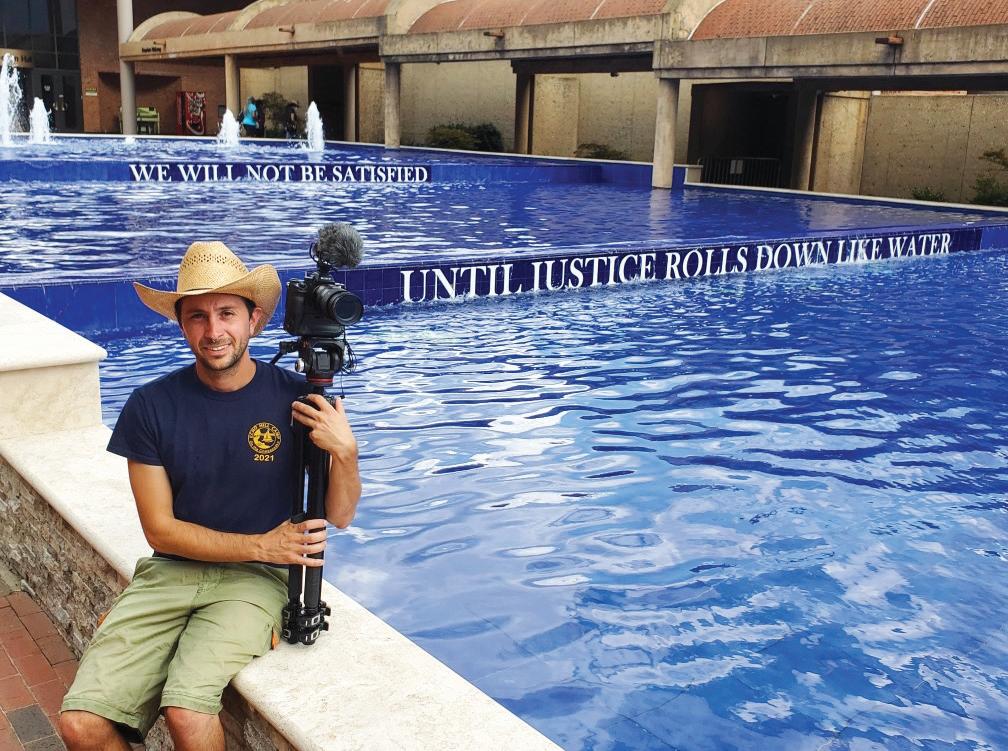
Justinian Dispenza
Courageous Conversations
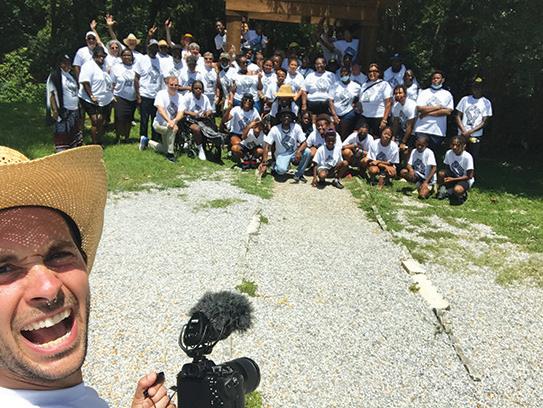
inclusive future. In a region shaped by a complex racial history, these conversations are changing not just minds but lives.
“This program goes far beyond addressing diversity and equity,” said filmmaker Justinian Dispenza,
whose locally based documentary film Get on the Bus was part of the Conversations on Race series this past spring. “It’s really a conversation on decency.”
Dispenza, who relocated to Galena after his career took him to Asia and other international destinations, became deeply involved in local equity efforts through his documentary, Get on the Bus, which has become a powerful tool in the Conversations on Race programming.
He remarks that, of all the films he has created, those on racial inequities remain the most significant and heartfelt work he has achieved.
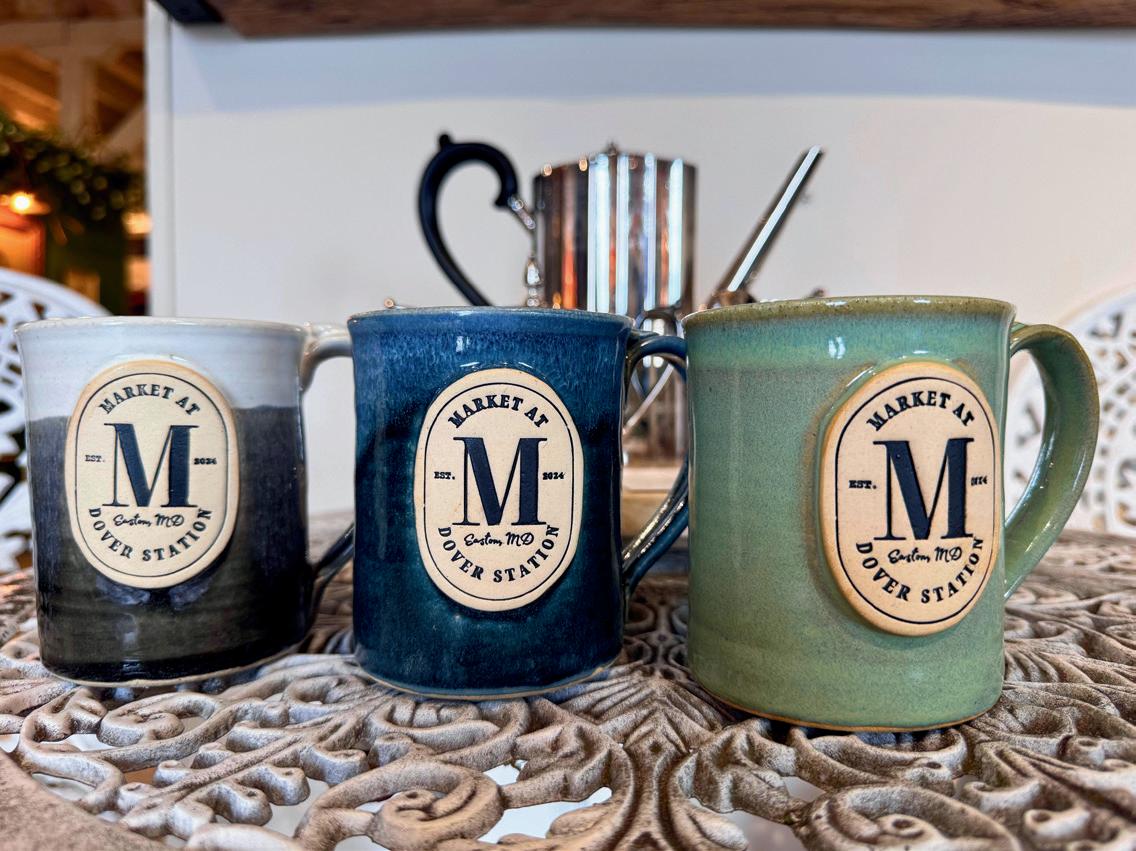
The Film That Became a Mirror





Local Catch











Courageous Conversations
Get on the Bus chronicles a group of Eastern Shore students and residents as they journey from Chestertown, Maryland, through the Deep South to visit civil rights landmarks, including the National Memorial for Peace and Justice and the Legacy Museum in Montgomery, Alabama.
“I was the last person out of the Equal Justice Initiative museum,” Dispenza recalled. “I just sat down and cried.”
The trip was transformational— not just for the students, but for Dispenza himself.
“It was impossible to separate the filmmaker from the human being on this project,” he said. “Nowhere was I that confronted with my own
cultural biases over and over and over again.”
Students from Kent and Queen Anne’s counties joined the journey. Many, Dispenza noted, were learning African American history in depth for the first time.
“That’s what stunned me,” he said. “These kids were encountering narratives completely left out of their education.”
The experience left a mark that extended well beyond the lens. “If we’re going to heal, we need to acknowledge the wounds first,” Dispenza said. “I’m not sure we as a country have done that.”
The Power of Showing Up
The Conversations on Race series in Talbot County isn’t a lecture series. Instead, it’s a space for
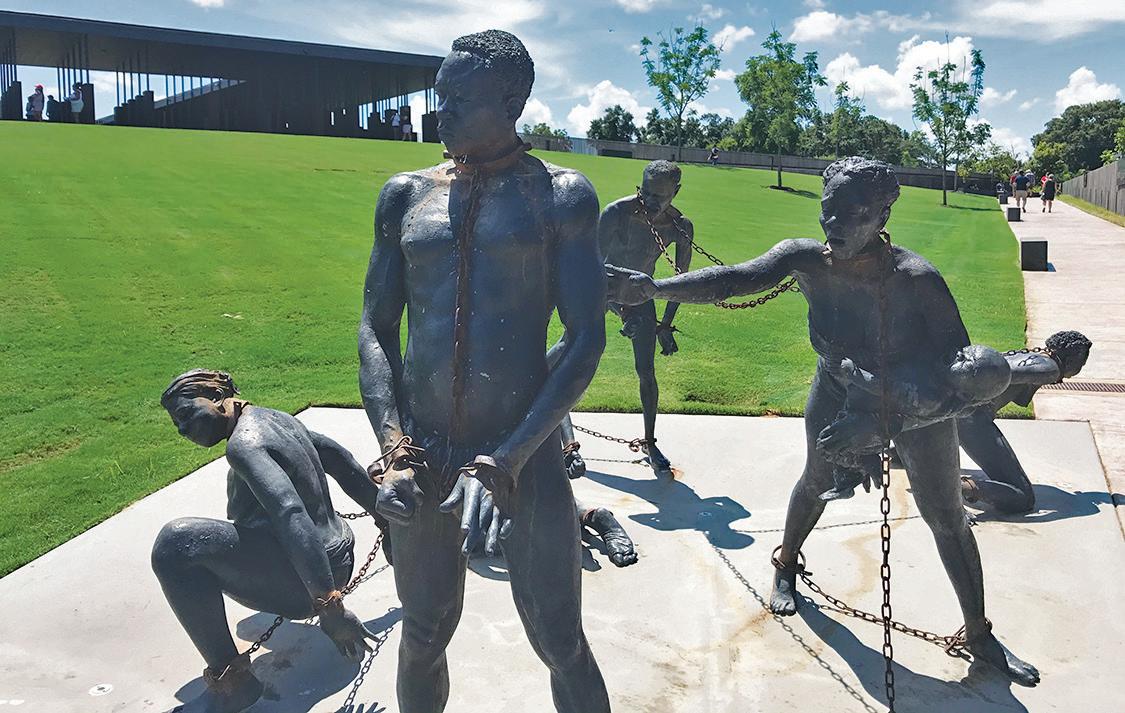

Courageous Conversations
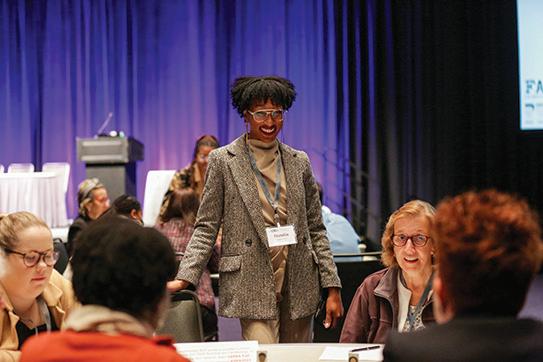
Speaker, Natalie Gillard, creator of Factuality: The Board Game.
authentic conversations and active listening.
That ethos is central to the design of the Conversations on Race program. Each session is guided by
skilled facilitators and grounded in confidentiality, creating an atmosphere where difficult truths can be aired without fear of judgment or retaliation.
“We urge participants to begin with self-examination,” said Nancy Andrew, MSW, executive director of Talbot Family Network. “It’s easy to point to what’s broken out there, but harder to acknowledge our role in perpetuating racism.”
Andrew often introduces Conversations on Race attendees to the 5 A’s of Cracking Institutional Racism — Acknowledge, Accept, Allow, Act and Advocate — a framework that begins with internal reflection before turning to outward solutions.



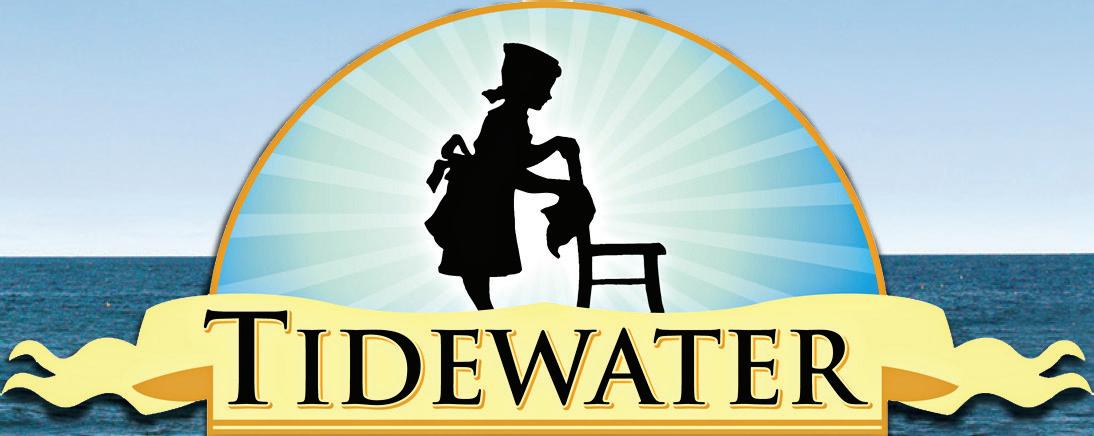








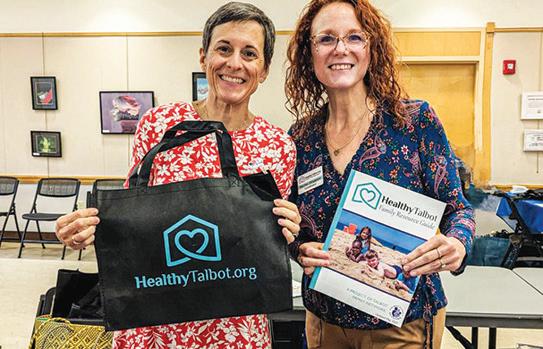
Nancy Andrew, Executive Director of Talbot Family Network (left), and Rachel Stoyanov, Healthy Talbot Coordinator, work together to make the Healthy Talbot Family Resource Guide available to the community.
Stories Spark Change
Conversations on Race participants say the format and the emotional honesty it invites make the program uniquely effective.
“These conversations reveal the ways I haven’t gotten there yet,” said Easton resident Darrell Parsons. “It’s humbling.”
A recurring attendee, Susan Claggett, noted that Conversations on Race have helped her recognize racism in subtle behaviors she hadn’t previously seen. “It’s part of who I want to be in society,” she said. “It’s part of my essence to be inclusive.”
“People are often eager to jump straight to action—but that skips essential steps,” she said. “Before advocacy, we ask folks to sit with discomfort. That’s where the real transformation begins.”
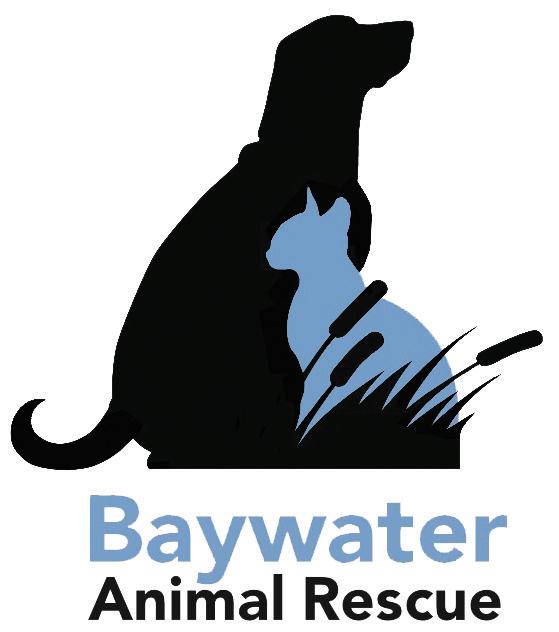
Courageous Conversations

“Listening leads to learning. Learning leads to action,” said Yvonne Freeman, a longtime Easton resident and former law enforcement officer who has attended more than 20 sessions. “But first, we need to show up.”
Bridging the Gaps
Despite its success, Conversations on Race faces challenges in representation. It is missing out on younger voices. Participation from a broader cross-section of the working community, in addition to the human services fields, would also enrich the sessions.
Freeman believes some of the hesitancy stems from mistrust and fatigue. “For those who’ve faced racism their whole lives, hearing others rediscover basic truths can be frustrating,” she said. “And being the only Black person in the room can be heavy.”
The Talbot Family Network is working to expand outreach, build trust and diversify attendance through storytelling events and other documentary film screenings.
“We used this film to spark conversations,” said Dispenza regarding Get on the Bus. “It’s not a lecture — it’s a story.”
Reflecting on the film, Dispenza says that while the trip through the Deep South was powerful, similar reckonings are needed right here at home.
“Galena had a KKK march as recently as 1992,” he said. “That still keeps some of my Black friends from wanting to come to town.”
The film’s success—much like the success of the Conversations on Race series—lies in its ability to open doors rather than prescribe answers. It’s a way for each participant to understand how racism has influenced their own story. And ultimately, to bring more compassion and understanding to humanity in the chapters of our lives yet to be written.
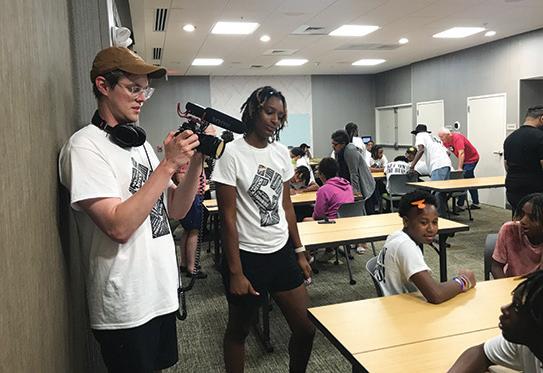




Courageous Conversations
“This framework helps expand people’s sense of community,” said Andrew. “While we’re at different places in our learning, normalizing these conversations is important to building genuine connections between people so they can discuss challenging topics.”
A Space Worth Protecting
The Conversations on Race sessions aren’t easy, but they certainly bring about a higher level of selfawareness. They asked many participants about honesty, humility and vulnerability. But for many, the reward is profound.
As Talbot Family Network pre -
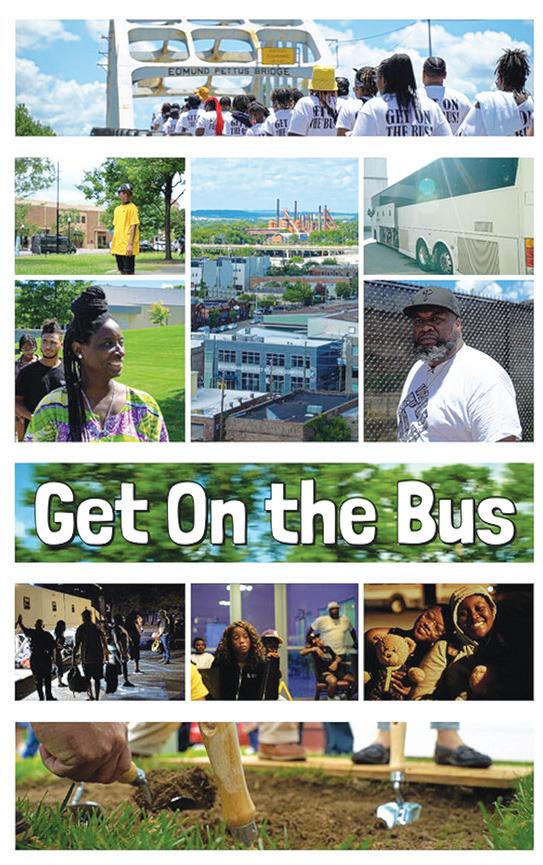

pares to host its next season of Conversations on Race, the invitation remains clear: bring a friend, a neighbor a coworker. Bring your whole self — and be ready to listen.
Because, as Freeman reminds us, “It’s not much of a conversation if we don’t show up.”
To learn more about the Get on the Bus documentary fi lm, visit bit. ly/getonthebusdocumentary. To learn more about the Talbot Family Network, visit talbotfamilynetwork.org.
The 5 A’s of Cracking Institutional Racism
Acknowledge – Recognize that racism exists in systems, society and ourselves.
Accept – Accept the discomfort of confronting bias, privilege and complicity.
Allow – Create space for reflection, emotion and vulnerability.
Act – Take deliberate steps to disrupt racism in daily life and relationships.
Advocate – Use your voice and position to push for systemic change and equity.

Tracey Johns has worked in communications, marketing and business management for more than 30 years, including non-profit leadership. Her work is focused on public and constituent relations, along with communication strategies, positioning and brand development.




Queen Anne’s County
The history of Queen Anne’s County dates back to the earliest Colonial settlements in Maryland. Small hamlets began appearing in the northern portion of the county in the 1600s. Early communities grew up around transportation routes, the rivers and streams, and then roads and eventually railroads. Small towns were centers of economic and social activity and evolved over the years from thriving centers of tobacco trade to communities boosted by the railroad boom. The county is named for Queen Anne of Great Britain, who reigned when the county was established in 1706.
Queenstown was the original county seat when Queen Anne’s County was created, but that designation was passed on to Centreville in 1782. It’s location was important during the 18th century, because it is near a creek that, during that time, could be navigated by tradesmen. A hub for shipping and receiving, Queenstown was attacked by English troops during the War of 1812.
Construction of the Federal-style courthouse in Centreville began in 1791 and is the oldest courthouse in continuous use in the state of Maryland. Today, Centreville is the largest town in Queen Anne’s County. With its relaxed lifestyle and tree-lined streets, it is a classic example of small town America.
The Stevensville Historic District, also known as Historic Stevensville, is a national historic district in downtown Stevensville, Queen Anne’s County. It contains roughly 100 historic structures, and is listed on the National Register of Historic Places. It is located primarily along East Main Street, a portion of Love Point Road, and a former section of Cockey Lane.
The Chesapeake Heritage and Visitor Center in Chester at Kent Narrows provides and overview of the Chesapeake region’s heritage, resources and culture. The Chesapeake Heritage and Visitor Center serves as Queen Anne’s County’s official welcome center.
Queen Anne’s County is also home to the Chesapeake Bay Environmental Center (formerly Horsehead Wetland Center), located in Grasonville. The CBEC is a 500-acre preserve just 15 minutes from the Chesapeake Bay Bridge. Over 200 species of birds have been recorded in the area.
Embraced by miles of scenic Chesapeake Bay waterways and graced with acres of pastoral rural landscape, Queen Anne’s County offers a relaxing environment for visitors and locals alike.
For more information about Queen Anne’s County, visit www.qac.org .

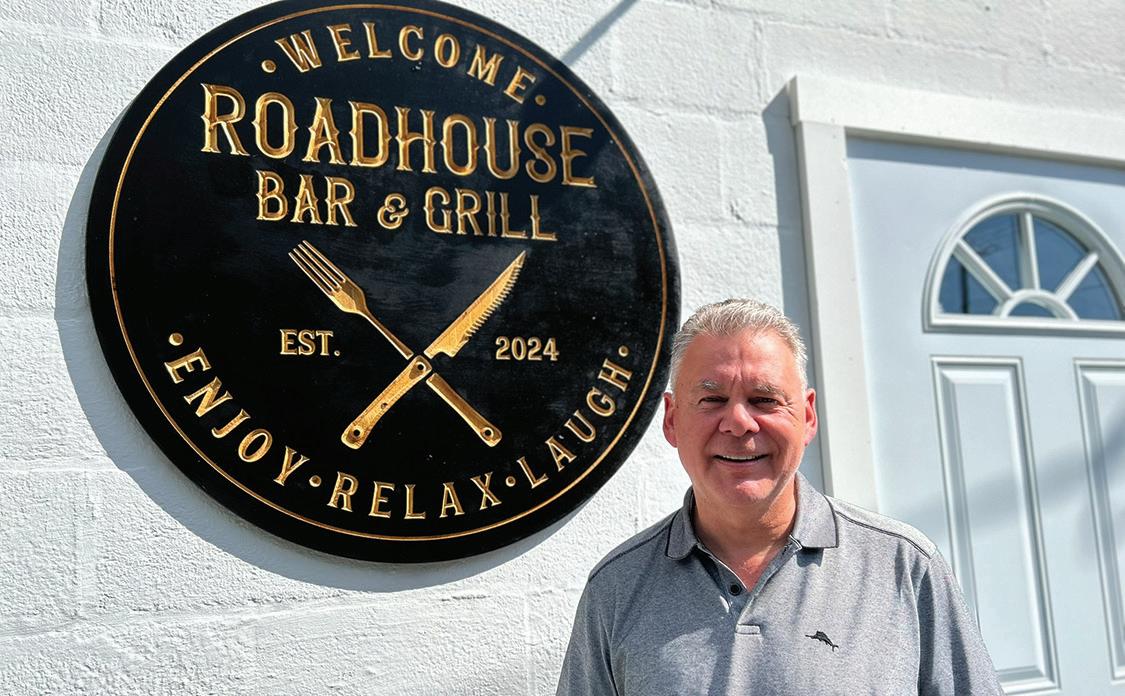

"Welcome to our Roadhouse Bar & Grill, where the open road meets mouthwatering flavors and good ol’ fashioned hospitality. In the heart of Preston, Caroline County, we are not just about great food; we’re about creating great memories" ~ Ian & Elinor Fleming Serving Lunch 11:30 a.m. - 2:30 p.m. ~ Mon through Sat inclusive Serving Dinner 4 p.m. - 8 p.m. ~ Tue through ur inclusive 4 p.m. - 8:30 p.m. ~ Fri and Sat 201 Main St., Preston, MD 667-342-4024 Reservations Recommended!
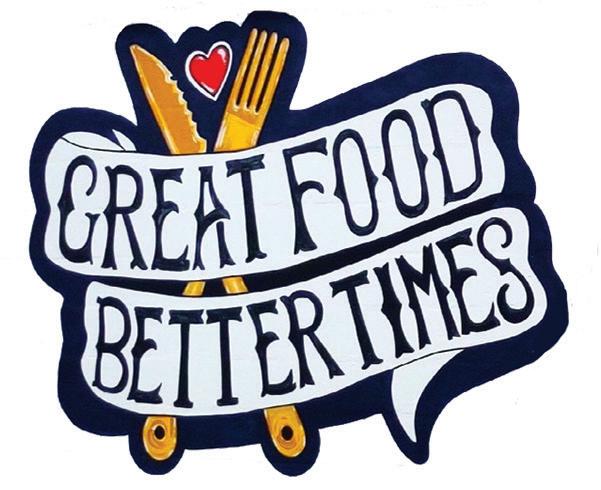
Caroline County – A Perspective
Caroline County is the very definition of a rural community. For more than 300 years, the county’s economy has been based on “market” agriculture.
Caroline County was created in 1773 from Dorchester and Queen Anne’s counties. The county was named for Lady Caroline Eden, the wife of Maryland’s last colonial governor, Robert Eden (1741-1784).
Denton, the county seat, was situated on a point between two ferry boat landings. Much of the business district in Denton was wiped out by the fire of 1863.
Following the Civil War, Denton’s location about fifty miles up the Choptank River from the Chesapeake Bay enabled it to become an important shipping point for agricultural products. Denton became a regular port-ofcall for Baltimore-based steamer lines in the latter half of the 19th century.
Preston was the site of three Underground Railroad stations during the 1840s and 1850s. One of those stations was operated by Harriet Tubman’s parents, Benjamin and Harriet Ross. When Tubman’s parents were exposed by a traitor, she smuggled them to safety in Wilmington, Delaware.
Linchester Mill, just east of Preston, can be traced back to 1681, and possibly as early as 1670. The mill is the last of 26 water-powered mills to operate in Caroline County and is currently being restored. The long-term goals include rebuilding the millpond, rehabilitating the mill equipment, restoring the miller’s dwelling, and opening the historic mill on a scheduled basis.
Federalsburg is located on Marshyhope Creek in the southern-most part of Caroline County. Agriculture is still a major portion of the industry in the area; however, Federalsburg is rapidly being discovered and there is a noticeable influx of people, expansion and development. Ridgely has found a niche as the “Strawberry Capital of the World.” The present streetscape, lined with stately Victorian homes, reflects the transient prosperity during the countywide canning boom (1895-1919). Hanover Foods, formerly an enterprise of Saulsbury Bros. Inc., for more than 100 years, is the last of more than 250 food processors that once operated in the Caroline County region.
Points of interest in Caroline County include the Museum of Rural Life in Denton, Adkins Arboretum near Ridgely, and the Mason-Dixon Crown Stone in Marydel. To contact the Caroline County Office of Tourism, call 410-479-0655 or visit their website at www.tourcaroline.com .

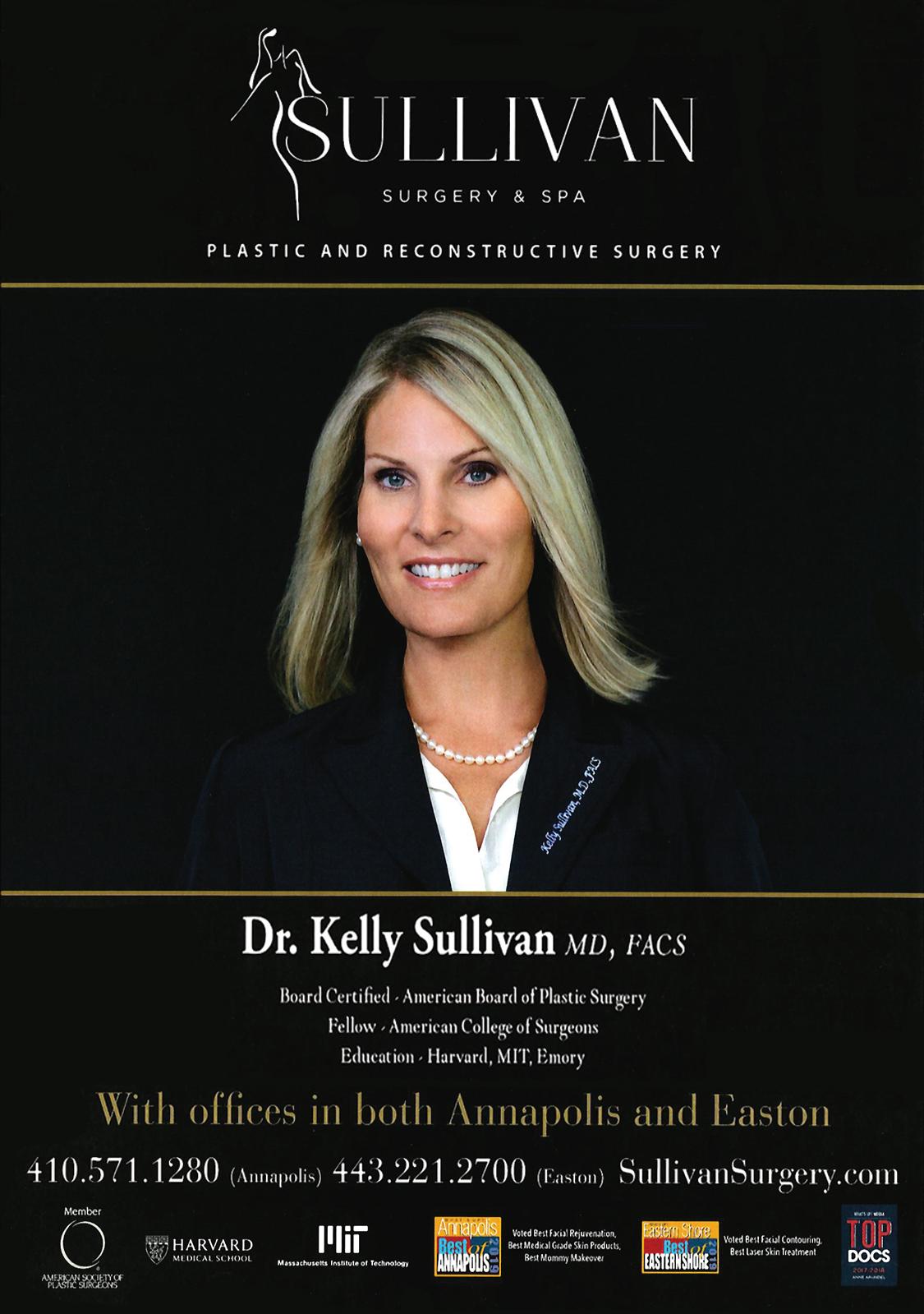

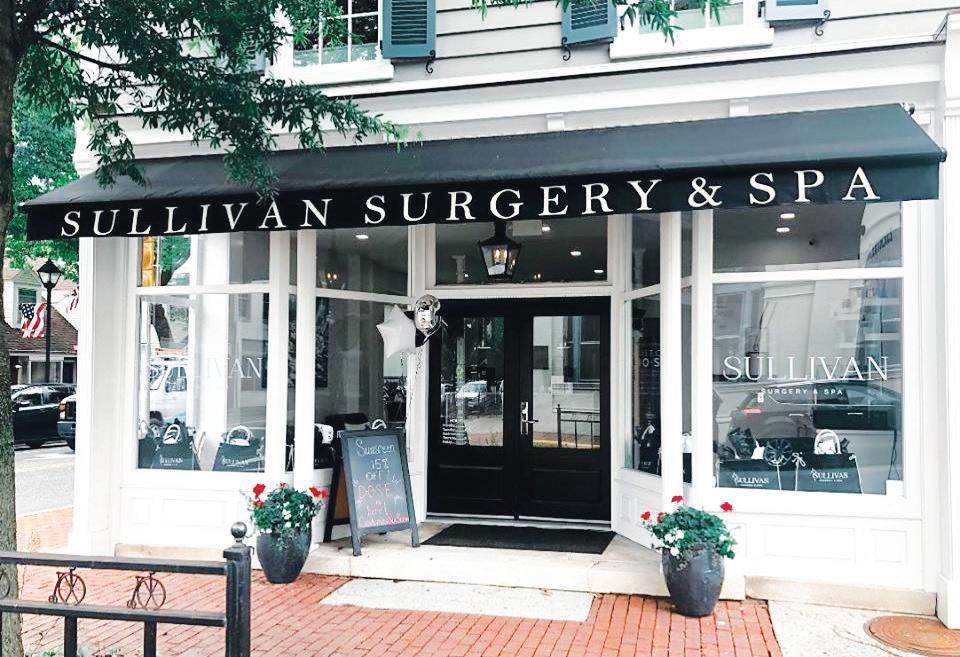

Easton
Map and History
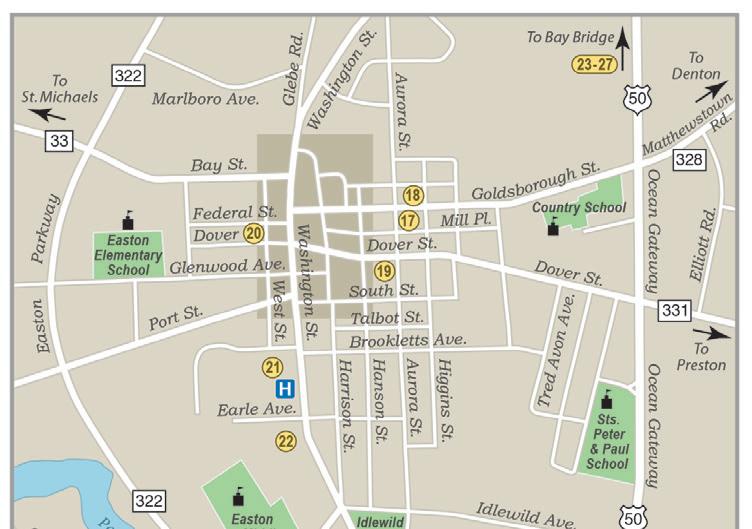
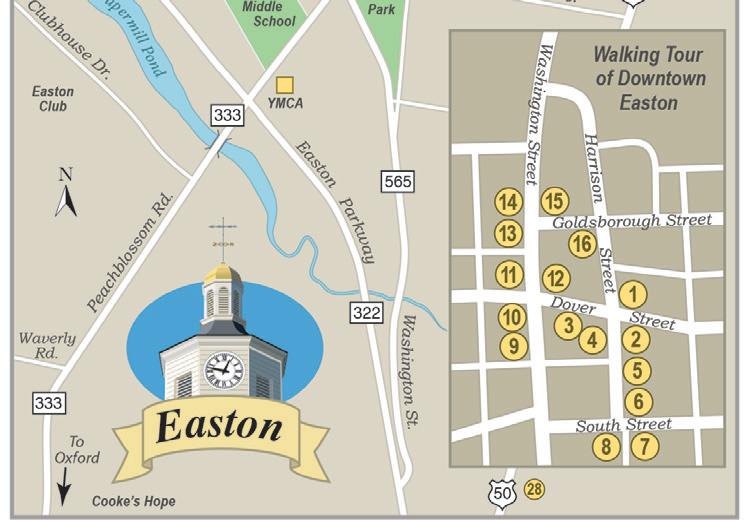

The County Seat of Talbot County. Established around early religious settlements and a court of law, Historic Downtown Easton is today a centerpiece of fine specialty shops, business and cultural activities, unique restaurants, and architectural fascination. Treelined streets are graced with various period structures and remarkable homes, carefully preserved or restored. Because of its historical significance, historic Easton has earned distinction as the “Colonial Capitol of the Eastern Shore” and was honored as number eight in the book “The 100 Best Small Towns in America.” With a population of over 16,500, Easton offers the best of many worlds including access to large metropolitan areas like Baltimore, Annapolis, Washington, and Wilmington. For a walking tour and more history visit https:// tidewatertimes.com/travel-tourism/easton-maryland/.






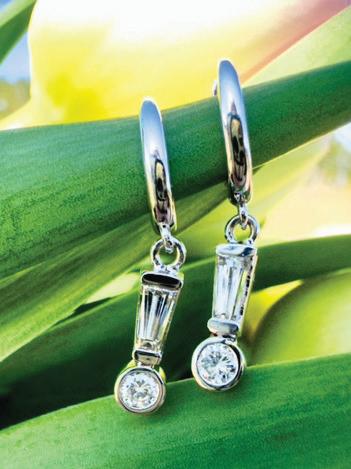
Dorchester Map and History
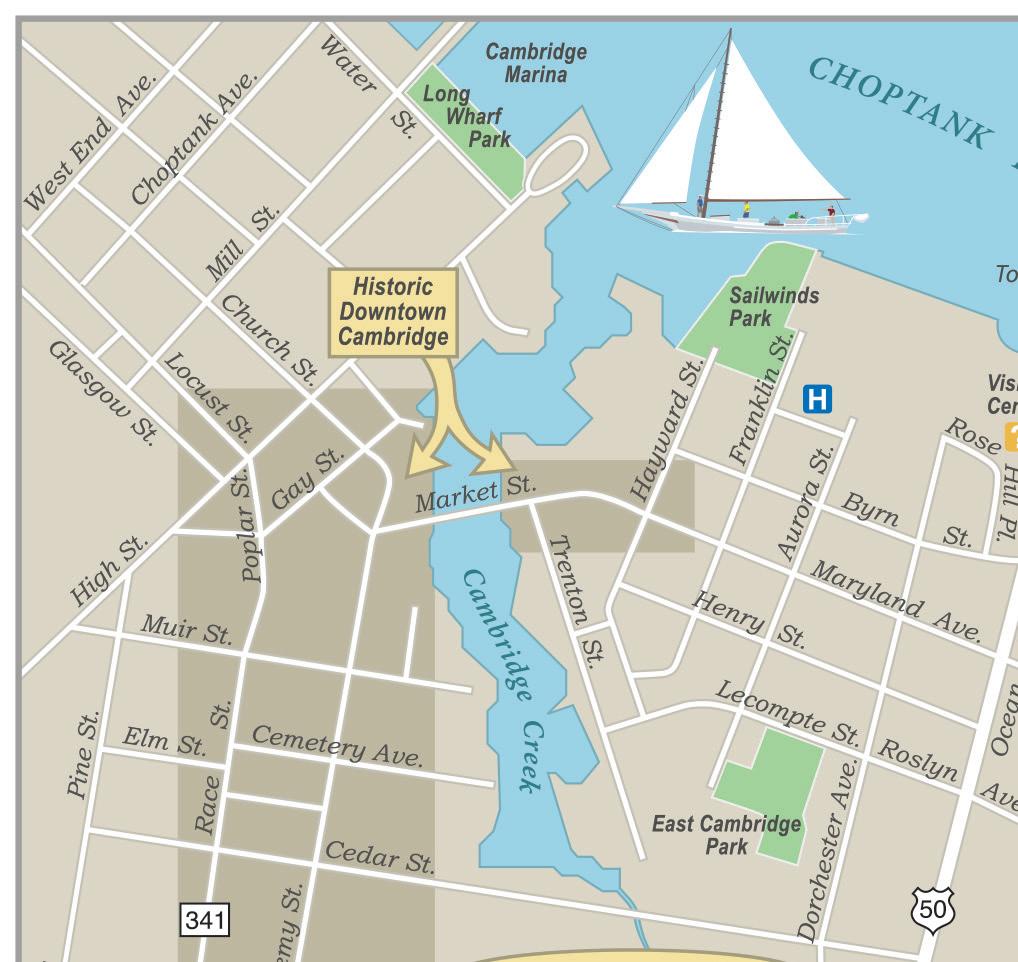



Dorchester County is known as the Heart of the Chesapeake. It is rich in Chesapeake Bay history, folklore and tradition. With 1,700 miles of shoreline (more than any other Maryland county), marshlands, working boats, quaint waterfront towns and villages among fertile farm fields – much still exists of what is the authentic Eastern Shore landscape and traditional way of life along the Chesapeake.
For more information about Dorchester County visit https://tidewatertimes.com/travel-tourism/dorchester/.
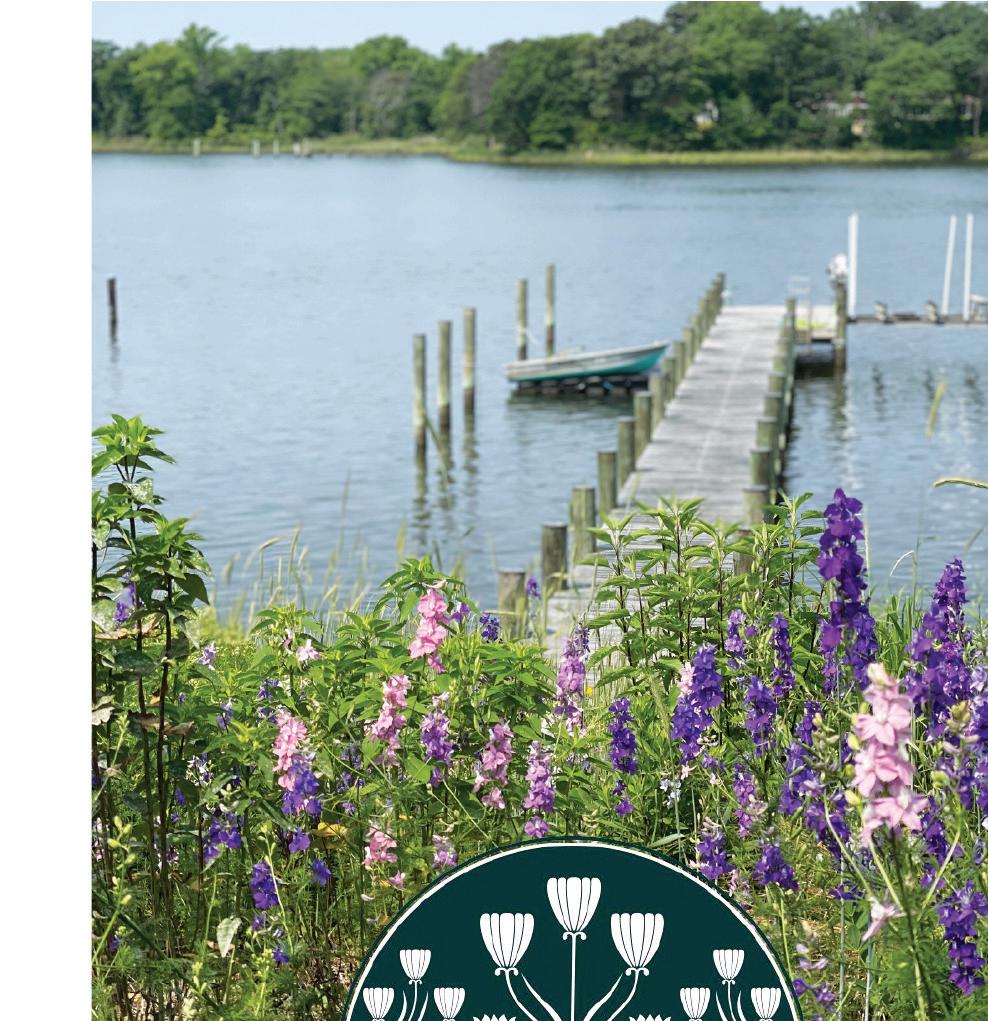

TIDEWATER GARDENING
by K. Marc Teffeau, Ph.D.
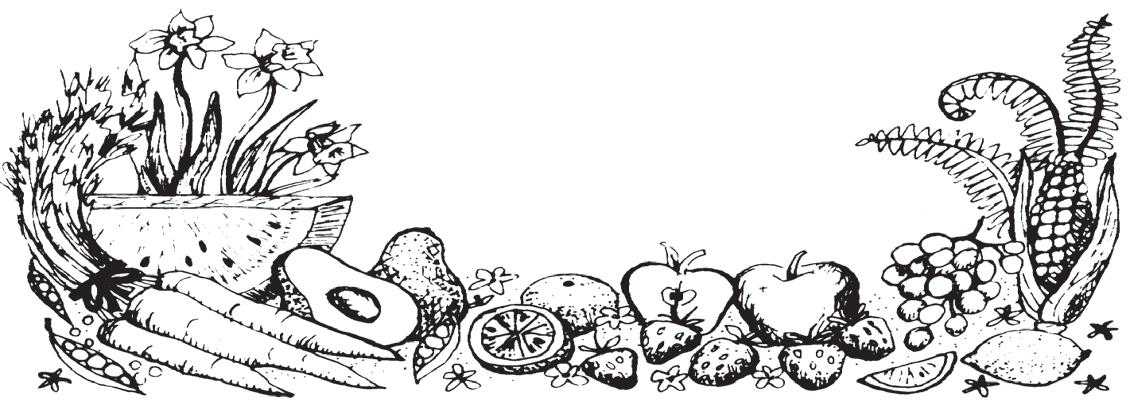
The Fruit Moon - Galoni
I have noticed several beautiful moonrises this summer. My late step-grandmother, who raised my father, was half Georgia Cherokee. She always planted her garden by the signs of the moon. The Cherokees call the August full moon the Fruit Moon – Galoni. During this time, the “fruit” food of the trees and bushes are gathered. The “Paint Clans” began to gather
many of the herbs and medicines for which they were historically known. Green Corn festivals are commonly held at this time in modern-day communities. The “Wild Potato” clans, AniNudawegi, begin harvesting various foods growing along the streams, marshes, lakes and ponds.
August, with its lingering warmth and sudden thunder -

Tidewater Gardening

storms, marks a turning point for both plants and gardeners alike. The temptation is to stay indoors and enjoy the air conditioning. But, alas, there are things to do in the landscape and garden. There are some activities that you should do

now and others that shouldn’t be done or postponed until later in the fall. You may notice a subtle change in the minutes of sunlight and the long afternoon shadows that now appear.

During August, if we experience a dry spell in the landscape, water shrubs deeply once a week, not a shallow daily irrigation. This is also important for any newly planted shrubs and trees in the landscape, especially containergrown plants. Many plants, including Camellias and Rhododendrons, are forming buds for next season’s bloom now. Do not prune ornamental trees and shrubs. The removal of large branches, unless they are dead, will tend to stimulate new branches to grow.
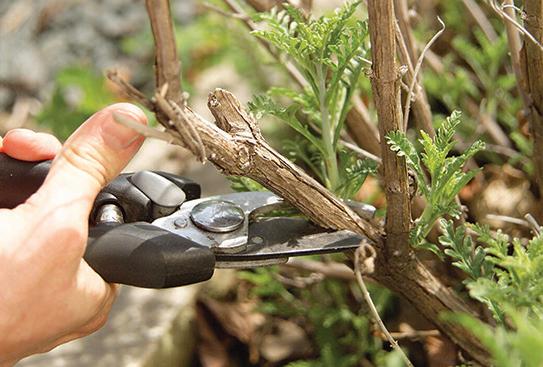


Tidewater Gardening
Because of their late start, these new branches will not be able to acclimate themselves to the first frost and subsequent cold weather. The results will be much winter injury and the death of these new branches as well as injury to the entire plant. However, if your hedge is beginning to look a little shaggy, there is still time left to do light summer pruning or shearing. If you did not get around to pruning your spring-flowering shrubs this spring or early summer, forget about them until next spring after they have flowered.
Don’t forget to prop up the branches of fruit trees that are threatening to break under the increasing weight of ripening fruit.

Be sure to make a mental note now to thin next year’s crop in June to reduce the number of fruit the tree is carrying to improve the size and quality of the remaining fruit. Watering is also critical for fruit trees now, especially for peaches. To get the flesh to swell and to produce large fruit, be sure the tree gets adequate water about two weeks the product is to be harvested.
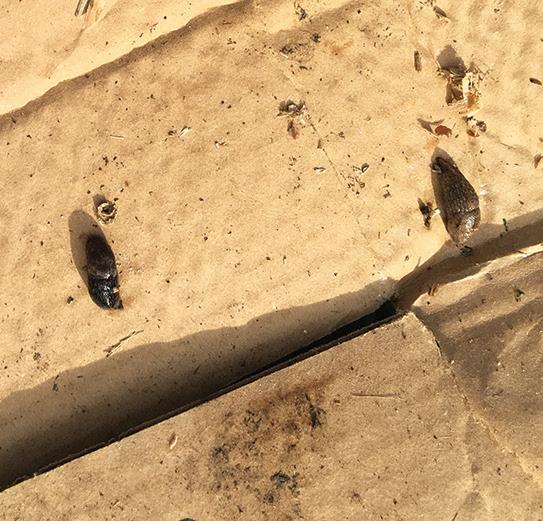
With wet weather, slugs have become a problem for you this year in the landscape or garden. A quick and easy method of reducing their population, especially if you are squeamish about the critters, is to put out squares of cardboard in your garden each night. In the morning, pick them up and if any slugs are clinging to the underside, discard the whole square in the trash. The number and size of the squares depend on the size of your garden and how heavy the infestation is. This eliminates the process






Tidewater Gardening
of handpicking each one and is a good alternative to the beer in the pan.
Now is also not the time to do any extensive fertilizing on the trees and shrubs in the landscape. Like late-season pruning, latesummer fertilizing will stimulate late growth that will be soft and easily killed by the first frost. In addition to producing soft growth, fertilizing now can also stimulate the plants into growth if we have an Indian summer later this fall. If this happens, you can almost guarantee that your plants will not be able to survive the winter. If you neglected to fertilize your trees
and shrubs this past spring, continue to neglect them until sometime around the first of November or after the first or second hard frost.
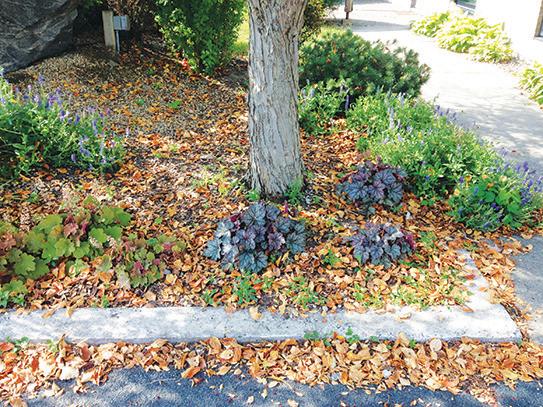
The leaves of deciduous trees usually start falling in late September. You might notice that some trees seem to shed leaves in mid-
Custom Yearly Programs
Mosquito and Tick Control
Fertilizing


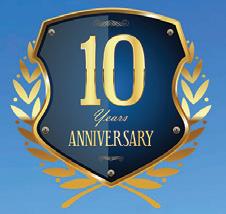
Disease and Fungal Control Soil Amendments Overseeding Aeration

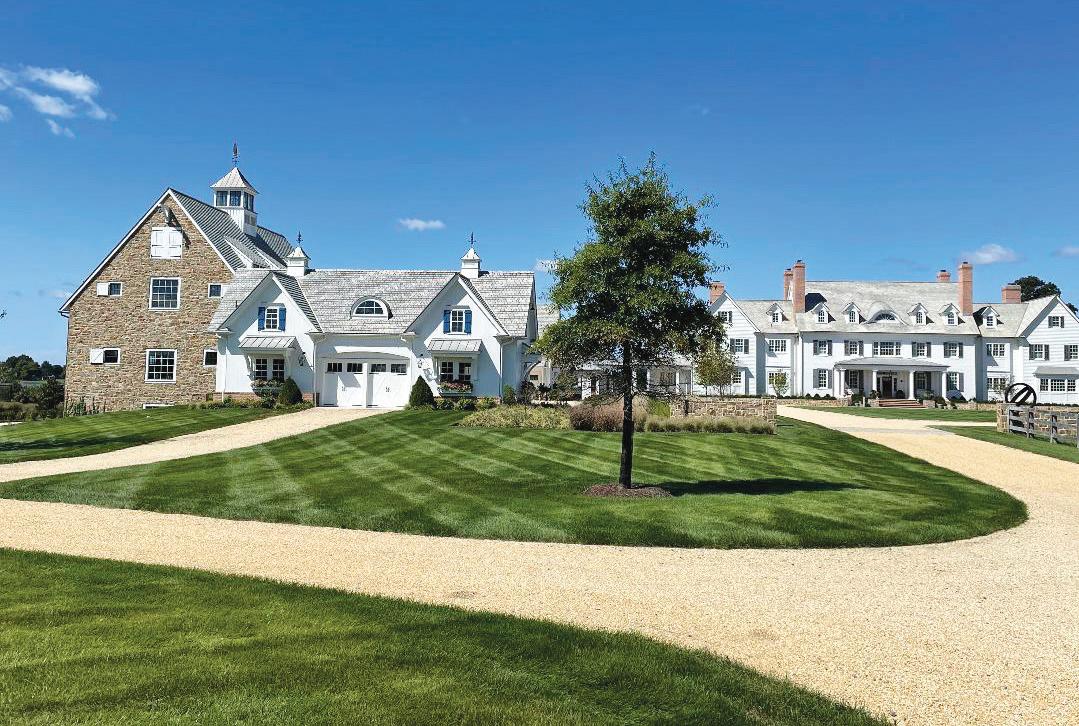
Complete Lawn Renovations Grading
summer. Mid-summer leaf fall is a normal condition for the most part and can be caused by several factors. One of the most common reasons for early leaf fall is drought. The tree may shed up to 10% of its leaves to reduce the amount of water that it is losing through transpiration. Loss of these leaves does little harm to the tree. In wet springs, vigorously growing trees may make too many leaves. Once the normal summer dryness comes, the trees drop excess leaves to maintain a balance.
Sometimes the tree’s inner leaves and twigs are shaded out by the upper, outer leaves and branches. These leaves die from lack of sunlight, resulting in large, low

branches bare near the trunk. An entire tree may be shaded out by an over-towering tree and then die. Or two adjoining trees may mutually shade out the sides that face each other. If one of the trees then dies, the other has only dead branches on that side.
During hot, dry August days, avoid deep cultivation in your flower beds. Loosening the soil un-



Tidewater Gardening
der these conditions reduces water uptake by increasing the loss of soil water and damaging surface roots. Plants often look much worse after cultivation than before.
Remember to give roses at least 1” of water per week. Remove spent blooms (deadheading) to encourage quicker rebloom. Watch for spider mites on the underside of the upper leaves. A blast of water to the undersides of the leaves will discourage them. Continue fertilizing once a month for both August and September. If you are interested in doing some propagation of some of your shrubs, now is a good time to take root cuttings of woody shrubs and evergreens (such as azaleas, holly, and hydrangeas) to propagate.

In the vegetable garden, go no later than the first week in August to start seeds of cool-weather vegetables like broccoli, cabbage, cauliflower, collards and lettuce to transplant to the garden in early to
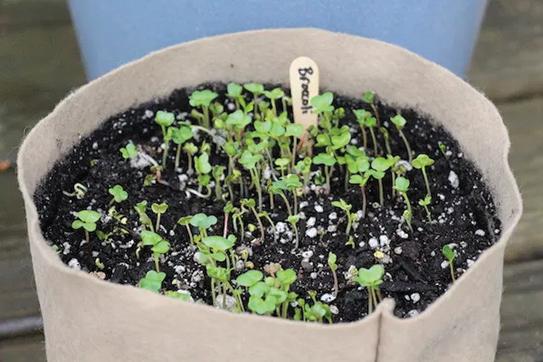
mid-September. Wait until the first of September to direct seed lettuce, kale, turnips, beets and other coolseason crops. You can get in one more planting of green beans the first of August for a fall crop.
Make cuttings of herb plantings in August for preservation. Rosemary, basil, sage, tarragon and other herbs can be cut, dried and frozen for use later on in the winter. Herbs have their most intense flavors right before the plant blooms.
Two foliage diseases that show up in late summer when the days are warm and the nights cool are downy and powdery mildew. These diseases will affect vine-type vegetables and tomatoes. The first of these, downy mildew, will be a problem on beans, cucumbers and cantaloupes. This fungus disease causes yellow to dark areas on the upper surface of older leaves. Turn the leaf over and you’ll see a whitish or gray-colored mold in patches on the undersurface. The mold may also occur on bean pods. Affected vines may be scorched and killed.

Are you tired of spending your weekends battling unruly grass and overgrown shrubs? Look no further! Sanchez Lawn Management is your one-stop solution for all your property management needs.
• Grass cutting
• Mulching
• Power washing
• Leaf removal
• Estate management
We're here to turn your lawn into a verdant oasis you can be proud of. Our team of experienced professionals is dedicated to providing quality service. Whether you're in need of routine maintenance or a complete lawn makeover, we've got you covered. At Sanchez Lawn Management, we understand that your lawn is more than just grass—it's a reflection of your home and lifestyle. That's why we go above and beyond to deliver exceptional results that exceed your expectations.
Ready to experience the difference with Sanchez Lawn Management? Let us help you achieve the lawn of your dreams! We’re just a phone call away. 410-253-4906
Tidewater Gardening
Powdery mildew appears as a white or brownish talcum-like growth on leaves and young stems of squash, pumpkins, cantaloupes and cucumbers. Look for it, especially on the upper surface of leaves. It will also sometimes affect fruit. Severely infected plants will turn yellow, wither and die. To control either downy or powdery mildew, use resistant varieties, practice crop rotation within your garden and maintain good weed control. It also helps to space plants properly.
Overcrowding keeps the humidity high around the plants and favors the development and spread of diseases. Destroy residues of affected crops in the fall since they will serve as a source of new infections next year.
When disease symptoms are observed, it is often too late to apply fungicide, although fungicide treatments can help to protect new or uninfected foliage. Fixed cop -

per, sulfur and horticultural oil are some organic fungicides used by home gardeners. There are a number of brands of fungicides available at your local garden center for disease control. Be sure to read the label of any pesticide before using it. It is also important to reduce the spread of the disease by not watering the plant leaves, avoiding touching the wet leaves and providing adequate air circulation between and around the plants to help the leaves dry out quickly. Be sure to harvest the crops as soon as they are mature to avoid heavy disease damage to them.
Regarding harvesting, sometimes home gardeners are confused as to when to harvest cucumbers and melons. Harvest the cukes

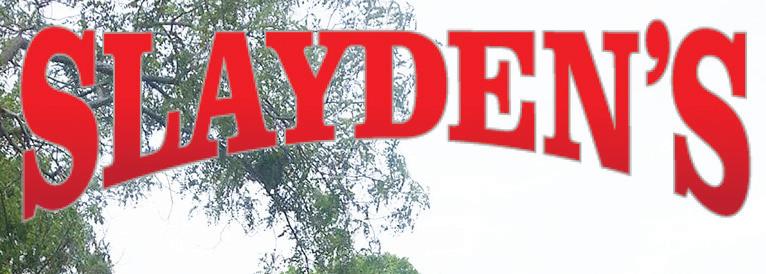

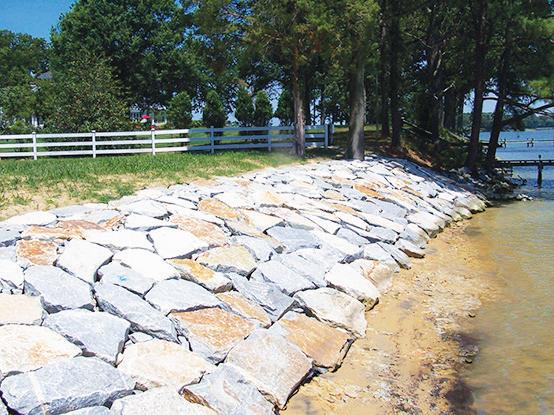


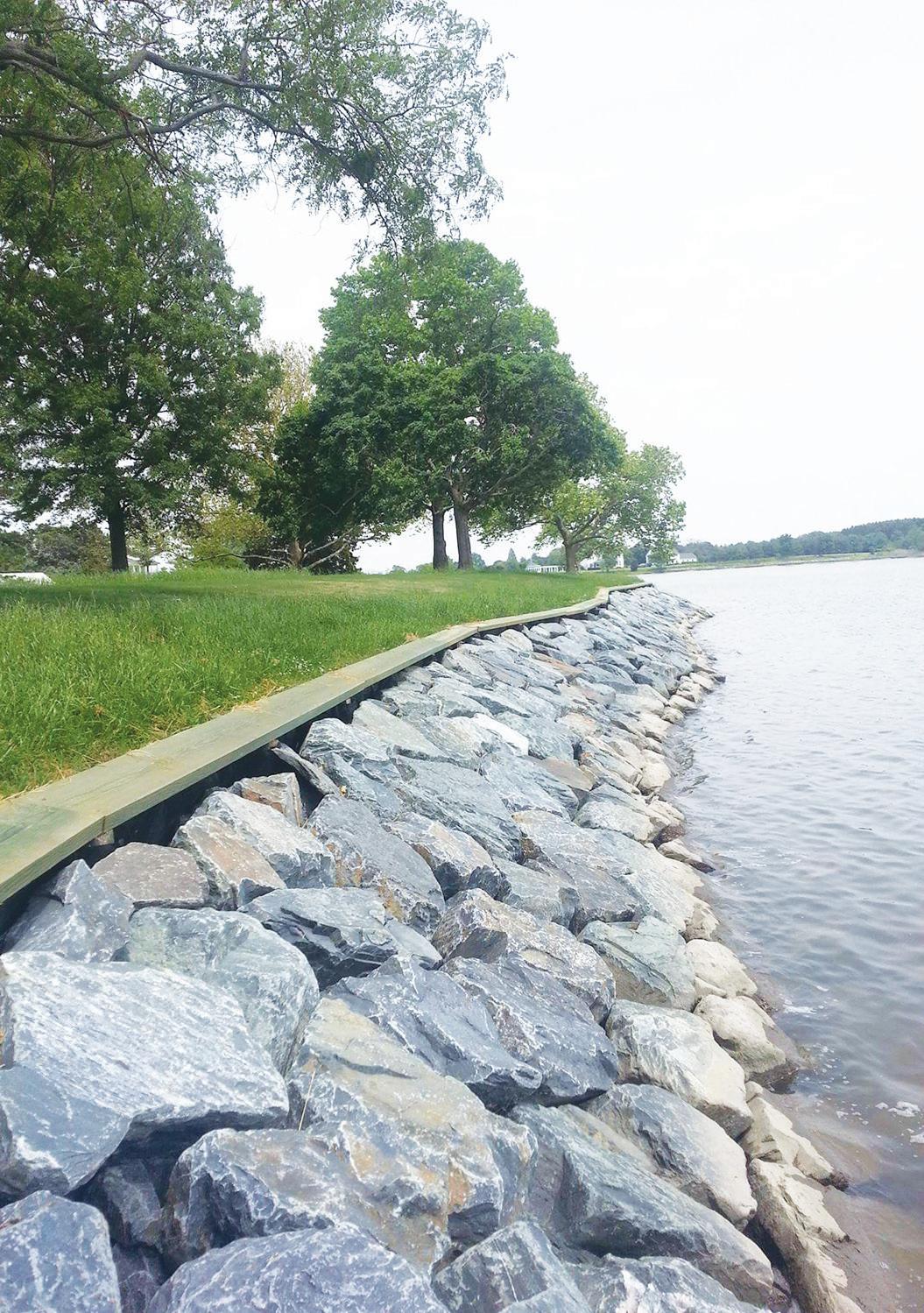

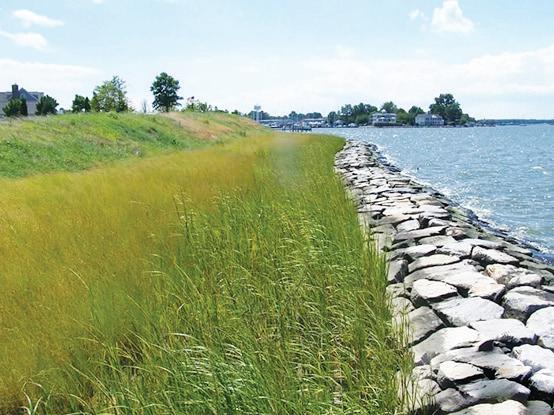
Tidewater Gardening
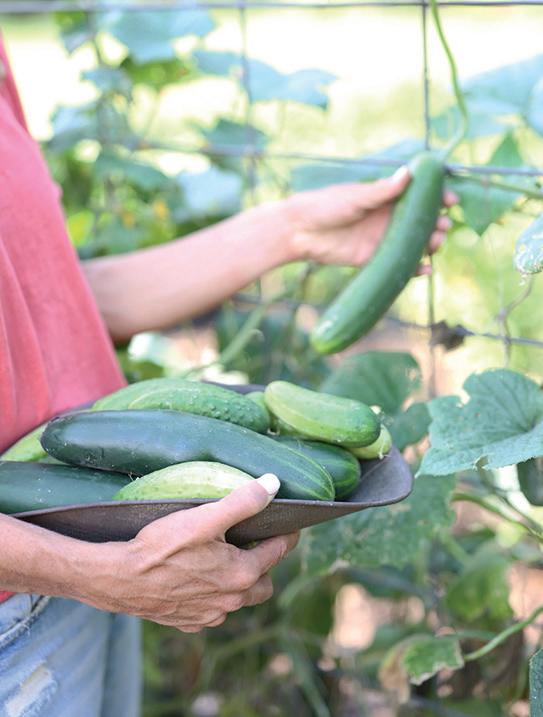
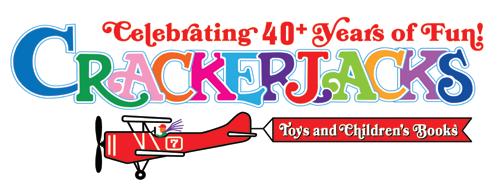

when they are small to mid-size. If you wait to let them grow too big, they will become bitter and woody. Did you know that heavy rainfall like a thunderstorm at harvest can dilute the sugars in melons? Watermelons can re-concentrate sugar if left on the vine for a few dry days, but cantaloupes can’t. Cantaloupes are ready to be harvested when the melons pull easily from the stem; honeydews when the blossom end is slightly soft or springy; watermelons when there is a hollow sound when thumped and skin loses its shine. Also, run your hand around the middle of the watermelon. When fully ripe, most varieties develop low, longitudinal ridges, rather like flexed calf muscles.
If you have small fruit plantings in your garden, they also need your attention now. It is important to maintain adequate water for the strawberries, blueberries and bramble crops now. They are forming their fruit buds for next year’s crop. A slow, long soaking of the water hose around the plants during the dry spells of August will ensure that you will have good fruit bud production for next year’s crop.
Happy Gardening!
Marc

Teffeau retired as Director of Research and Regulatory Affairs at the American Nursery and Landscape Association in Washington, D.C. He now lives in Georgia with his wife, Linda

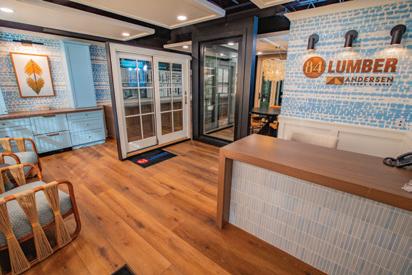
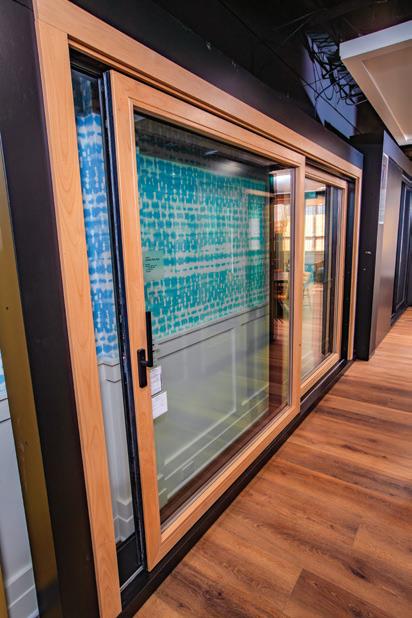
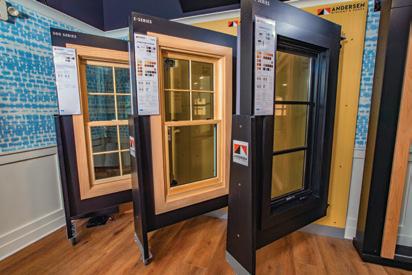


St. Michaels Map and History
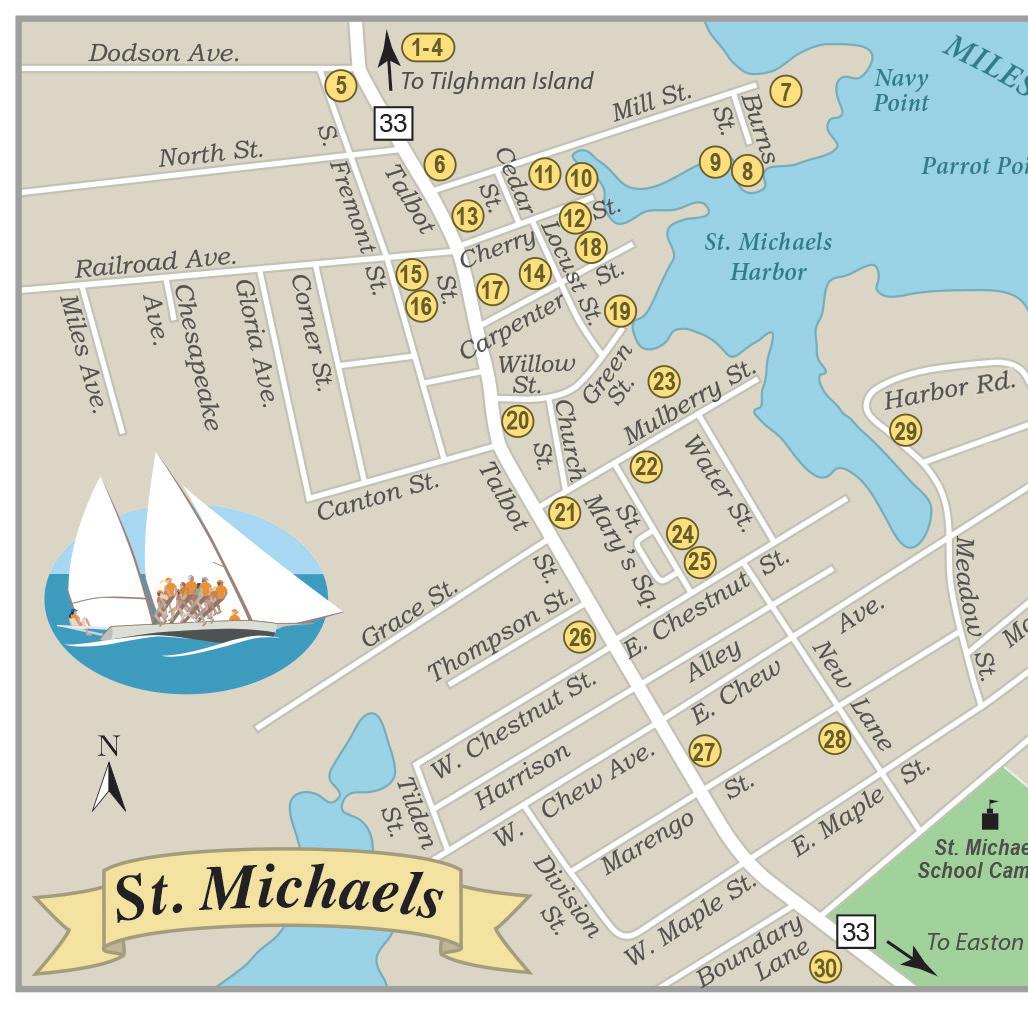


On the broad Miles River, with its picturesque tree-lined streets and beautiful harbor, St. Michaels has been a haven for boats plying the Chesapeake and its inlets since the earliest days. Here, some of the handsomest models of the Bay craft, such as canoes, bugeyes, pungys and some famous Baltimore Clippers, were designed and built. The Church, named “St. Michael’s,” was the first building erected (about 1677) and around it clustered the town that took its name.
For a walking tour and more history of the St. Michaels area visit https://tidewatertimes.com/travel-tourism/st-michaels-maryland/.

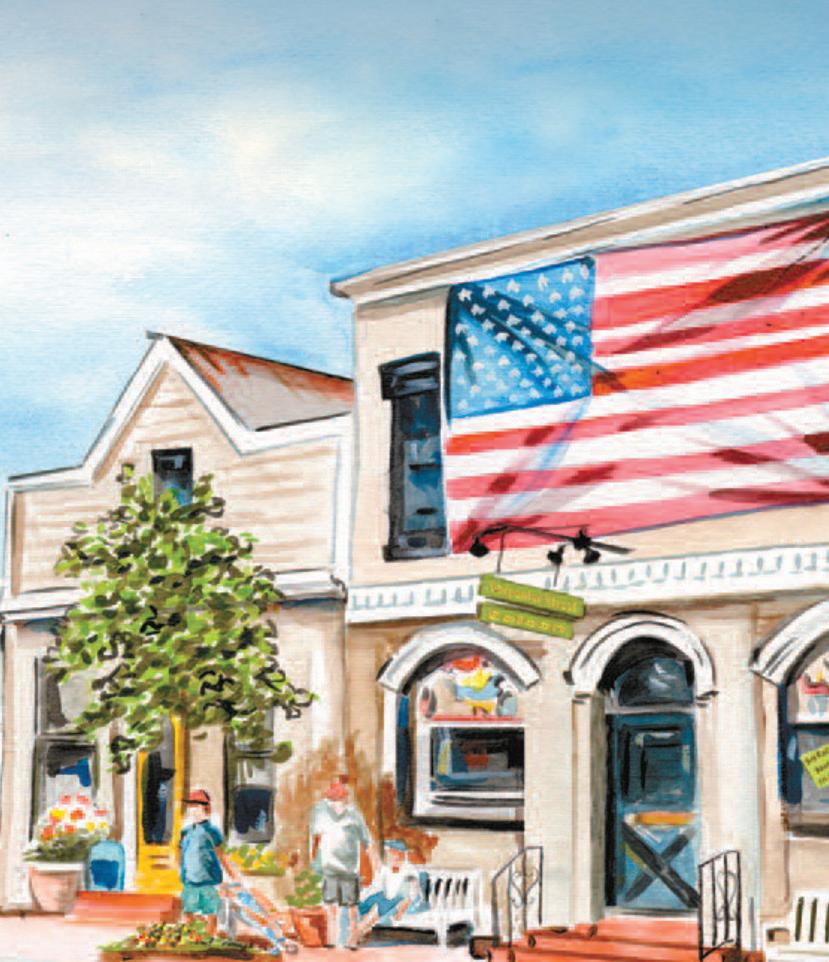
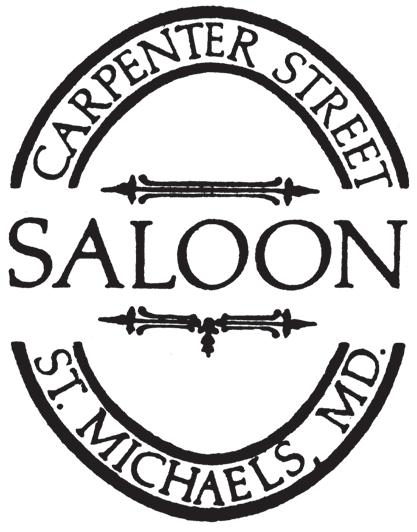

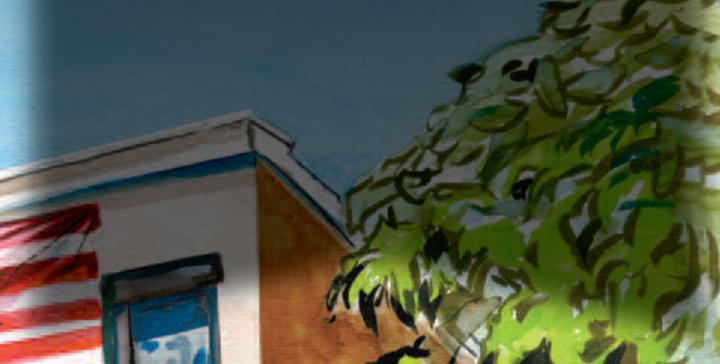
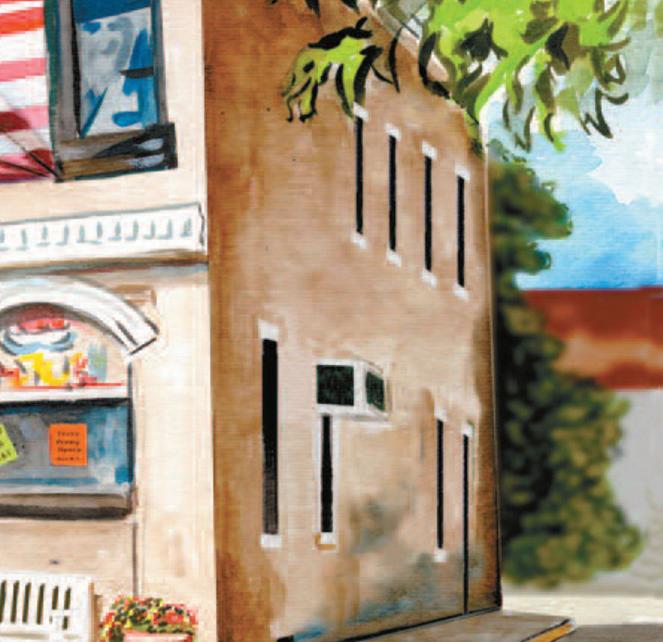
The Old “Kunners”
by A.M. Foley
In the 1950s, a visitor to southern Dorchester County wrote of Elliott Island, “Mingled among the sounds of cackling laying hens and gobbling turkeys, you’ll hear the hammering of an old-time boatbuilder constructing a boat in his yard. There is almost always a craft being built in someone’s yard.” Undoubtedly, a few centuries earlier, the sound would have come from an original resident (sans hammer) scraping the shape of a canoe from an ancient tree. In time, larger bugeye buyboats began with
the same process. Jim Richardson, longtime boatbuilder of Dorchester, was asked by the Smithsonian to repair a dugout in their collection. He was familiar enough with their canoe’s form to opine that five Indians alternated scraping it out, one of whom was left-handed.
As for the first European settler on Elliott Island, according to a 1697 census of vessels, John Elliott had a sloop, sized to carry about thirty hogs-heads of tobacco. In 1757, the third in his long line identified himself as “John Elliott, Ship -
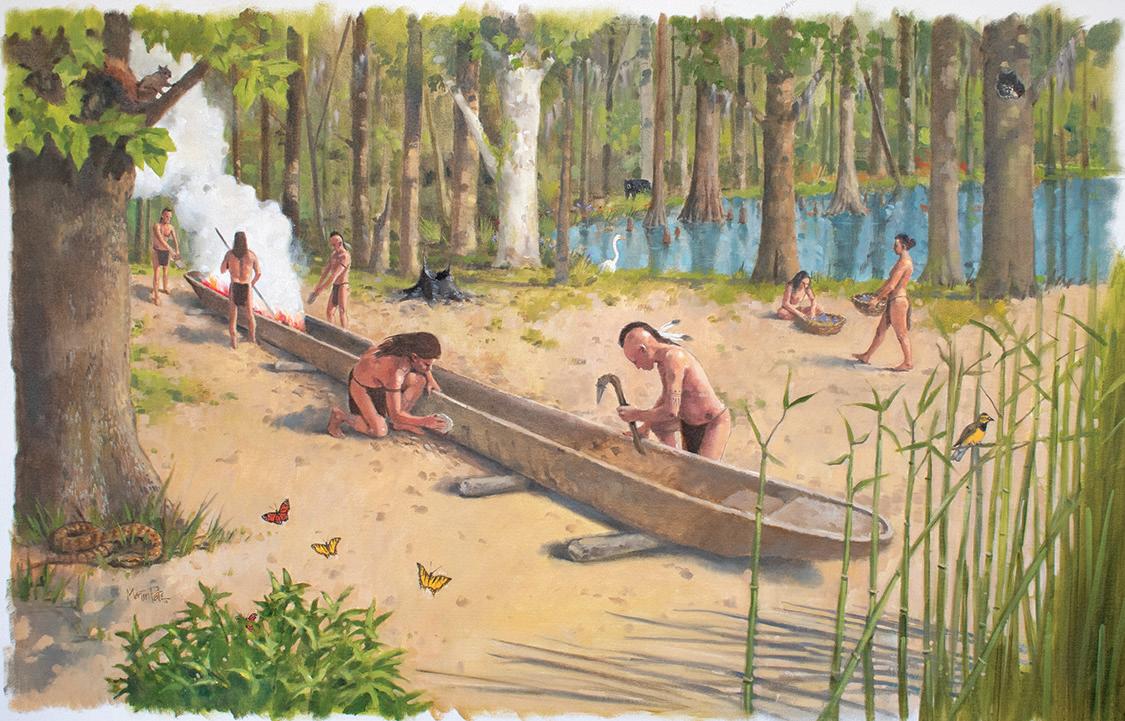
The Old "Kunners"
wright.” If skiffs count, the last island boatbuilder was 75-year-old Dick Shorter, who built a skiff in 1988 behind his house on the main island road. Folks wondered why Dick was building it, and he said, “Just to see if I still can.” Between
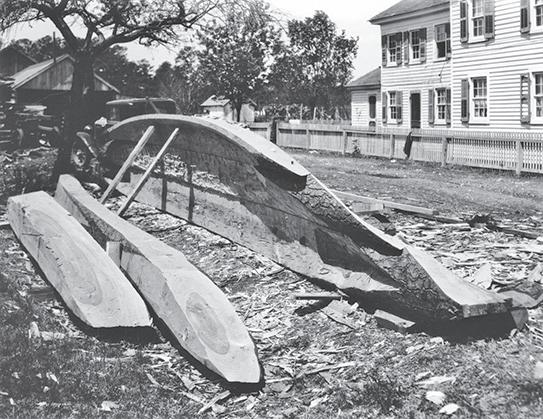
Closed Tuesdays
John Elliott III and Dick Shorter, islanders constructed countless plank-built boats, but first came the canoes (“KUN-ners”), workboats dug out the old-fashioned way. Over time, sails were added, then gasoline engines.
Like many in South Dorchester, island boatbuilders were often a blend of Native and European forebearers. Such isolated communities relied on local waterways to sustain them and to link them to a wider world as watercraft were evolving. Since initial European contact, it had grown possible and necessary to bolt logs together into “five-chunk kunners” and “seven-chunk kunners.” An adze replaced shell scrapers,
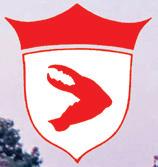
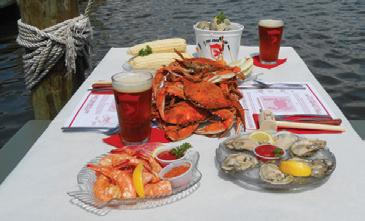

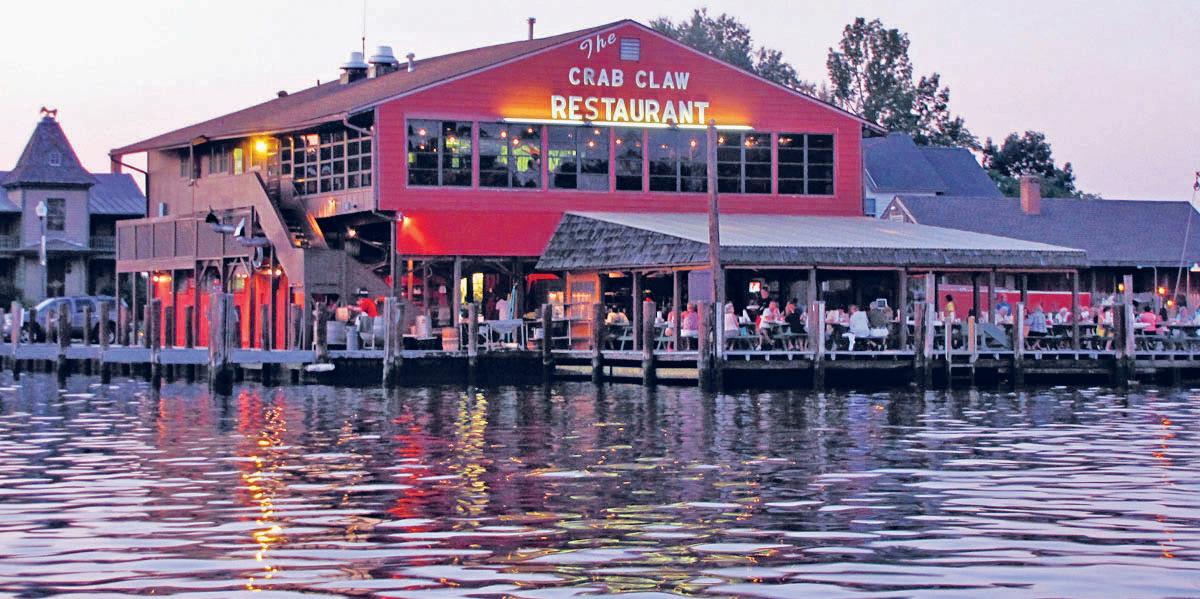

but still the craft were shaped by rack-of-eye—without formal plans or models. They called it working “winchum-squinchum.”
Samuel W. Jones (1845-1927) built what was probably the last log canoe originally hewn by a native Elliott Islander. He’d built larger vessels earlier in his career, like building himself the 48-foot
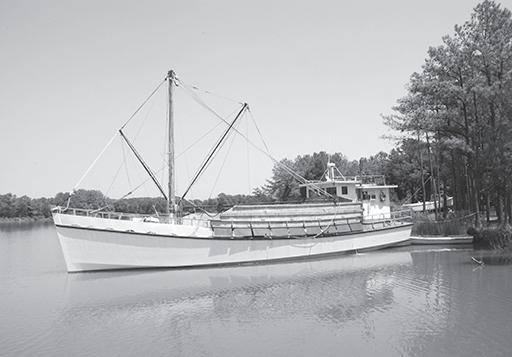
Samuel Thomas , a round-sterned gas-powered buyboat of 18 gross tons. When he built his last canoe, he was around 80, maybe doing it “just to see if he still could.” Howard Elwood Gray lived next door to Sam Jones and remembered watching him work:
“It was around 1925. I can see him now, going out in the woods across the road and picking out what trees he wanted—having them pulled up into the yard. Then he peeled off the bark, using his adze like a surgeon. He got his chalk line marked off on the main log. Keeping a keen eye on the chalk line, he’d raise that adze up over his head and swing and hit the line—dead center every time.





Oxford Map and History
Oxford is one of the oldest towns in Maryland. Although already settled for perhaps 20 years, Oxford marks the year 1683 as its official founding, for in that year Oxford was first named by the Maryland General Assembly as a seaport and was laid out as a town. In 1694, Oxford and a new town called Anne Arundel (now Annapolis) were selected the only ports of entry for the entire Maryland province. Until the American Revolution, Oxford enjoyed prominence as an international shipping center surrounded by wealthy tobacco plantations. Today, Oxford is a charming tree-lined and waterbound village with a population of just over 700 and is still important in boat building and yachting. It has a protected harbor for watermen who harvest oysters, crabs, clams and fish, and for sailors from all over the Bay. For a walking tour and more history visit https://tidewatertimes. com/travel-tourism/oxford-maryland/.
The Old "Kunners"
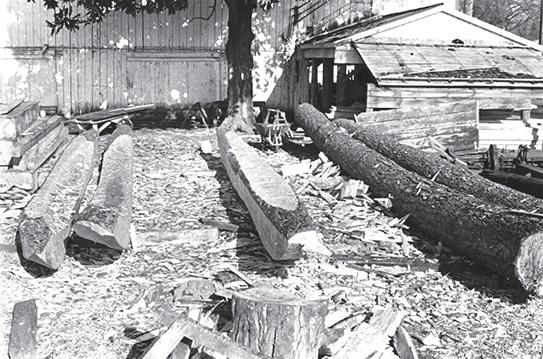
And each piece that peeled off left a perfectly smooth cut.”
The last canoe actually built on Elliott Island was crafted by Tom Shores of Tyaskin. He and a helper crossed the Nanticoke River in the mid-1930s to live with Captain Spry Gray until the job was done.
At the time, numerous islanders were building larger, newer-style craft. Well into his seventies, Captain Spry had apparently outlived his canoe, or perhaps it had been his father’s. In any case, he wasn’t ready to change his ways. Thomas Gray, a contemporary islander of Spry’s father, had kept an account book in the 1850s, when he paid for construction of a two-masted, fivechunk canoe. Captain Tom carefully recorded, “The hole mount of coust mount up to the sume of fore hundred and fifty dollars fore counnoe Quickstep and paid in full.” After working her four decades, in the 1890s Captain Tom sold Quickstep for $550.00.
It was said that Monk Waller
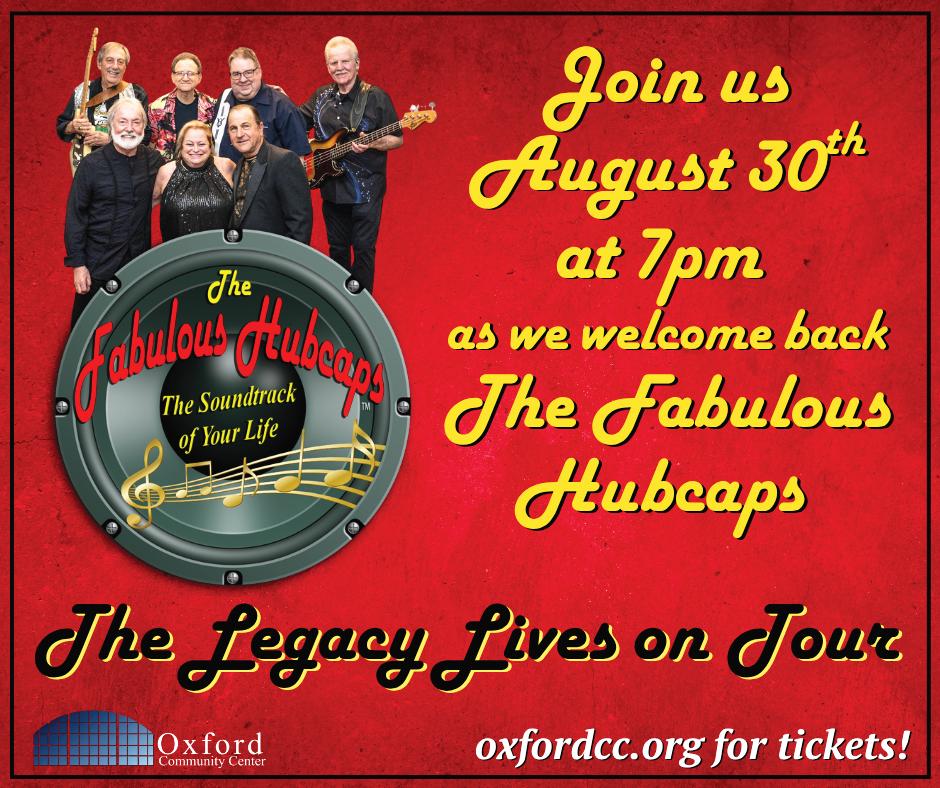
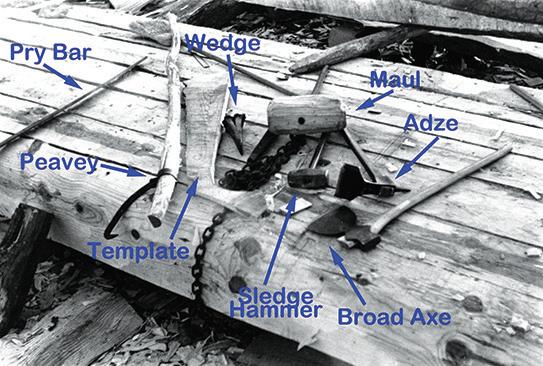
(1883-1961) was still building boats as his eyesight failed, until he worked more by touch than by sight. During Monk’s time, saildriven dugouts were being converted to power by single-cylinder Palmer gasoline engines. Captain Calvert “Katz” Evans, a youngster on the island at the time, watched the process of converting canoes
from sail to power: unstepping the mast, replacing the forelock with a chock, sawing off the bowsprit and adding a stern. Captain Katz described the installation of a “onelung” Palmer:
“Anybody handy with tools who’d seen it done, or looked at one already installed, I don’t see why he couldn’t do it. The main thing was, you had to bore a hole in the stern to get the shaft in there to put the propeller on. Then you put a bedding inside, which is no great job for anybody who’s any carpenter at all. It had to be on a certain pitch, ’cause they didn’t use anything like a car’s universal joint where you can have an angle—it had to be straight. The engine had to tilt and
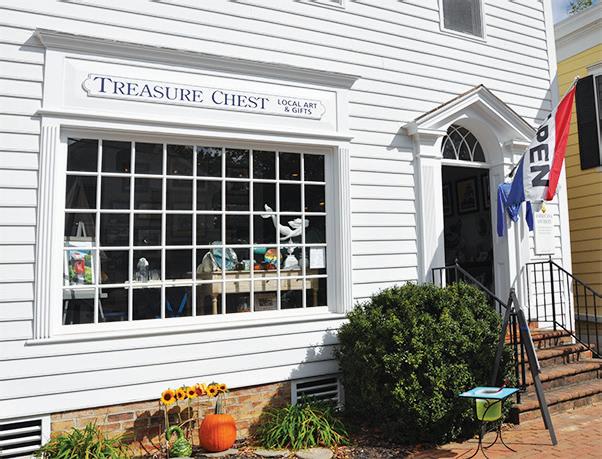
The Treasure Chest



The Old "Kunners"
sit on a slant and a solid coupling coupled up at the shaft and turned the propeller. The farther you got the engine back in the stern, which gives you more boat room, the more angle you’ve got to have. They were all trying to get it back. It never took a brilliant person to convert one. But to build the canoe, there was an art to that, because they were made out of logs and pinned together.”
Herman Moore was the first Elliott Islander to convert his canoe to power. His son Sherwood must have been a proud youngster, watching oystermen return to the harbor from a day’s tonging with furled sails. Sherwood remembered watching his
father in the lead: “When they were tonging down below and the wind fell out, he’d come back in towing four or five canoes, with that Palmer going ‘chuuug, chuuug, chuuug.’” In adulthood, Sherwood worked for Monk Waller, repairing old canoes, as well as building modern workboats of many descriptions. Sherwood said, “Aside from worms, there wasn’t much that went wrong with the bottom of a canoe.” If a log bottom ever needed repair, the rotten portion was cut out and a new piece joined with a “butterfly,” a wooden plug driven in to hold old and new chunks together.






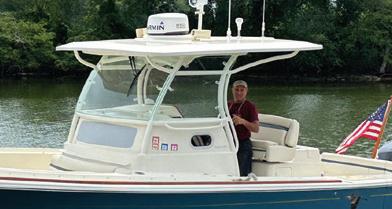

To protect against shipworms, wooden boats need to be hauled up routinely for a bottom coat of copper paint. Larger boats such as bugeyes were taken to marine railways in Salisbury, Cambridge or Whitehaven for maintenance. The cumbersome canoes were hauled up by hand on Elliott Island—quite a feat with a watery five-chunker nearing 30 feet in length. A pair of skids similar to utility poles were kept at low spots on the island so canoes could be hauled for bottom work. For repairing upper planks, the skids weren’t needed—the captain would simply wait for a good, high tide and run as far ashore as possible. With no bottom work to be done, only six or eight men could pull a canoe farther up with a bow rope. Then, re-launching was relatively simple.
On the other hand, Ralph Foxwell
Jr. remembered the labor needed to re-launch after full bottom painting and re-rigging for an upcoming season: “Men would all go down to help. They’d be sitting out on the porch of the Upper Store—which they did a lot of. Late in the evening somebody’d be going down to launch his boat and someone on the porch would just say, ‘You gonna put your boat overboard? Need some help?’ ‘Yeah.’ And they’d start stringing along. By the time they got to the creek, there’d be ten or twelve people. Some of them didn’t even like each other, didn’t talk to each other, but they’d help with your boat. They’d all go down, some walking along and talking or whittling, chewing tobacco or whatever. They’d push the boat off and
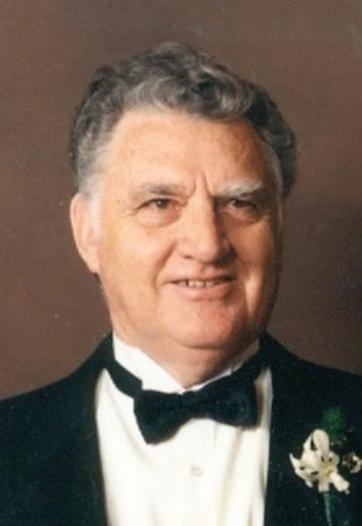
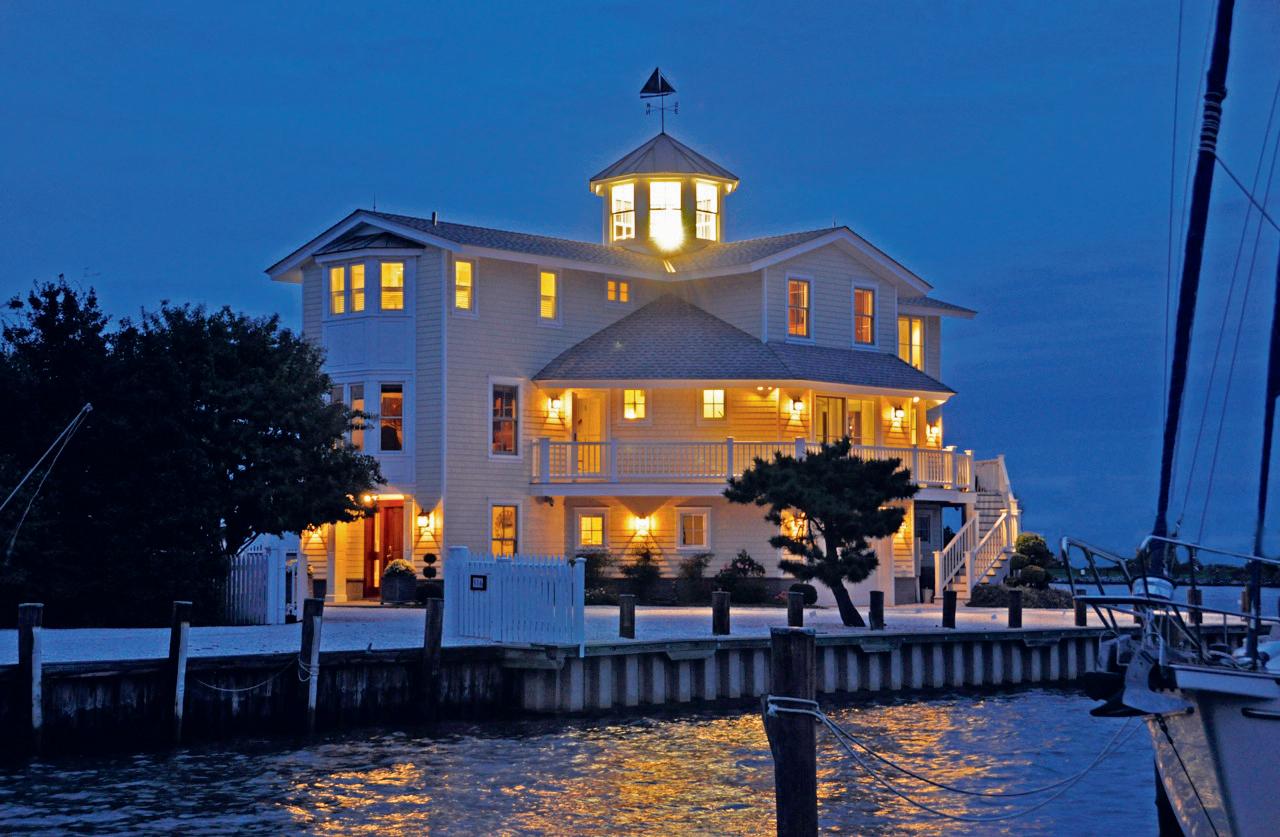
The Old "Kunners"
just turn around and walk on back, two or three here, two or three there, slow and in no hurry.”
As a newlywed, Wylie Abbott Sr. tonged for his father-in-law, Joe Gray, who had a newer, plank-built boat. In addition, Wylie said, “Joe had an old canoe, River Queen, he kept just for tonging. Between seasons, he ran it up the creek and let it sink. When oystering was com-
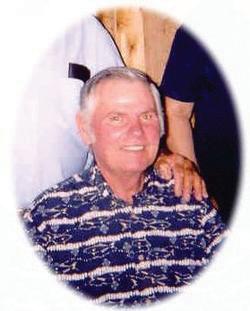
ing back in, he’d go bail it out and it’d pop back up. Every year or so he’d go up to the junkyard in Cordova and get a Ford engine. We had walking-boards on her. Her washboards weren’t so wide that it was a problem reaching over them and it was nice to be able to brace your knees when you swung the tongs in, but working from the newer boats, standing on the washboards, is a little easier.”
Even with such minimal attention, a canoe lasted a man’s lifetime. Ultimately, when he could no longer work, his old canoe would be pulled up and left on the marsh, where it didn’t last long after its owner died. An inventory of the island’s fi rst John Elliott’s estate, taken in 1728, lists his leaving “a caneu split and worm eaten.”

Forty-some years ago, A.M. Foley swapped the Washington, D.C. business scene for a writing life on Elliott Island, Maryland. Tidewater Times kindly publishes Foley’s musings on regional history and life in general.






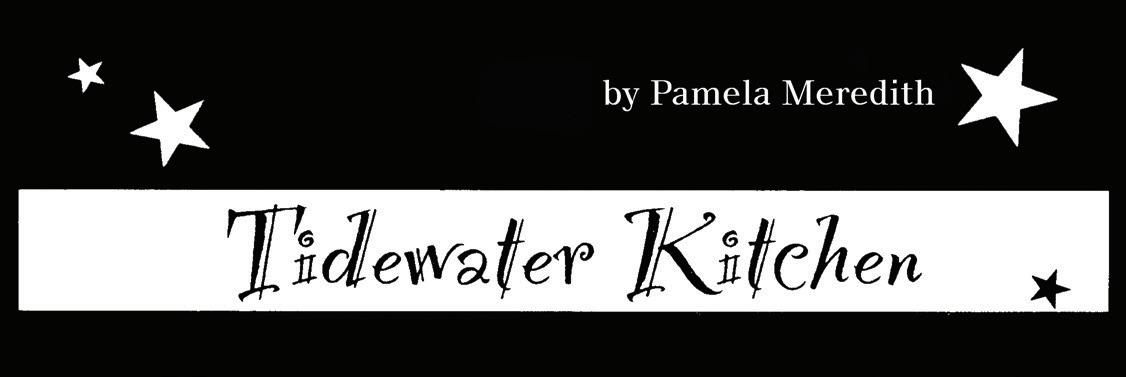
Too Hot to Cook? A Week of No-Cook Dinners
When the temperature rises and turning on the oven feels unthinkable, dinner doesn’t have to suffer. Skip the stove, the grill and the sweat—these no-cook recipes are big on flavor, texture and satisfaction without a single burner required.
Whether you’re craving fresh seafood, crisp vegetables or a creative twist on your favorite salad,
we’ve got you covered. Here’s your heatwave-proof dinner plan for the week – one delicious, no-cook meal for every day. The No-Cook Dinner Lineup:
Grannie Annie’s Chilled Cucumber Soup Serves 4-6
A silky, refreshing bowl bursting with summery produce.
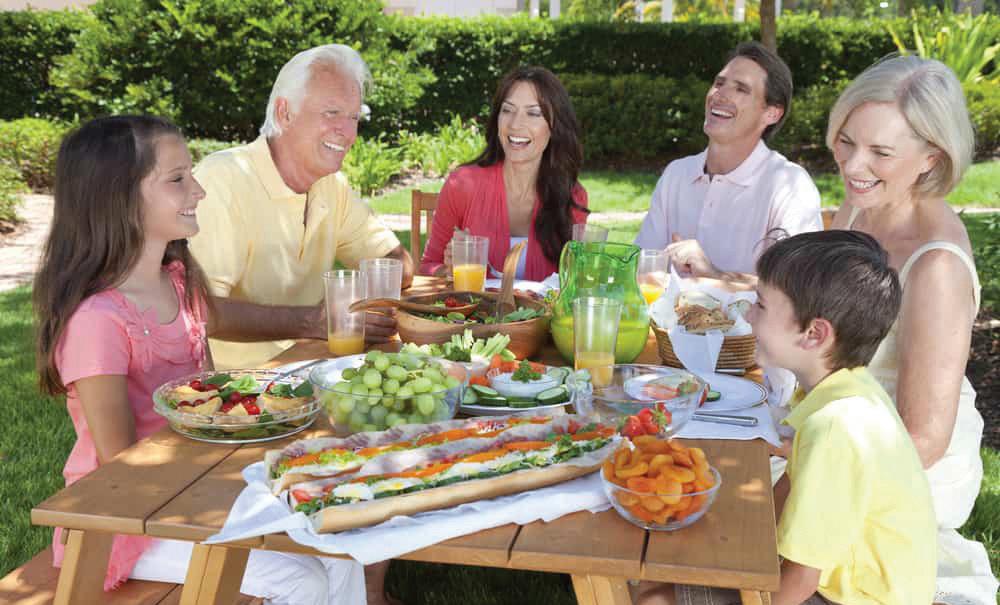
Tidewater Kitchen

3 cucumbers
2 tablespoons extra-virgin olive oil
1 onion, chopped
2 32-ounce boxes organic chicken or vegetable stock
3 tablespoons dill
Himalayan salt and pepper to taste
Peel the cucumbers, cut them in half lengthwise and remove the seeds with a small spoon. Cut the cucumbers into 1/2-inch-thick slices.
In a heavy saucepan, heat the oil over low heat, then add the onion and sauté for a few minutes without letting it brown. Then add the cucumbers, broth, dill and salt and pepper. Bring to a boil and simmer for 10 minutes. Cool the soup, then put through a blender or use an immersion blender. Blend for 30 seconds, making sure not to fill the blender more than half full. Put
soup in the refrigerator until serving time. Top each bowl of soup with a sprinkle of fresh dill.

Mezze Platter Night
Layer up hummus—homemade or store bought—steamed shrimp from your local market, cucumber salad, olives, and pita for a Mediterranean-style feast.
Lemon Hummus with Baked Pita Chips
The lemon juice and zest give this version an appealing freshness, and the mix of spices provides a flair consistent with Middle Eastern origins. This is also great for breakfast on the go. Serves 6.
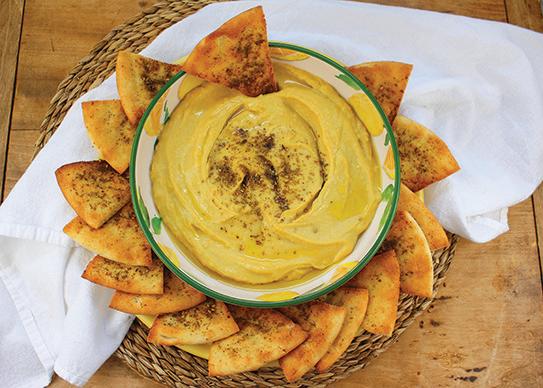
1 garlic clove, pressed and allowed to sit for 10 minutes
2 (15½-ounce) cans garbanzo beans, rinsed and drained ¼ cup lemon juice
2 teaspoons grated lemon zest
3 tablespoons raw sesame tahini
1½ teaspoons ground cumin
½ teaspoon plus a pinch of sea salt
Pinch of cayenne pepper
4 tablespoons extra-virgin olive oil
2 teaspoons Dukkah, recipe below or you can buy it or skip this seasoning
1 package whole-grain pita bread
Preheat the oven to 375°F and line a rimmed baking sheet with parchment paper.
Place the garlic, beans, lemon juice, lemon zest, tahini, cumin, ½ teaspoon of the salt and cayenne into a food processor and blend until it is a smooth paste. With the food processor still running, add 3 tablespoons of the olive oil in a thin stream and blend until smooth and well combined. Transfer to a bowl, drizzle with 1 tablespoon of the ol-
ive oil, and sprinkle with 1 teaspoon of the Dukkah.
Meanwhile, cut the pita breads into quarters and split the layers. If you want to toast in a toaster oven or skip this step, you can and just serve them untoasted. Arrange the quarters in a single layer on the baking sheet. Drizzle the bread with the remaining olive oil and salt. Bake 8 to 10 minutes or until crisp. Remove the chips from the oven and sprinkle with the remaining Dukkah.
Serve the hummus with the pita chips and your favorite raw vegetables. The hummus can be stored in an airtight container in the refrigerator for up to 5 days. It can also be frozen up to 3 months. The pita
A Taste of Italy
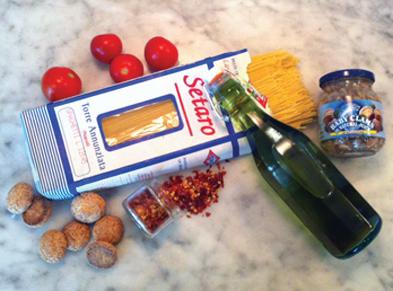
Tidewater Kitchen
chips can be stored in an airtight container at room temperature for several days or frozen for later use.
Dukkah—Middle Eastern Spice Mixture

In the Middle East, traditional spice blend is made with hazelnuts. You can use your favorite nut instead. You can sprinkle this on everything, such as dips, vegetables, fish, and on top of your favorite homemade sourdough or toasted pitas. It’s so yummy! Makes 1 cup.
½ cup raw, unsalted pistachios or your favorite nut
2 tablespoons raw white sesame seeds
1 tablespoon whole coriander seeds
1 tablespoon whole cumin seeds
1 teaspoons fennel seeds
¼ teaspoon Himalayan salt and freshly ground pepper
Heat a medium pan over medium


heat, and toast the pistachios until they are fragrant, about three minutes. Remove the pistachios from
the pan and allow them to cool. Turn the heat down to low and add the sesame seeds, coriander, cumin and fennel seeds. Toast until aromatic, about two minutes.
Place the pistachios in a food processor with a fitted blade and pulse until they reach the consistency of sand. Add the sesame seeds, coriander, cumin, and fennel and process until well blended. Transfer the mixture to a bowl and stir in the salt and pepper.
Store in an airtight container in the refrigerator for up to one month or in the freezer for six months.
Grannie Annie’s Cucumber Salad
2 cucumbers, sliced

Tidewater Kitchen

½ onion, sliced
½ cup white vinegar
¼ cup water
2 teaspoons organic evaporated cane sugar
1 teaspoon Himalayan salt and pepper
Whisk the vinegar, water, sugar, salt and pepper or heat and pour over the cucumbers and onions.
Chopped Sashimi Salad
Capturing the flavors of my favorite sushi rolls was the inspiration behind this chopped salad.
12 ounces sushi-grade tuna, diced 1/3 cup pickled cucumbers, recipe above or store bought
¼ cup shelled, cooked edamame (you can find them in the freezer section and cook them according to
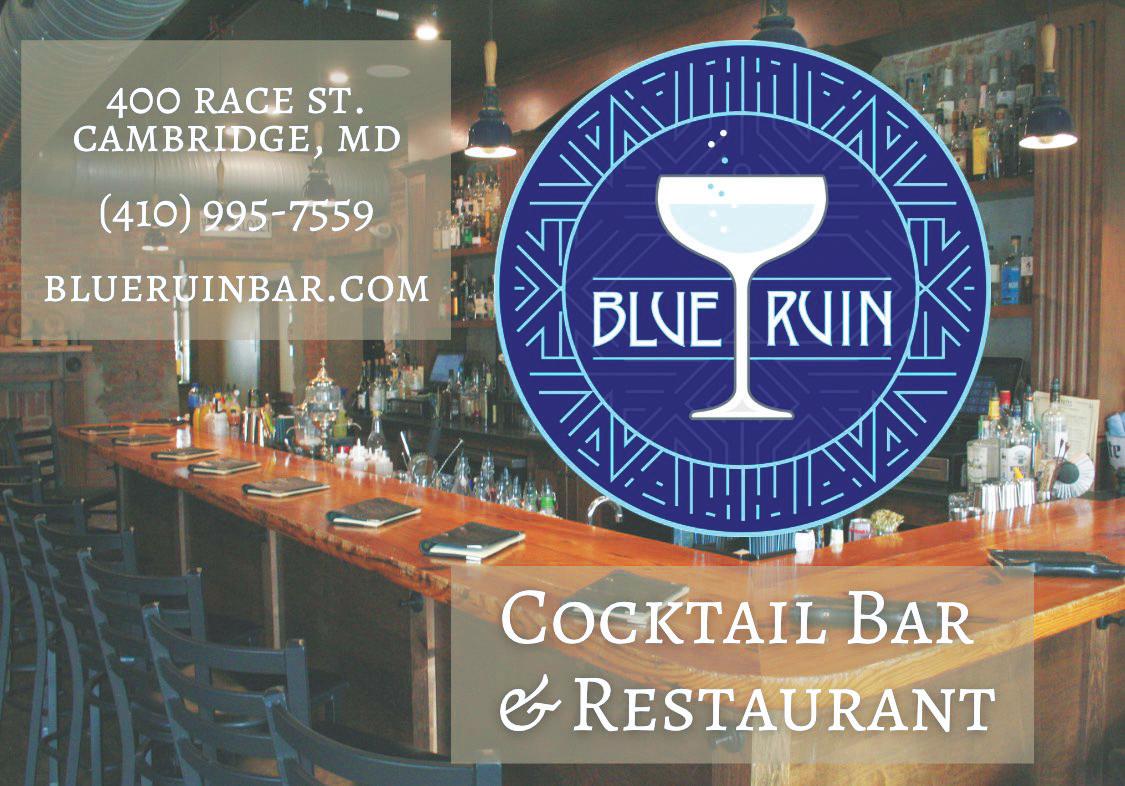

directions)
1 teaspoon toasted sesame seeds
½ teaspoon salt
1 avocado, pitted, peeled, and sliced
4 ounces mixed baby greens
1/3 cup carrot-miso vinaigrette, recipe below or your favorite Asian dressing
Toss the tuna, cucumbers, edamame, sesame seeds and salt together in a bowl. Arrange the tuna mixture, avocado slices and greens on plates. Pass the carrot-miso vinaigrette on the side.
Carrot-Miso Vinaigrette
This is popular in Japanese restaurants. It’s a fun change from familiar vinaigrettes. Makes about 1 cup.
2 medium carrots, coarsely chopped
2 tablespoons extra extra-virgin olive oil
¼ cup unseasoned rice wine vinegar
3 tablespoons white or red miso
3 tablespoons water
1 (1-inch) piece ginger, peeled and
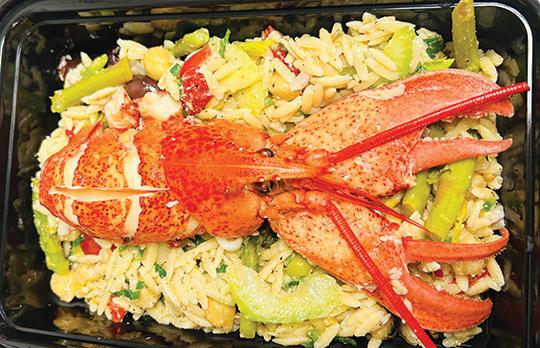
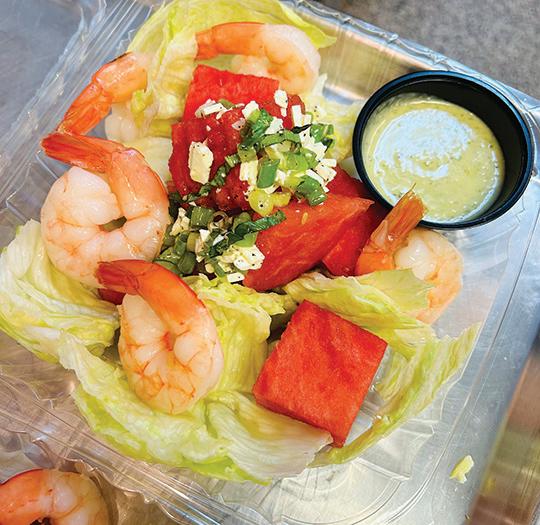
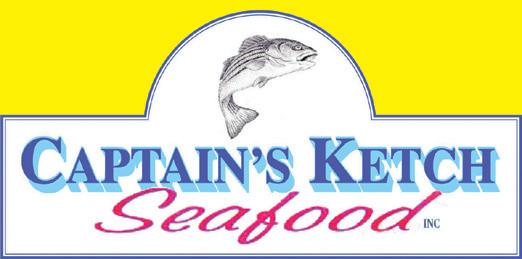

www.captainsketchseafood.com
Tidewater Kitchen

grated
2 teaspoons local honey or organic evaporated cane sugar
½ teaspoon Himalayan salt and freshly ground pepper
Put the carrots and olive oil in a food processor or blender. Pulse and blend until the carrots are ground into very small pieces. Add the rest of the ingredients and blend until emulsified. Add more water and blend until desired consistency. Pour into container with a lid and refrigerate until ready to use. Whisk or shake well before using.
Chinese Cabbage Salad
Toss this salad and serve it cold.
1 package chicken-flavored ramen

noodles
6 cups shredded cabbage or 1 head napa cabbage, shredded
½ package broccoli slaw, optional
1 bunch green onions
1 carrot, grated
½ cup toasted sunflower seeds
½ cup toasted slivered almonds
½ cup extra-virgin olive oil
3 tablespoons rice wine or red wine vinegar
1 tablespoon sugar
½ teaspoon salt
½ teaspoon pepper
2 tablespoons toasted sesame oil
½ cup sliced or bite-size pieces of leftover protein, optional
Remove seasoning packet from noodles. Crush noodles. Combine seasoning packet with oil, vinegar, sugar, salt and pepper. Mix well. Pour over cabbage, onions and broccoli slaw. Chill for 30 minutes. Toss vegetables with noodles, almonds and sunflower seeds just before serving.
Farro Salad
Farro adds whole-grain goodness



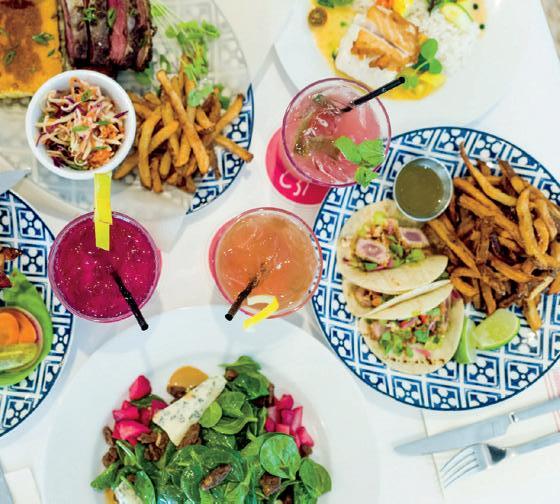
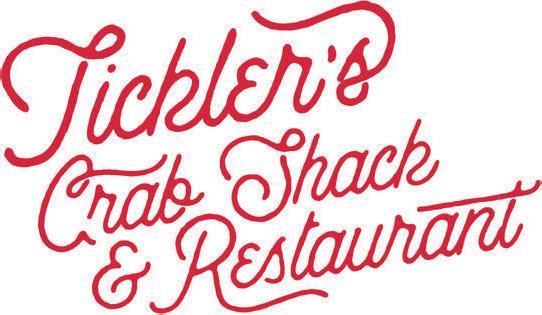
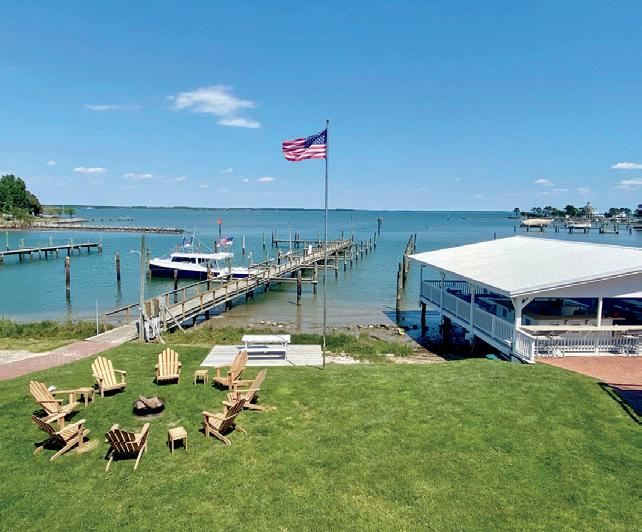
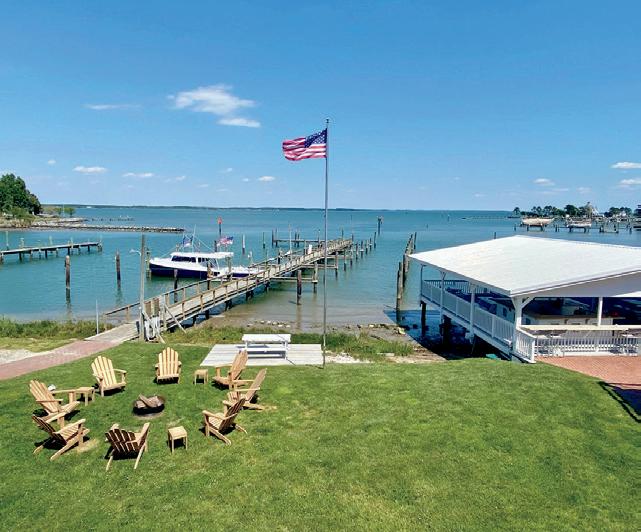
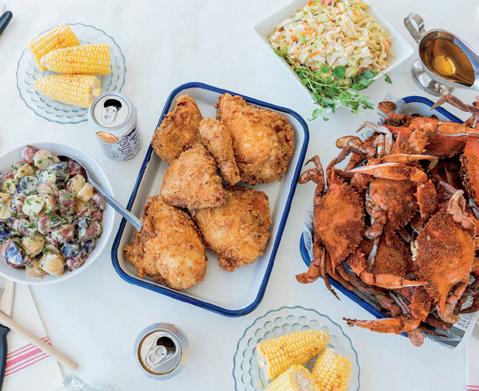
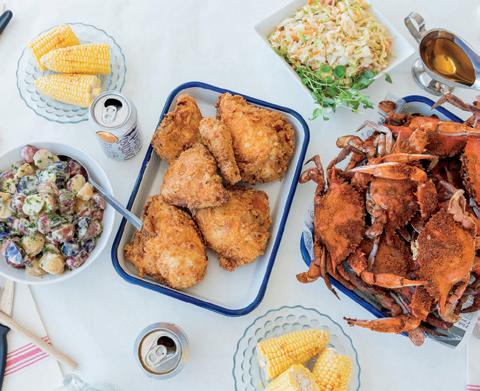
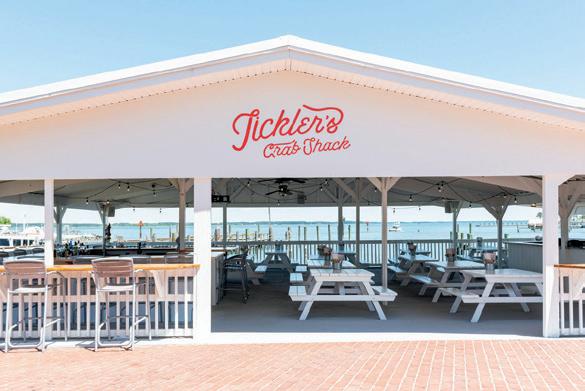
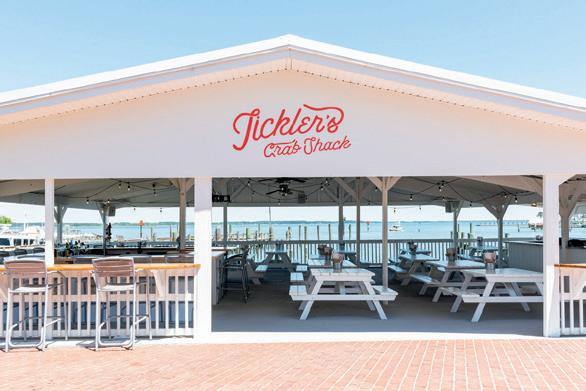
and unexpected texture to salad. You can use your favorite grain or skip the stove and serve this on your favorite sourdough as a sandwich or alongside. If you have leftover chicken, this is a great way to get another meal out of it. If you want to turn on the oven, season some boneless chicken breast with olive oil, salt and pepper and bake at 350°F for 25 to 30 minutes. Let the chicken cool before cutting it into pieces. For a vegetarian dish just leave the chicken out. Serves 6.
1/2 cup farro or favorite grain 6 cups mixed baby greens, a handful is a cup
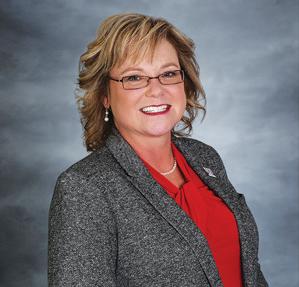



1½ cups leftover cooked chicken or favorite leftover protein, cut into bite size pieces
1/3 cup unsweetened dried cranberries
½ cup chopped dates
2 ounces Manchego cheese or Parmesan, shaved with a vegetable peeler
¼ teaspoon Himalayan salt and freshly ground pepper
¾ cup favorite vinaigrette. A recipe for one is below.
¼ cup chopped almonds
Bring 2 quarts salted water to a boil, add farro and simmer, stirring occasionally, for 45 to 60 minutes or until tender. Drain well and spread the farro on a shallow dish to cool.
Mon-Fri 9 a.m. to 5 p.m. Evenings & Saturday by appt.



Tidewater Kitchen
In a bowl, add greens, cranberries, cheese, dates, favorite protein, salt and pepper. Add about ½ a cup of the basic vinaigrette, or more if you wish. Toss until combined. Divide among your favorite bowls and garnish with almonds right before you serve.
Basic Vinaigrette
Makes 1 cup
¼ cup favorite vinegar, I love apple cider, balsamic or the juice of a lemon
1 tablespoon local honey
¼ teaspoon Himalayan salt and freshly ground pepper
¾ cup extra-virgin olive oil
2 smashed garlic cloves, optional
Put the vinegar, honey, salt, and pepper in a blender. Pulse to quickly combine. If you don’t have a blender, you can do this in a bowl with a
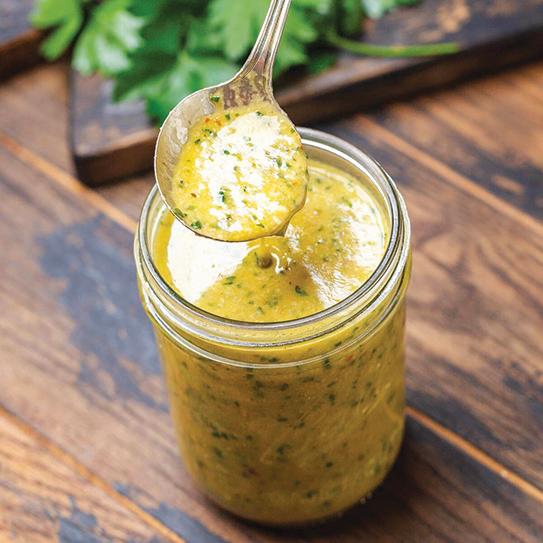
whisk. Once the vinaigrette is well emulsified and thick, pour it into a container with a lid and refrigerate until ready to use. Best brought to room temperature and shaken before using.
Tomato and Watermelon Salad
I love this colorful combination of watermelon and tomatoes. You can get these fresh ingredients from the farmers market or possibly your backyard. Makes 4 servings.
2 pounds red or yellow watermelon cut into bite-size pieces, rind removed
2 heirloom tomatoes, cut into quarters
2 pints of colorful cherry tomatoes, cut in half
3 tablespoons extra-virgin olive oil
2 tablespoons apple cider vinegar
1 tablespoon honey
½ teaspoon Himalayan salt and freshly ground pepper
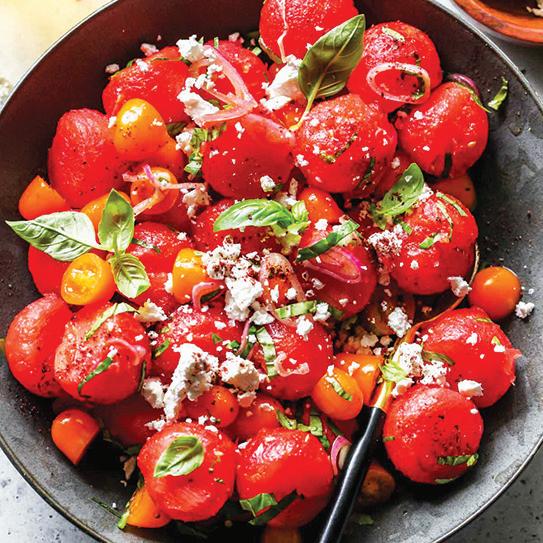
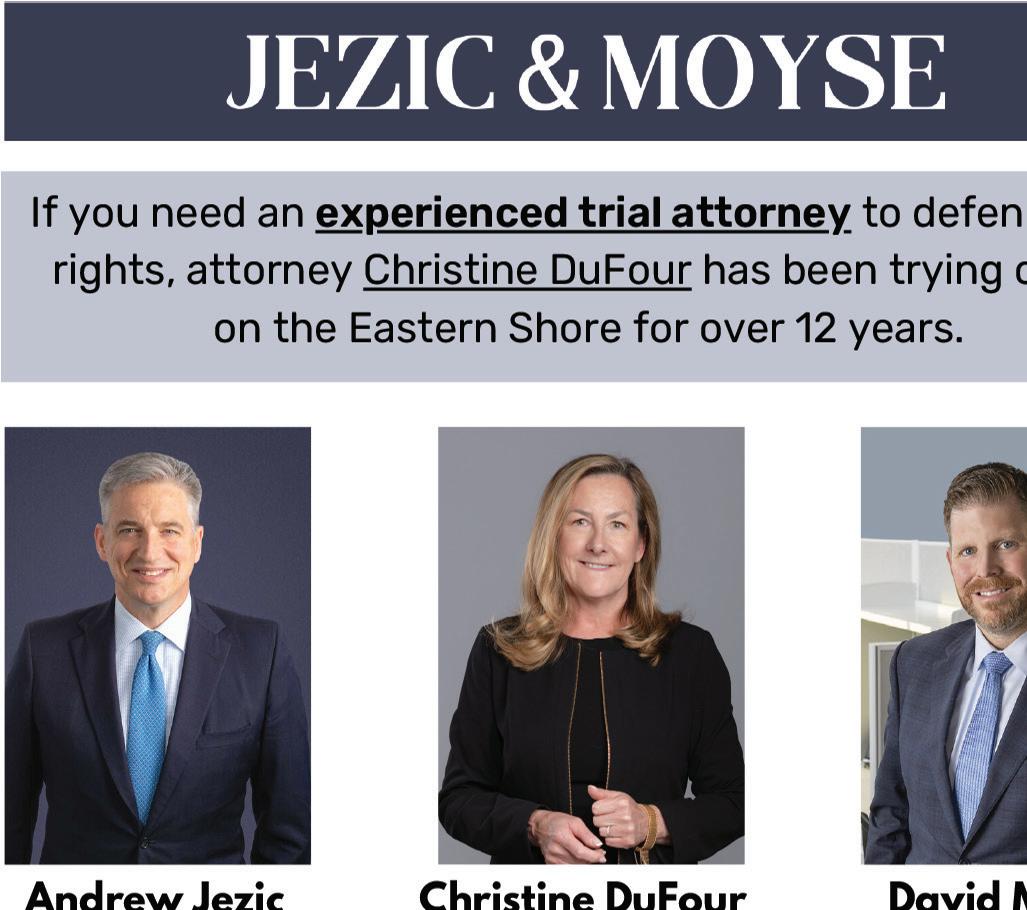

Tidewater Kitchen
2 tablespoons fresh basil leaves, sliced on bias
4 ounces feta or goat cheese, crumbled
¼ cup almonds
Divide the watermelon pieces and tomatoes among salad plates. Blend olive oil, honey and apple cider vinegar to make a vinaigrette, then place a drizzle on each plate. Season with salt and pepper. Top with basil, cheese, and nuts before serving.
Chocolate Icebox Tart
Coconut oil was once thought of as an unhealthy fat because it is a saturated fat, but recent research suggests that virgin, non-hydrogenated coconut oil is actually quite heart healthy. The unique fatty acids in coconut oil do not adversely affect cholesterol ratios in the blood. Serve small pieces of this exceptionally rich, no baked tart. Makes 8 to 10 servings.

1 cup unsweetened, shredded coconut
¾ cup ground almonds
1-1/3 cups, unsweetened, natural cocoa powder
½ cup local honey or maple syrup
1-1/3 cups coconut oil or extra virgin olive oil
½ cup almond butter
In a bowl, mix together the coconut, almonds, 1/3 cup of cocoa powder, ¼ cup of the honey or maple syrup, and 1/3 cup of the coconut oil. Mix well to make the crust. Press the crust into the bottom and partially up the sides of an 11 x 7 x 2” sheet pan or baking dish. Chill for 30 minutes.
Put the almond butter and the remaining 1 cup cocoa powder, ¼ cup honey or maple syrup and 1 cup coconut oil in a food processor. Blend until smooth, stopping to scrape down the sides of the bowl. Pour the filling into the chilled tart shell and chill for two hours or until firm. Cut into 1-inch squares and serve. Cover and refrigerate for up to three days.

Pamela Meredith, formerly Denver’s NBC Channel 9 Children’s Chef, has taught both adult and children’s cooking classes.
For more of Pam’s recipes, visit the Story Archive tab at tidewatertimes.com.









SLOT DOCK
Perfect for Kayaks and Paddleboards
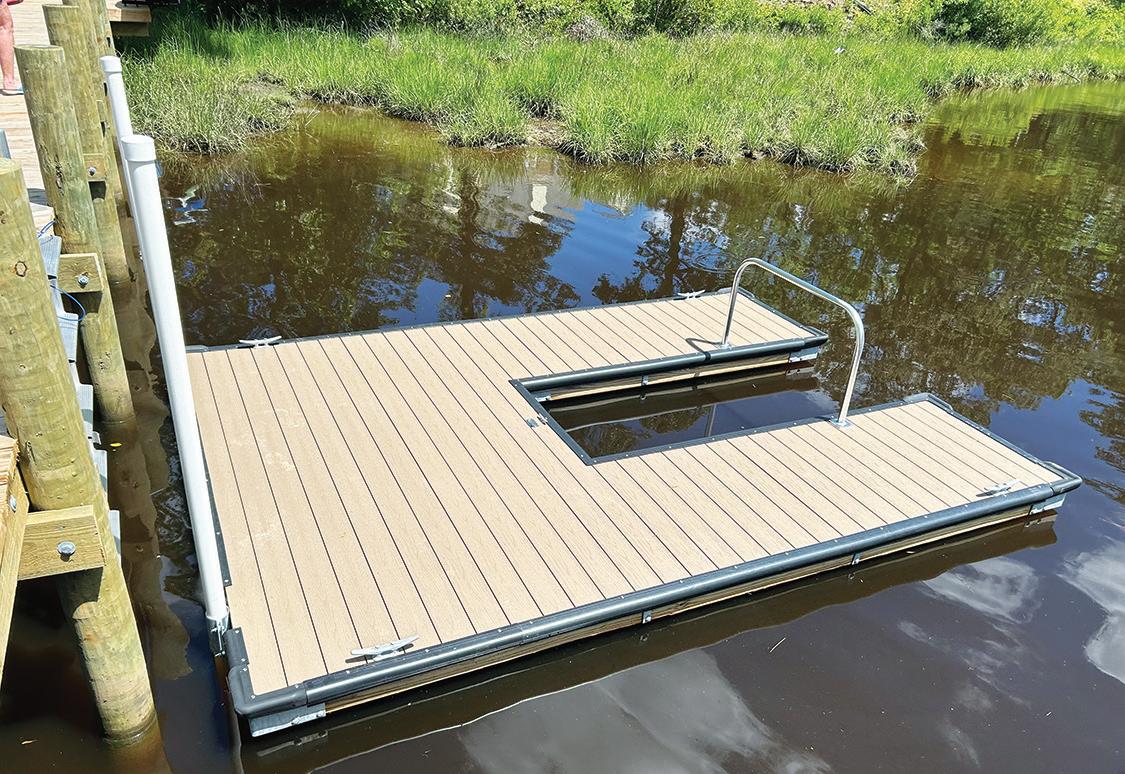
• Kayak Docks
• Re-Decking
• Pressure Wash & Seal
• Boat Lifts, PWC Lifts
• Gangways
• Solar Dock Lighting
• Floating Piers
• Rowing Docks
• Kayak Racks
• Ladders
• Dock Boxes
• Piling Caps

Chesapeake Film Festival Announces Loving Vincent as 2025 Opening Film
The Chesapeake Film Festival’s opening film this year will be the Academy Award-nominated animated film, Loving Vincent, an animated dramatic film about the life of painter Vincent Van Gogh. The selection marks the first time an animated film will be featured to open the festival.
Loving Vincent, the world’s first fully painted feature film, took six years to complete and was a passion project of its writers and directors, Dorota Kobiela and Hugh Welchman. The Polish-UK production brings the paintings of Vincent van Gogh to life to tell the artist’s remarkable story. It received an Oscar nomination at the 90th Academy Awards. Each of the film’s 65,000 frames is a painting created by a team of 125 artists from around the world. The movie employs rotoscope animation – a technique where animators trace over live-action footage, frame by frame, to create immersive animated sequences.
“Part of our mission is to educate and engage audiences in the innovative techniques of modern filmmaking and storytelling, in addition to promoting stories of artistic and cultural impact,” states Cid Collins Walker, executive and artistic director of the Chesapeake Film Fes -

tival. “Featuring Loving Vincent as the festival’s opening film is an exciting opportunity to immerse our audience in the magic and artistry of rotoscope animation. This film is also significant beyond its magnificent visual impact and reflection of Van Gogh’s ground-breaking legacy as an artist. It tells a story of his great triumph and tragedy that has captivated the public’s imagination for more than a century.”
Collins Walker will lead a Q&A
following the film with a group of local and national art and cinema experts. The participants include Gail Patterson, director of Spiralis Gallery, the acclaimed contemporary Afro Caribbean art gallery in Easton; Anke Van Wagenberg, PhD, currently serving as a senior curator and head of international collaborations at the American Federation of the Arts in New York City; and Rebekah Louisa Smith, PhD, the film festival doctor from Dallas, Texas. The Chesapeake Film Festival (‘CFF”) is also proud to announce a dynamic new media partnership with The Talbot Spy! Together with the respected local digital publicaChesapeake Film Festival tion, CFF is launching an exclusive monthly podcast series packed with the latest festival news, behind-thescenes stories, and in-depth conversations with the creative minds behind this year’s films. Get insider access to filmmakers, producers, and directors, and don’t miss special appearances by industry standouts such as Rebekah Louisa Smith, film festival doctor representing The Pearl Comb, Spirit of Place and When Everything Was Blue; Kimberly Skyrme, producer of Now What? and The Other You; Ted Adams, director of Tri and Tyndall Typewriter; Monda Raquel Webb, director of Mother Knows Best ; and Francisco Salazar, director of Colibri. Follow the podcast by
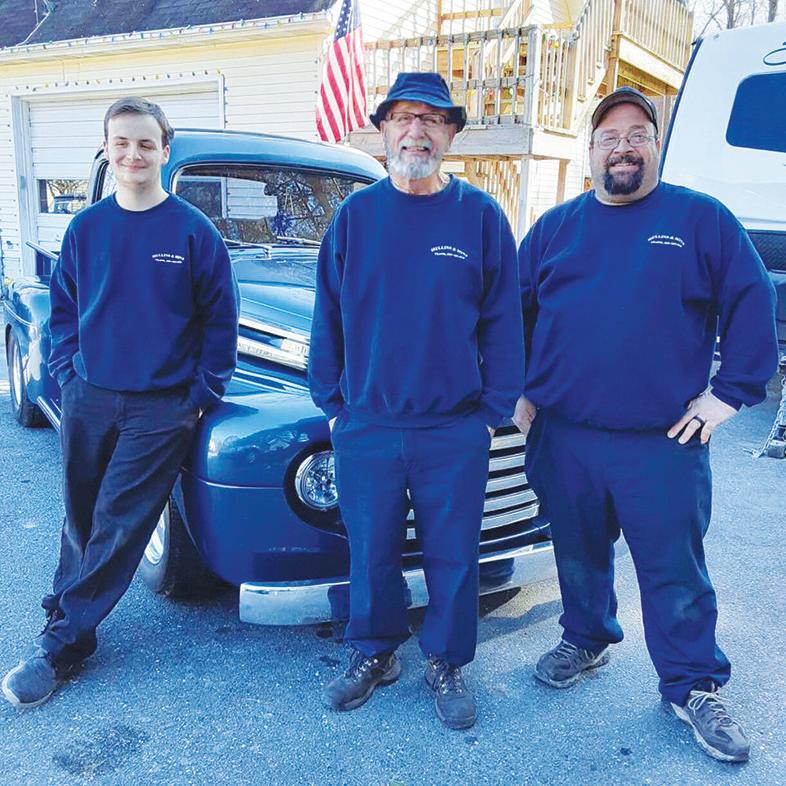
3 Generation Family Run Auto Service Shop with over 31 years experience. Offering a wide variety of services to include but not limited to:



subscribing to The Talbot Spy and learn more about the festival and the podcast by following Chesapeake Film Festival on social media, visiting chesapeakefilmfestival.com and subscribing to receive the latest news.
Chesapeake Film Festival yourself a seat at the festival’s top screenings at the beautifully renovated Ebenezer Theater, the Academy Art Museum and the Talbot County Free Library. Tickets sold out online for the 2024 festival almost a month prior to opening night, so don’t hesitate to reserve your spot today. Click here for online registration chesapeakefilmfestival.com .
Early Bird Tickets
Now on Sale
Save your seat and save money by purchasing early-bird tickets to the Chesapeake Film Festival, October 10-12, showcasing more than 55 of the finest independent and student films in historic downtown Easton. Enjoy 17% off the standard $150 ticket price and guarantee

Free Monthly Film Series
Continues at the Talbot County Free Library and Oxford Community Center The Chesapeake Film Festival (CFF) and the Talbot County Free Library launched their collaborative monthly film series in March,
C. ALBERT MATTHEWS
Where Integrity Meets Innovation
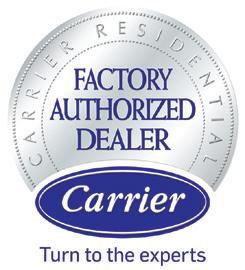
celebrating the Library’s 100th Anniversary and CFF’s 18th Season. Coming up next Avatar: The Way of Water on Saturday, August 2 at 2 p.m.—held at the Talbot County Free Library in historic downtown Easton. Part of the Our Bay, Our World, Our Festival series, this is a perfect midweek and weekend cultural escape.
In addition, a special free screening of Hidden Figures will take place at the Oxford Community Center on Wednesday, August 6 at 6 p.m. This powerful film honors the contributions of African American women mathematicians at NASA during the space race. The evening of this screening, Jaelon T. Moaney, deputy director of the Starr Center for the Study of the American Experience at
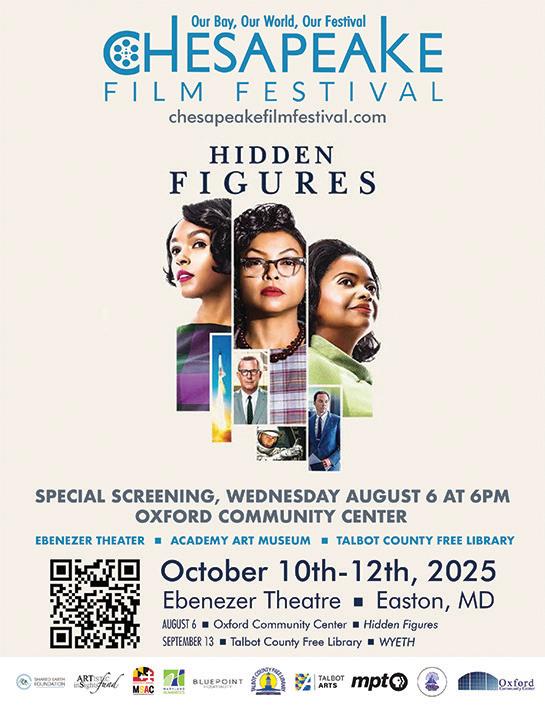
Washington College, will attend the event. He is an interdisciplinary visionary, ruralist, historic resource steward, civic change agent, and Eastern Shoreman. Gov. Wes Moore appointed Jaelon as the youngest to serve on the Maryland Commission on African American History & Culture as the first-ever ethnic commission in America. A short Q&A with the audience will follow the screening.
The series wraps with a free, back-by-popular-demand screening of the American Masters documentary WYETH on Saturday, September 13 at 2 p.m., celebrating the life and work of American realist painter Andrew Wyeth.


Tues-Sat: 10 a.m. - 4 p.m.
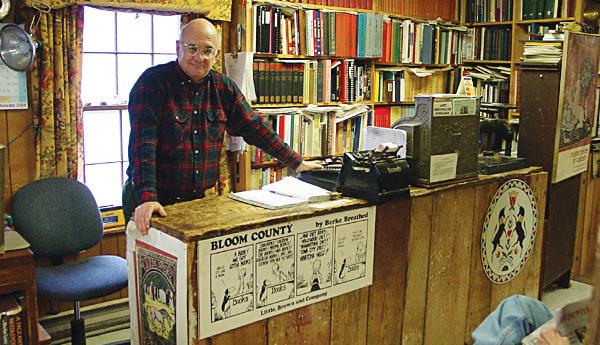
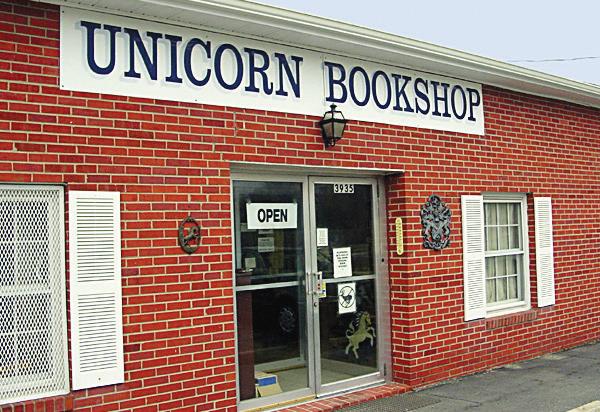

Kent County and Chestertown at a Glance
Kent County is a treasury of early American history. Its principal towns and back roads abound with beautiful old homes and historic landmarks.
The area was first explored by Captain John Smith in 1608. Kent County was founded in 1642 and named for the shire in England that was the home of many of Kent’s earliest colonists. When the first legislature assembled in 1649, Kent County was one of two counties in the colony, thus making it the oldest on the Eastern Shore. It extended from Kent Island to the present boundary.
The first settlement, New Yarmouth, thrived for a time and, until the founding of Chestertown, was the area’s economic, social and religious center.
Chestertown, the county seat, was founded in 1706 and served as a port of entry during colonial times. A town rich in history, its attractions include a blend of past and present. Its brick sidewalks and attractive antiques stores, restaurants and inns beckon all to wander through the historic district and enjoy homes and places with architecture ranging from the Georgian mansions of wealthy colonial merchants to the elaborate style of the Victorian era.
Second largest district of restored 18th-century homes in Maryland, Chestertown is also home to Washington College, the nation’s tenth oldest liberal arts college, founded in 1782. Washington College was also the only college that was given permission by George Washington for the use of his name, as well as given a personal donation of money.
The beauty of the Eastern Shore and its waterways, the opportunity for boating and recreation, the tranquility of a rural setting and the ambiance of living history offer both visitors and residents a variety of pleasing experiences. A wealth of events and local entertainment make a visit to Chestertown special at any time of the year.
For more information about events and attractions in Kent County, contact the Kent County Visitor Center at 410-778-0416, visit www. kentcounty.com or e-mail tourism@kentcounty.com . For information about the Historical Society of Kent County, call 410-778-3499 or visit www.kentcountyhistory.org/geddes.php . For information specific to Chestertown visit www.chestertown.com .

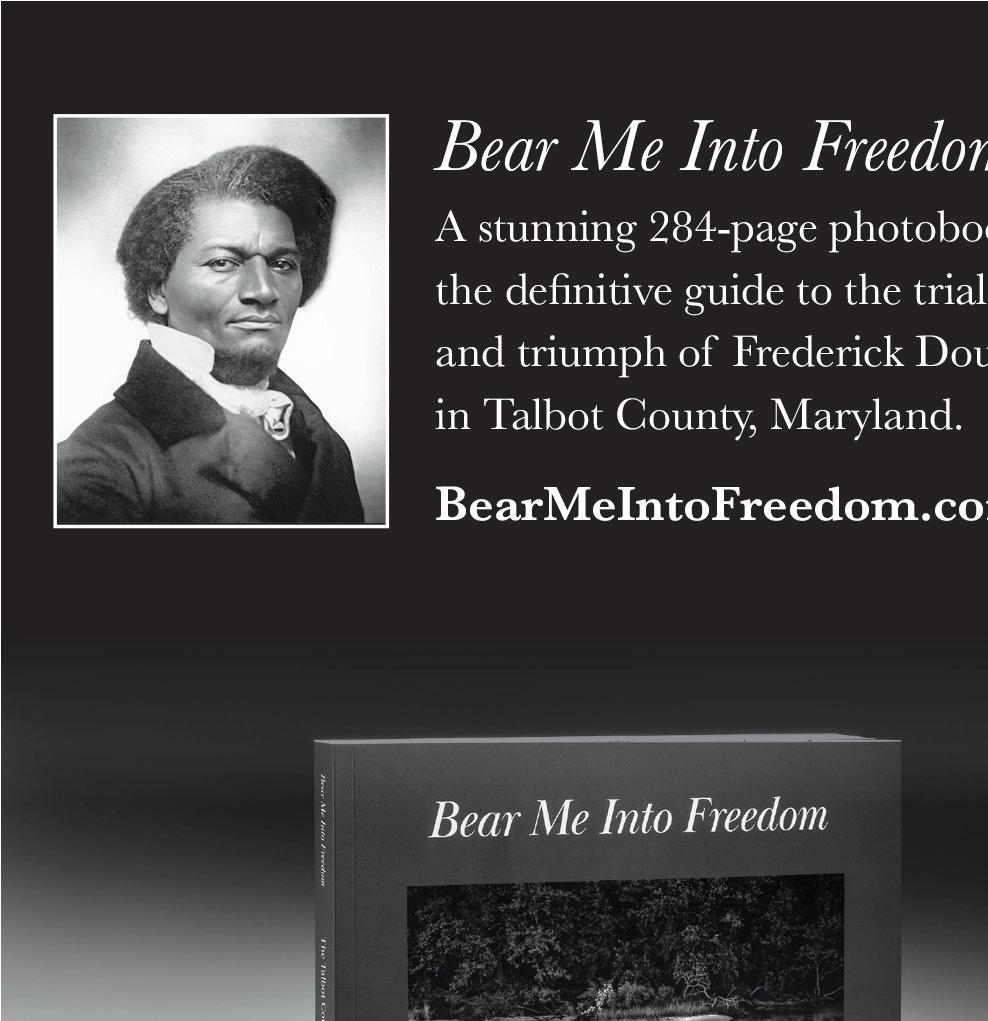

All Quiet on the Sound A novel by
B. P. Gallagher
Chapter 24:
Things Break Down
Leon was gone. Gone, the fool, leaving no indication where he was headed! Earl could guess, though, and his conclusions sickened him with dread. Off on some bullheaded crusade, probably to deliver himself to the sheriff and assume blame for this whole mess. Ignorant all the while of Earl’s machinations, which would no doubt be more hindrance than help now. Of all the reckless couldn’t Leon at least have waited to hear the plan before he dashed off? He tried to ask about it, idiot. You brushed him aside—right before dashing off yourself.
If Leon was a fool, then Earl was a bigger one, and a hypocrite besides. After all this time—after the fiasco with the pastor’s truck, in particular—he should’ve known better than to leave his brother to his own devices. Yet he’d been so engrossed in his own harebrained scheme, even that simple lesson had escaped him. What was he thinking?
That was just it, though: in thinking to take up Leon’s share of the work, he’d neglected to account for what the man himself might get up to in the meantime. How naïve of him! Now they’d all be dashed upon the rocks, the brittle timbers of their plans splintered and laid bare.

All Quiet
“Earl? What’re we gonna do?” Maggie’s pleading voice cut through the heaving torrent of despair.
“Do? Uh…” Earl swallowed air, fought to think straight against the riptide of panic. “Tide’s just gone out, ain’t it? He can’t have gone that far! We might still be able to catch him before he does anything stupid!”
“Catch him in what? He took Betsy!”
“Pop Pop’s boat!” said Clara. “Maybe we can intercept him by water!”
Fat chance, unless he’s planning on stopping by the marina to re -

hearse his confession with Bunky first.
Better the Marylou than nothing, though. If they could reach Moose Hannon’s service station, they could at least use his telephone for…something. To call a lawyer’s office, maybe. High time they started thinking about that, though how they were going to pay for it Earl couldn’t begin to imagine.
Fifteen minutes later they roared east across the Sound toward the Shore. There was no sign of Betsy or Leon on its far side, nor along the limited stretch of roadway visible from the water. Earl continued up the Nanticoke toward the service station and, further upriver, the marina.
EASTERN SHORE TITLE COMPANY
“Why
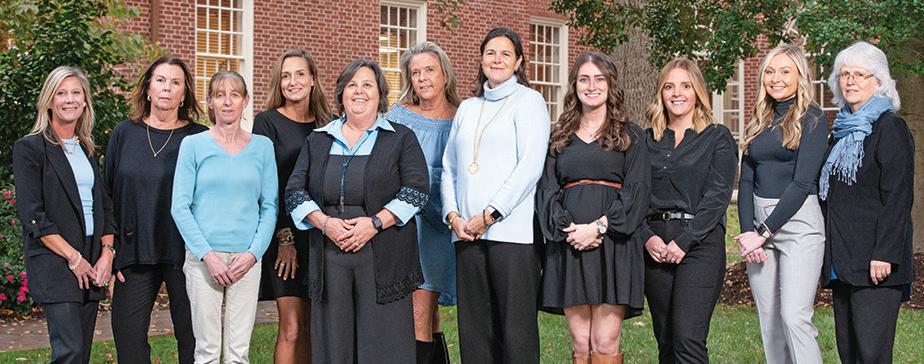
Melissa Grimes-Guy Photography
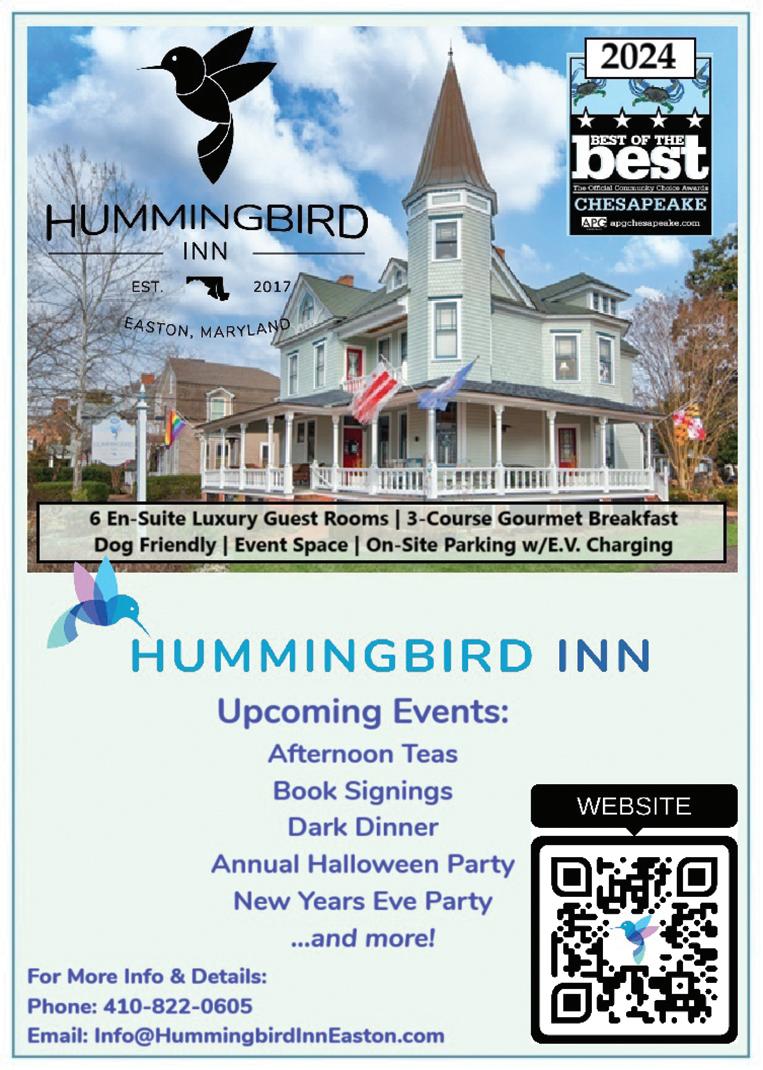
All Quiet
Moose Hannon’s service station was situated on the sole road that connected Moore Island to the greater Shore, about a quarter-mile walk from the nearest dock. Earl sprinted the whole way from the waterline. Clara and Maggie bustled behind him with their skirts hiked up out of the mud.
Earl gave the shop-owner a perfunctory greeting before he’d even opened the screen door. “Morning, Moose. You didn’t happen to see Leon go by a little while ago, didya?”
Moose Hannon lowered his newspaper and regarded Earl over its fold. His expression—what Earl could see of it—was disinterested. Not hostile, not welcoming. Just Moose. Moose cleared his throat with a rumble and said, “Earl Higgins, you better notta tugged my door outta alignment yanking it like that! Just got the damn thing on straight again after the last storm ripped it halfway off its hinges.”
“Sorry, Moose, but I’m in an awful hurry. You seen Leon?”
“Sure I seen him. He rattled by in that rust-bucket a’ yours not a half hour past.”
“Didya talk to him, or happen to see where was he goin’? It’s real important.”
Moose shrugged. The pages of his newspaper whispered drily. “’Fraid not. Seemed like he was in a helluva hurry too, splatterin’ mud like the
dickens. Didn’t even wave or nothin’.” He seemed mildly scandalized by this. “I hope this ain’t about no trouble with the law. I been hearin’ rumors, and I won’t be a party to it one way or the other.”
“It ain’t that,” said Earl. Not yet, anyways.
“He stormed off in a huff, Mister Hannon, that’s all.” Maggie shouldered Earl aside at the counter. “You know how he gets. We’re just lookin’ to smooth things over before he blows his lid.”
Moose set down his newspaper and jerked a thumb up the road. “He went that way, whatever he’s up to. And I hope you’re being truthful, little lady. I don’t wanna hear nothin’ different in the papers next week.”
Thinking fast, Earl said, “How ‘bout your phone, Moose? Can we use your phone?”
“I s’pose so, if you don’t mind waiting on the operator. But while you do, I’d like to know what it is you’re all so eager to put a stop to.”
While Earl waited for the call to be put through to Bunky’s line at the marina, he answered Moose in vague terms. “Leon’s ’bouta make a big mistake. That’s all I can say right now.”
Moose shook his head. “Ain’t inspirin’ much confidence in me, boy, gotta tell ya.”
Bunky answered on the sixth ring, his familiar voice rendered dissonant and tinny by the phone.
“Bunky Hodges speaking. Who’s this?”
“It’s Earl, Bunk. Listen, has Leon been by the docks today?”
There was a pause as the words carried over. When Bunky answered, he sounded concerned. “Not that I’ve seen, but then it’s your day off, ain’t it? Why, what’s the trouble?”
“Maybe nothing. But if you see him, will you tell him I said to come home right away?”
Another pause. “Sure, Earl. Anything else?”
Earl thought for a second, then blurted, “Tell him not do anything he’ll regret, okay? In fact, tell him not to do anything ’til we’ve talked it over as a family. Can you do that?”

The pause was longer this time, weightier. “Course I can, Earl. If I see him. But you know how your brother is—he might not take kindly to that.”
“Yeah, well. He needs to hear it one way or another. I don’t expect he’ll stop by the marina anyhow, but in case he does, I’d rather he hear it from you than not at all.”
“Sure thing. Take care of yourselves, hear?”
“You too, Bunk.”
“I don’t suppose you’ll be in to work tomorrow, huh?” The note of knowing sadness in the kindly dockmaster’s voice was almost more than Earl could bear. He had to choke down a knot in his throat before answering.
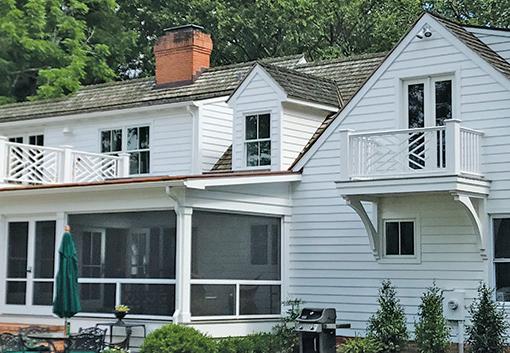
All Quiet
“…No, I don’t reckon we will. Thanks, Bunky, for everything. See ya when we see ya, I guess.” He hung up.
Moose Hannon frowned at him from the doorway. “All finished?”
“Yessir. Thanks for lettin’ me use the phone, Moose.”
Moose grunted. “You plannin’ on purchasing anything, Earl Higgins, or just takin’ advantage of my facilities?”
“S’pose I could use a can of gas for the boat. Then I’ll be outta your hair, promise.” Where to next, Earl didn’t know. The police station, most likely, to see if anything could be salvaged from this fiasco.
While Earl used the telephone, the girls had waited on the roadside, minding traffic on the off chance Leon decided to double back. Thus far, he hadn’t deigned make things so easy, but the watch was proving otherwise fruitful.
“Look, Maggs,” Clara said as Earl emerged from the shop with a gas canister to fill at the pump. “Is that…?”
“Oh my lord, I think it is!”
Someone was pedaling a bicycle up the road at frantic speed, cutting a jittering path as if dodging every pothole at the utter last second. Jonah Everett hunched red-faced and sweating over the handlebars, looking more than ever like a creature all of knobby knees and elbows as











he pedaled fast, fast, fast through mudpuddles, around divots, between muddy ruts well-worn by farm trucks. His face wore a sheen of sweat despite the chill morning, and his breath misted in front of his face, fogging his glasses. It was a wonder he could navigate the irregular terrain at all, much less identify passerby. He came to a skidding stop in front of the service station.
“Jonah! What on Earth is it?”
“Maggie!” Jonah panted. “Thank—thank God! I was just on my way to see you, came as fast as I could!”
“You’ve seen Leon, then?” said Earl.
“Leon? No, afraid I haven’t. Is he missing?”
“Never mind that if you ain’t seen him. What’re you’re so eager to tell us?”
“It’s—well, maybe we oughta discuss this in private.”
“Sure,” said Maggie. “Let’s all step across the road and we can chat!”
“Um… I meant private like between the two of us, Maggs. The three of us maybe, at most.” He gave Earl a shy nod. “Sorry, Clara. No offense.”
“Anything we can hear, she can— ” Maggie began, but Earl cut her off.
“Whatever it is, you can tell me first while I pump gas. C’mere.” If
his sense of where this was headed was correct, Earl could see why Jonah might want to spare Clara novel developments.
“Uh, sure Earl,” said Jonah, looking to Maggie for confirmation. She shot her brother a furious glare, but didn’t protest as Earl ushered Jonah over to the gas pumps.
“Alright. Let’s hear it.”
Jonah had barely recovered his breath. Now he expelled it again in a frenetic whisper. “They’ve turned up new evidence in the case, something they’re saying might’ve broken the whole thing wide open! Sounds like they’ll make their move any day now!”
Earl’s stomach lurched, head spun with a dizzying combination of thrill and terror. So they’d dredged up the toolbox! But would it lead the bastards in the hopedfor direction? At the same time, a more ruinous possibility occurred to him, a paranoia never wholly put to bed. Might they have found the body, after all? Would Pastor Calhoun take his vengeance from beyond the grave? Would all Earl’s desperate efforts be in vain?
They already are if Leon turns himself in.
Jonah’s next words came as a complete surprise. “They turned up bloodstains and a chunk of scalp in Mister Gibbs’s automobile! Sheriff’s pretty certain it belongs to Peter Calhoun.”
“Mister Gibbs’s…automobile?”
said Earl, sure he’d misheard.
“Yessir, his Model T, caked onto the floor in the front seat. That’s why I didn’t wanna say anything in front of Clara, see, risk upsetting her. It’s bad, Earl. From what I hear, they think they’ve got this in the bag. You haven’t got much time before they bring the lot of you in for questioning.”
“How long, y’think?” Earl’s spinning head wobbled like a top. “And what do they think they’ve got, exactly?”
“I only caught the broad strokes before I slipped out to tell you, but I’d say as soon as tonight, tomorrow at the latest. As for what picture they’ve gathered from the pieces, I’m not privy. Safe to say it’s ex-
panded the parameters of the case, though.”
“Can’t be pretty, whatever it is. C’mon.” Earl topped off the gas canister and set the pump handle back on its hook. “We gotta go!” he barked to the girls.
“Go?” said Jonah.
“That’s right. Leon’s still out there somewhere. If there’s any chance at all we can catch him by water, we need to get a move on.”
“You haven’t even told us what’s going on yet!” said Maggie.
“I’ll explain on the way. C’mon!”
“I’d rather hear it from Jonah! I’m not going anywhere until—”
“God dammit Maggie! He can come along, for all I care! This boat’s leaving!”

All Quiet
Maggie took Jonah’s hand. “Come with us! Your bike’ll fit on board.”
To his credit, the youth didn’t waver a second. “Ah, hell. I’m in it now, ain’t I?”
“You are or you ain’t,” said Earl. “You got ’til we get down to the water to decide!”
Earl deposited a handful of crumpled bills and coins on the service station’s front stoop and shouted over his shoulder for Moose to keep the change. A couple minutes later the Marylou chugged up the Nanticoke with Jonah Everett and his bicycle aboard.
Earl wasn’t quite sure what he was hoping for—a minor miracle, he guessed. The Nanticoke Road was visible from its namesake waterway in precious few places, most of which they’d already passed and none of which were closer than a hundred yards from the shoreline. Their prospects of intercepting Betsy from the river were slim.
Earl pushed the deadrise upriver fast as he dared, only slowing for breaks in the foliage through which they might catch a glimpse of the highway. Nothing but empty road, so far. The girls peppered him and Jonah with questions all the while, demanding to be brought up to speed. Earl, already plenty occupied between piloting and scanning the shore, was happy to let Jonah do most of the talking.
Clara fell quiet at news of the grisly discovery in her grandfather’s Model T. Hard to say what she made of the information, but judging by the troubled looks she kept shooting Earl she got the gist of its implications. Maggie grew pensive at the revelation. Both girls were aghast at the immediacy of Jonah’s timeline.
“Tonight?” said Maggie. “We’d better get our story straight, Earl!”
“What d’you think I’m tryna do, Maggs? We gotta find Leon first!”
They were nearing the tiny village of Bivalve, past which the Nanticoke Road divorced itself from the river and turned east toward Salisbury, when Maggie voiced an excited cry. “Look there! Is that smoke?”
Earl throttled down, tracing his sister’s pointed finger, and saw it: a greasy black smudge over the tree line. It arose, Earl sensed with cold certainty, from the Nanticoke Road. Could this be the miracle he sought, or some new, unforeseen nightmare? The Marylou coasted now, unpropelled. Earl angled her towards the riverbank, sought a gap in the foliage. From the deck, Maggie scanned the shoreline with his binoculars.
“Get a look at this, Earl! I’d swear it’s Betsy belching up all that smoke!”
“No shit?” Earl hardly dared believe. Wouldn’t be the first time the old girl broke down—far from it— but it would be the first time he’d


accounted it good luck. “Hand me those spottin’ glasses! Jonah, man the helm!”
“You sure? I’m not much for boats.”
“Not much for—hell kinda Shore boy are you? You’ll be fine for a minute! Just hold her steady and don’t run us aground!”
“Okay, I guess, but what if—”
“Oh, just let me do it!” said Clara. She pushed past them into the cabin, shooting both men a look of withering disdain. “Don’t forget I grew up on this boat—it ain’t like Pop Pop never let me steer her before. Just keep an eye out for Leon!”
“Sorry Clara, you’re right. Course
you are,” said Earl, chastised. Jonah’s face was beet red.
With Clara availing herself at the helm, Earl focused his binoculars on a gap in the trees and traced the inky column of smoke to its source. As expected, it arose from the road. At its root, spewing clouds of black spume from beneath her rusted hood, was Betsy.
Either Pop had sent them a gift from beyond the grave, or Earl owed Henry Ford a personal letter of gratitude. But that could wait. From what he’d heard, there’d be plenty of time to pen letters from prison.
“Next dock you see, Clara, take us in slow! He can’t have gone far on foot.”
Tidewater Times December 2025 Christmas Cover Contest
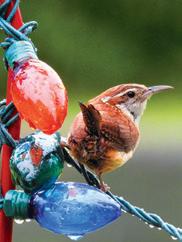
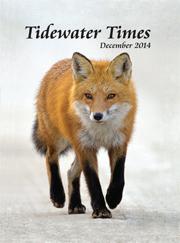
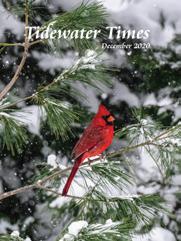
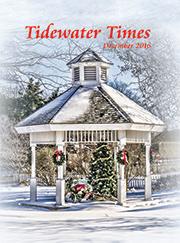

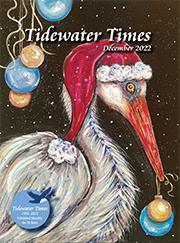
Rules and Image Criteria:
◆ Image must pertain have a Winter/Christmas Theme
◆ Portrait/Vertical Orientation
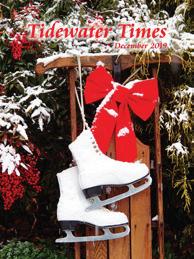
◆ Room at the top for the Name and Date (Tidewater Times · Dec. 2025)
◆ Deadline for Submission is October 20th to info@tidewatertimes with high res photo and “Christmas Cover Contest” in the subject line.
Tidewater Times December 2021


Photo by C. Ozman
With aplomb, Clara drew them up to a splintered pier at the mouth of an offshoot creek, a little ways upriver. Bringing along Jonah Everett and his bicycle now proved a wise decision, indeed. Earl coopted Jonah’s bike and dashed alongside it across whoever’s property they’d made land on. Chickens scattered in his wake. When he reached the road, he vaulted onto the bicycle and pedaled as fast as he could towards the smoking truck.
Hope and horror mingled as Earl skidded up to Betsy’s broken-down frame. All signs pointed to haste and carelessness as culprits in the truck’s dysfunction. Leon must’ve swamped the old girl’s motor in his blind rush to be off the island with the first tide, then pushed her hard for a few miles before she conked out. Yet Betsy’s steadfastness had earned her scant consideration. Leon hadn’t even bothered to open the truck’s hood to cool off before striking off on foot. Earl did so now, then hopped back on the bicycle and pedaled hard in the direction he figured his brother had gone.
He found Leon about three miles up the road, walking with a list down the center of the lane. That he’d made it this far without running into the law or hitching a ride was a testament to the area’s remoteness and another miraculous stroke of luck. But making it
through what came next was going to take more than a splash of dumb luck, however miraculous. It would take a cohesive strategy, a house united—plus a heap of dumb luck. And even then the outcome was no sure thing.
“Were you plannin’ on walking all the way to ‘Bury, brother?” called Earl from a distance. “It’s gotta be fifteen miles yet!”
“Don’t try and stop me, Earl!” Leon wheeled. He held something that glinted in the pale sunlight. “I’m sick n’ tired! I just want done with it all!”
Is that a pistol in his hand? Earl pedaled harder, lifted his butt from the bicycle’s narrow seat and pumped his legs furiously to close the distance. Close enough to see that what he’d mistaken for a pistol was, in fact, a bottle. Of course it was. The problem with Leon always came down to the bottle.
Breathing hard from his sprint, Earl said, “Well you won’t have to wait much longer, anyhow.”
“Damn right I won’t, ’cos I’m turning myself in!”
“Not now, you ain’t! Wouldya just slow down a minute and hear me out?”
Leon marched on, said with a pronounced slur, “What’s the point? Only one way this can end!”
“If you hadn’t gone dashing off at the first chance, you’d know that ain’t true!”
“Oh yeah? And how the hell
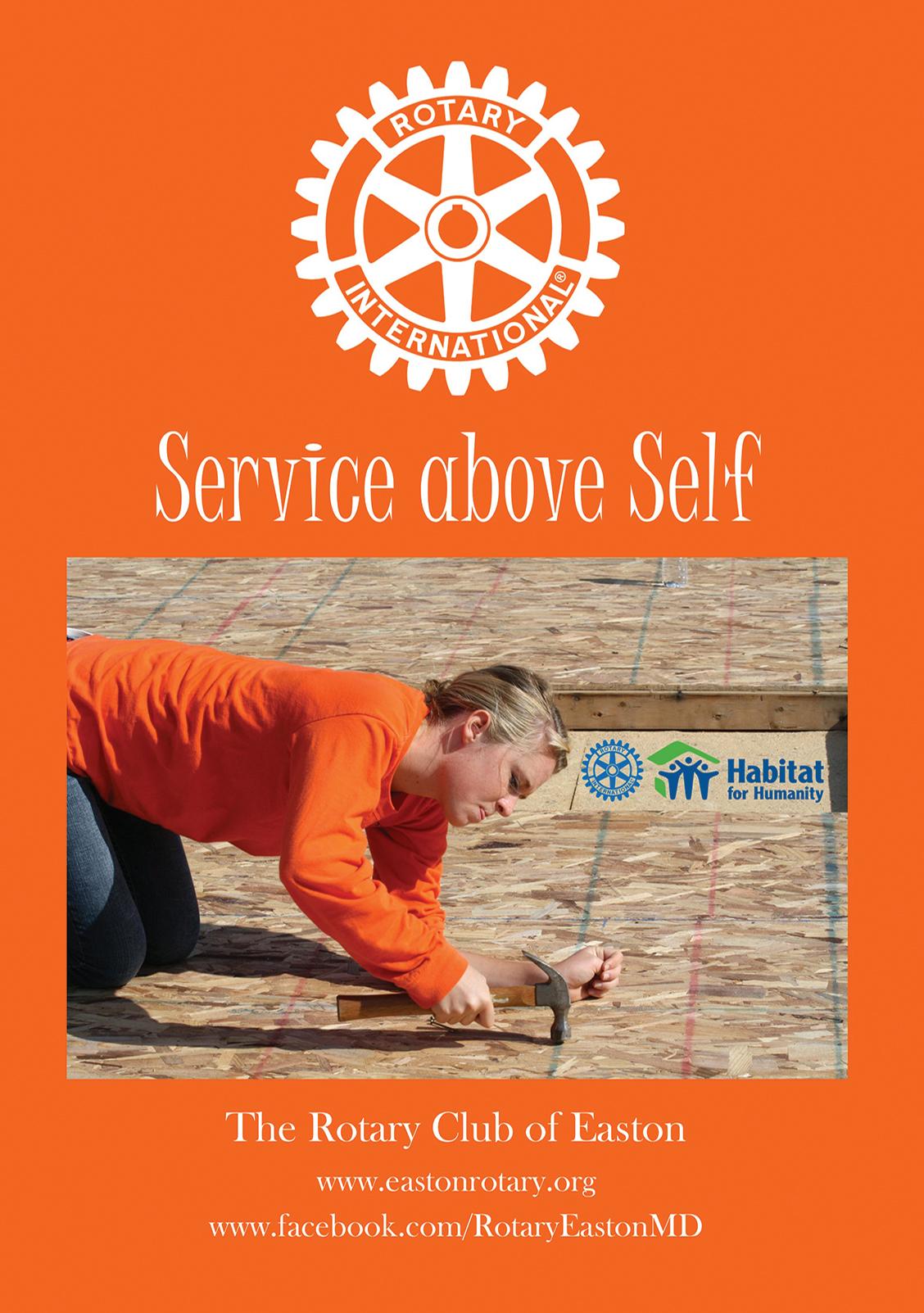
All Quiet
would I have known that? Ain’t like you bothered to let me in on your plans either before running off into the night, little brother.”
“You’re right, okay?” Earl put on a fi nal burst of speed and swung the bicycle around in front of his brother to cut him off. Nose to nose, scenting Leon’s sour whiskey breath, he said, “I shouldn’t’ve kept secrets from you, and I’m sorry. But I’m tryin’ to make up for it now, if you’d only let me!”
“Get outta my way.”
“I won’t. Not ’til you listen to me.”
“I’ll knock you down if you don’t.”
Earl stood his ground. “Try me, then! See what good that does either of us.”
All at once, Leon’s defi ance crumpled. His shoulders sagged in defeat, and he stared despondently at his mud-caked boots. “Ah, hell. What’s the difference?”
“See? You can be sensible.” Leon made to push past him again, and Earl said, “Sorry, sorry, I didn’t mean nothin’ by it! That was a cheap shot. Now can we get off the road, for Chrissake, before we both get picked up?”
“Not ’til you give me a good reason why I shouldn’t keep on to Salisbury.”
“Clara’s worried sick waitin’ for you in the boat down the way, how’s that for a reason?”
“Clara is?”
“That’s right, so straighten the hell up. As for other reasons, I’ll tell you everything on the walk back— outta sight of the road. Come home, you fool! If the law hasn’t come for us by tonight, we’ll go tomorrow morning just like you wanted. But whenever we go, we go together, and we go prepared. It’s time we end this on our own terms.” Earl grimaced. “Or as close as we’re able.”
“If you say so.”
“I do.”
Leon wavered. “What about Betsy? I think I mighta run her into the ground. Are we just gonna leave her in the ditch?”
“That’s the least of our concerns. We’ll figure it out later, once we’ve discussed the actual important stuff. Now let’s go!”
Leon paused long enough to lob his pint bottle of whiskey across the Nanticoke Road. It disappeared with a sloshing clink into a browned tangle of winter reeds. Then, together, the brothers turned from the road and into the trees on the riverside.
“Hey, Earl. Who the hell’s bike is that, anyways?”
That seemed as good a place to start as any. “Jonah Everett’s. And wait ’til you hear this…”

Brendan Gallagher is a 2013 graduate of Easton High School and is currently finishing up a Ph.D. in Social-Personality Psychology at the University at Albany.
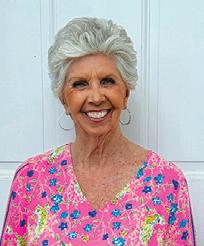



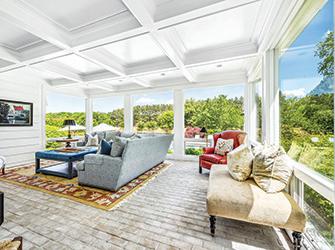

Five diamond resort living meets the Eastern Shore in a relaxed rural setting. This exquisite oneof-a-kind home is situated on just under an acre enveloped by luscious, manicured landscaping, towering pines and open field. Just minutes away provides boating with Wye River Landing, a large public boat ramp and just miles away at Kent Narrows, St. Michaels, and Oxford. 20’x40’ resort style recently renovated heated and air-conditioned Pebble Sheen pool with large open travertine deck. This home boasts every upscale detail including crown-mold and chair-rail throughout entire living area, columns, a gourmet chef’s dream kitchen. Finished basement featuring hand milled bookshelves, cabinetry and fireplace mantel, a custom-built granite topped bar, walk-in custombuilt wine cellar and Peter Vitale 9’ custom pool table. The first-floor great room has floor to 20’ ceiling windows and a fireplace that invites a quiet retreat or large-scale entertaining. The first floor gathering room has painted brick flooring, bead-board hand milled siding, coffered custom made ceiling and giant panoramic windows. Primary bedroom boasts columns large walk-in closet and recently renovated glass walk-in subway tiled shower. This home has been thoughtfully cared for and offers new carpeting and painting throughout. Add every form of Eastern Shore lifestyle including boating, golf, tennis, pickleball and more within minutes of your new retreat. $1,295,000





“RICH NECK MANOR”
Talbot County’s earliest colonial land grant. Over 300 acres with 175 acres tillable, and FOUR MILES OF SHORELINE on Tilghman Creek, the Miles River and the Eastern Bay..Incredibly beautiful sunsets. Dock and mooring with 9+ ft mean low water..Fully modernized 10,000 sq ft grand brick mansion built in 1824 with wing dating to 1740, 13 ft ceilings. Elevator. Chef’s kitchen. 3000 sq ft brick guest house, groom’s cottage, barns, paddocks, Three-quarter mile tree-lined drive. Excellent waterfowl and upland game hunting, fishing and crabbing. High speed fiber-optic cable internet service available.. A magical estate located only 5 miles from St. Michaels. .View online drone tour, history and numerous pictures. $8,875,000. Available partly furnished.




